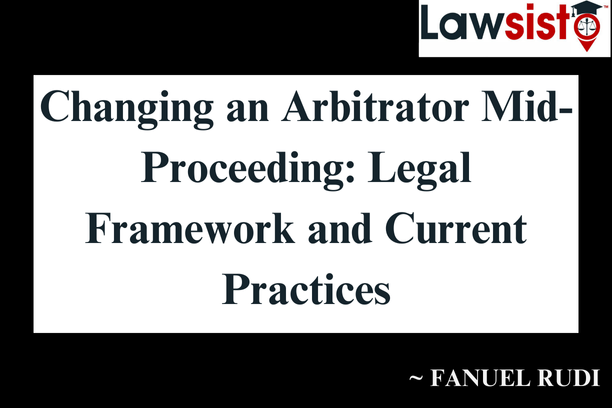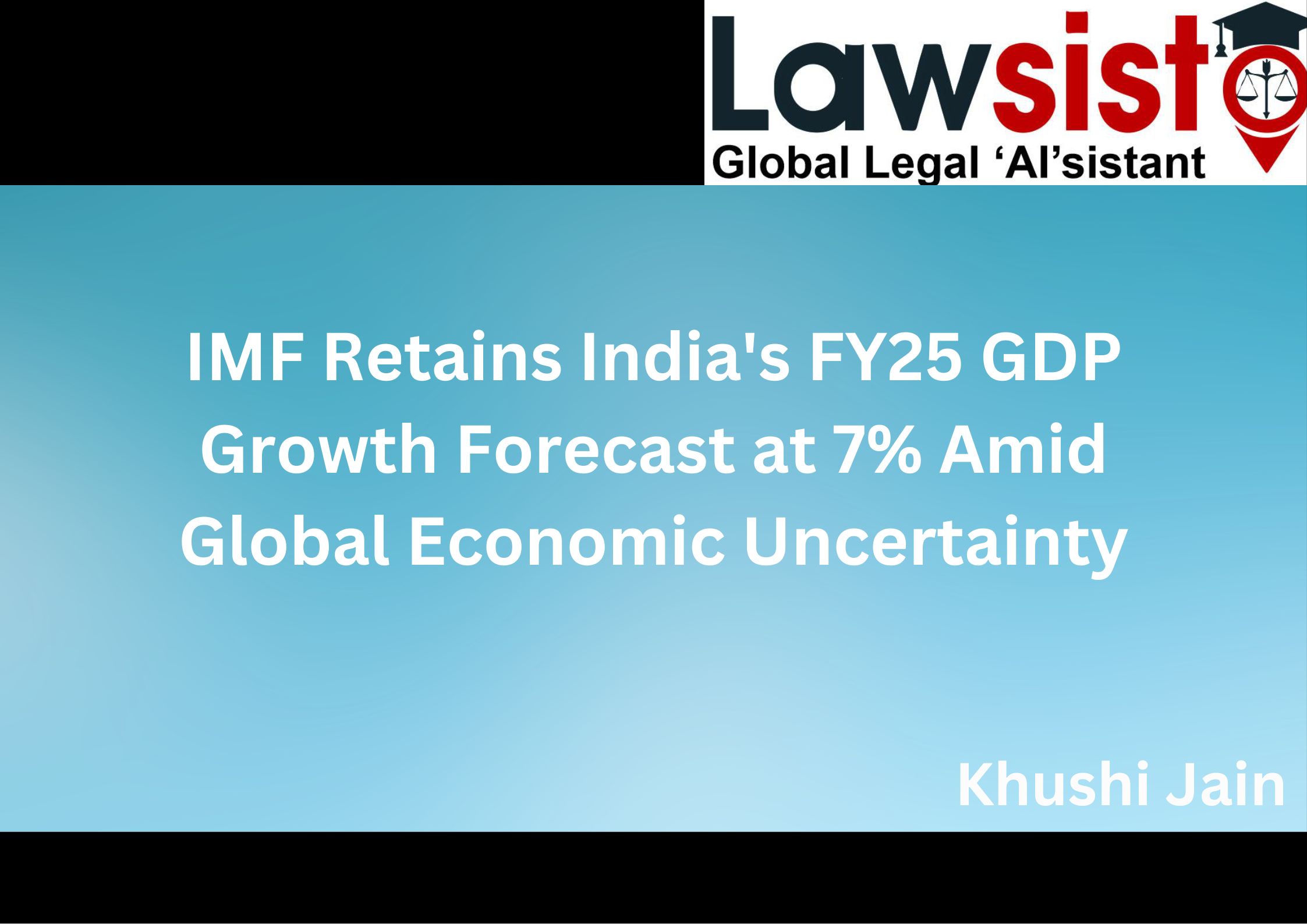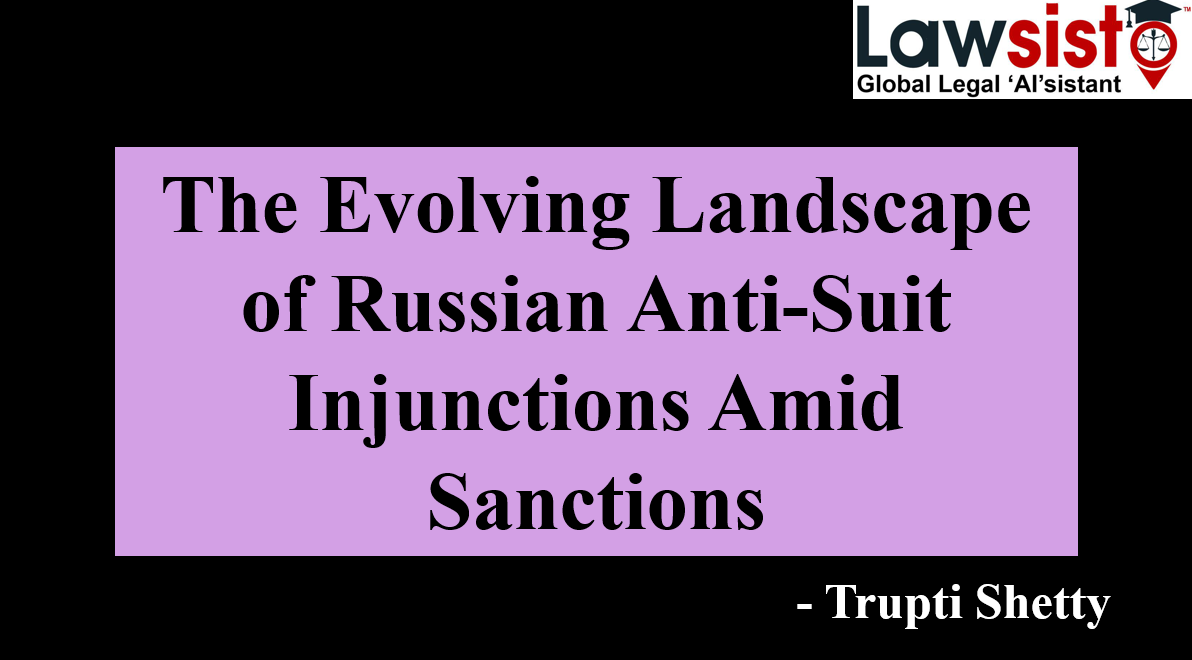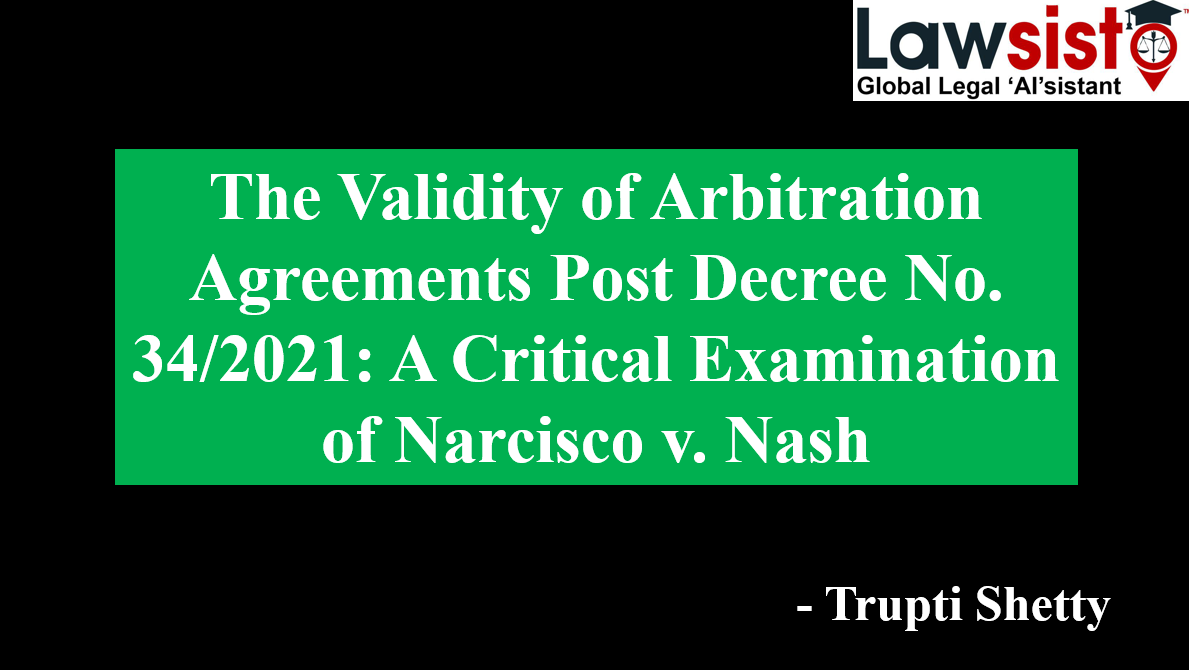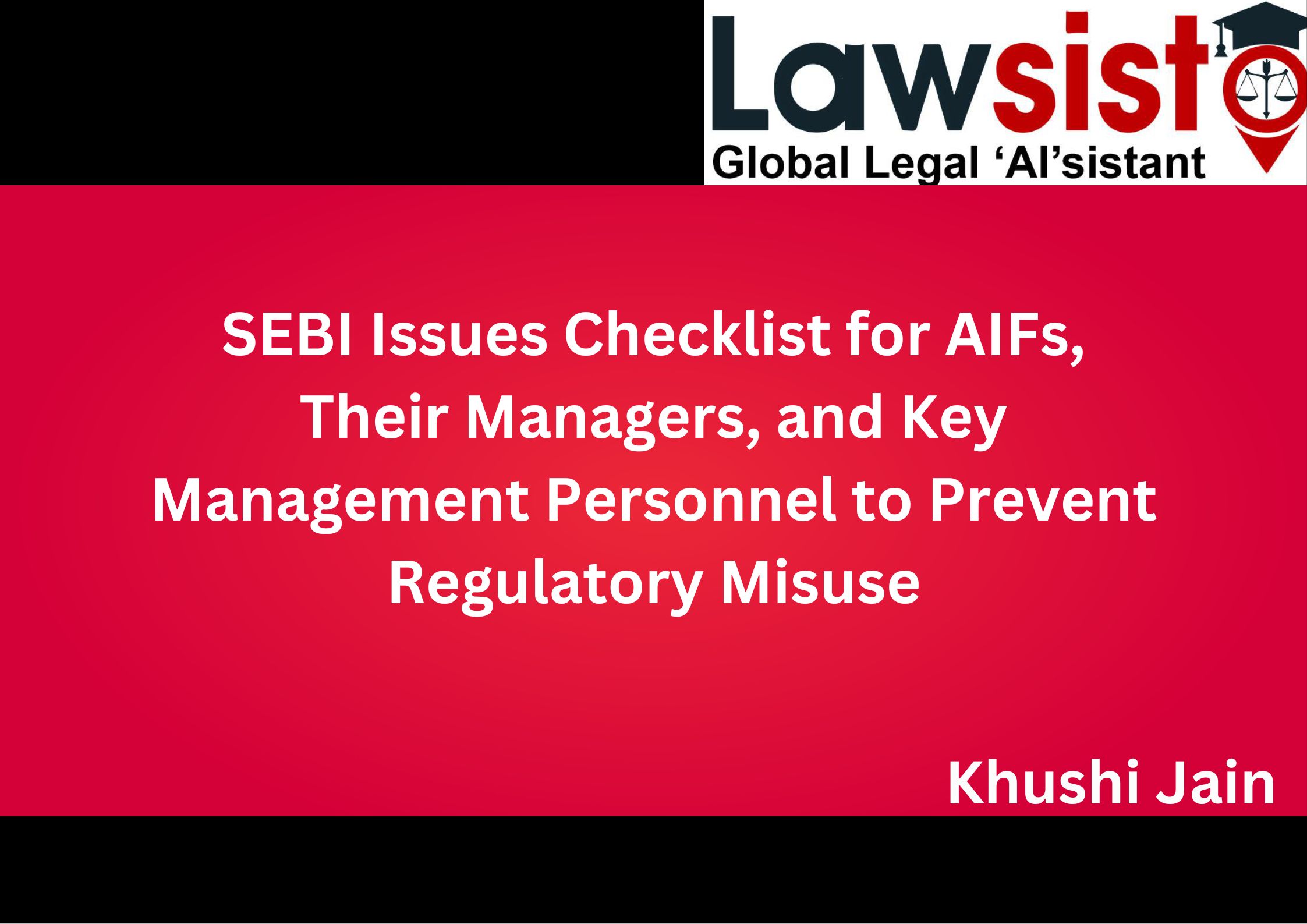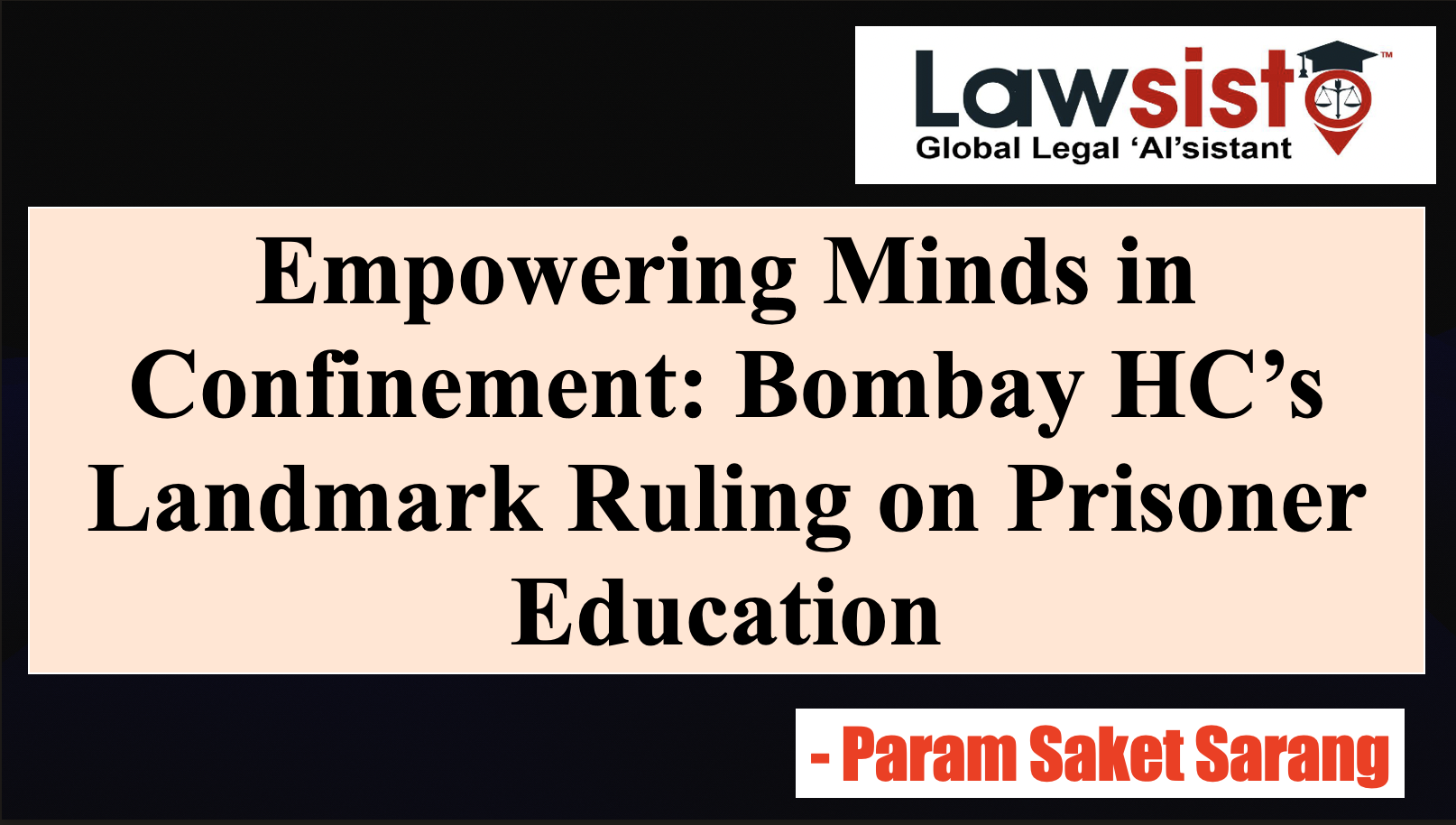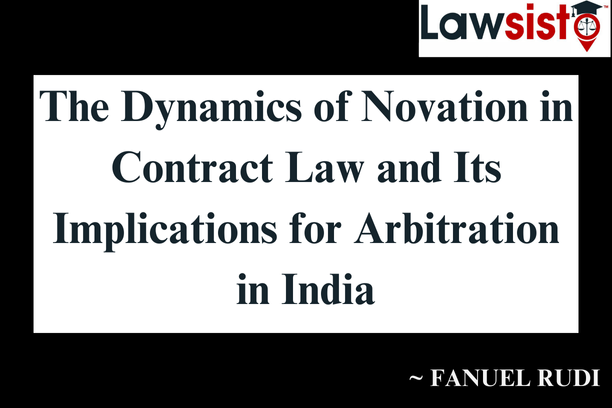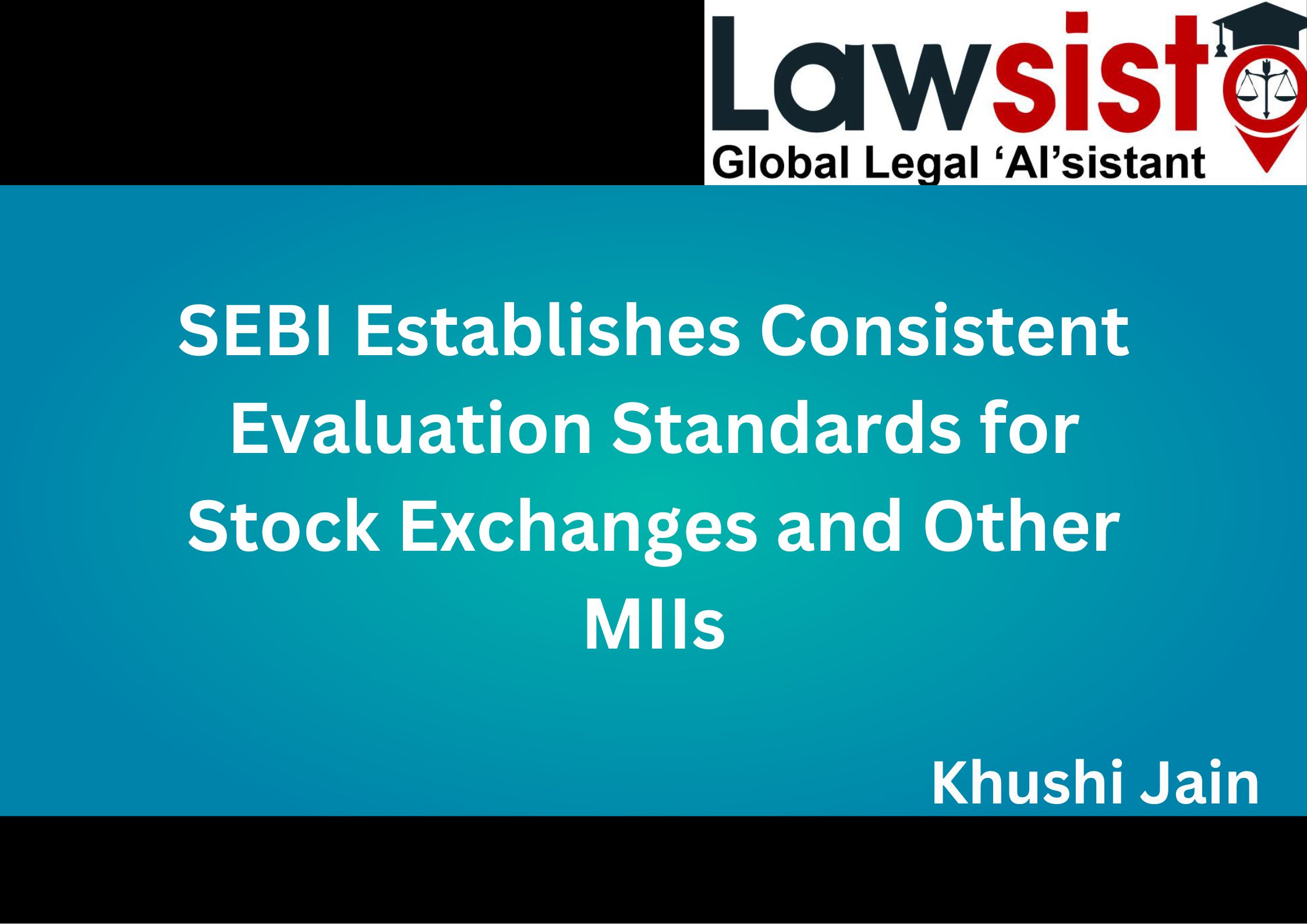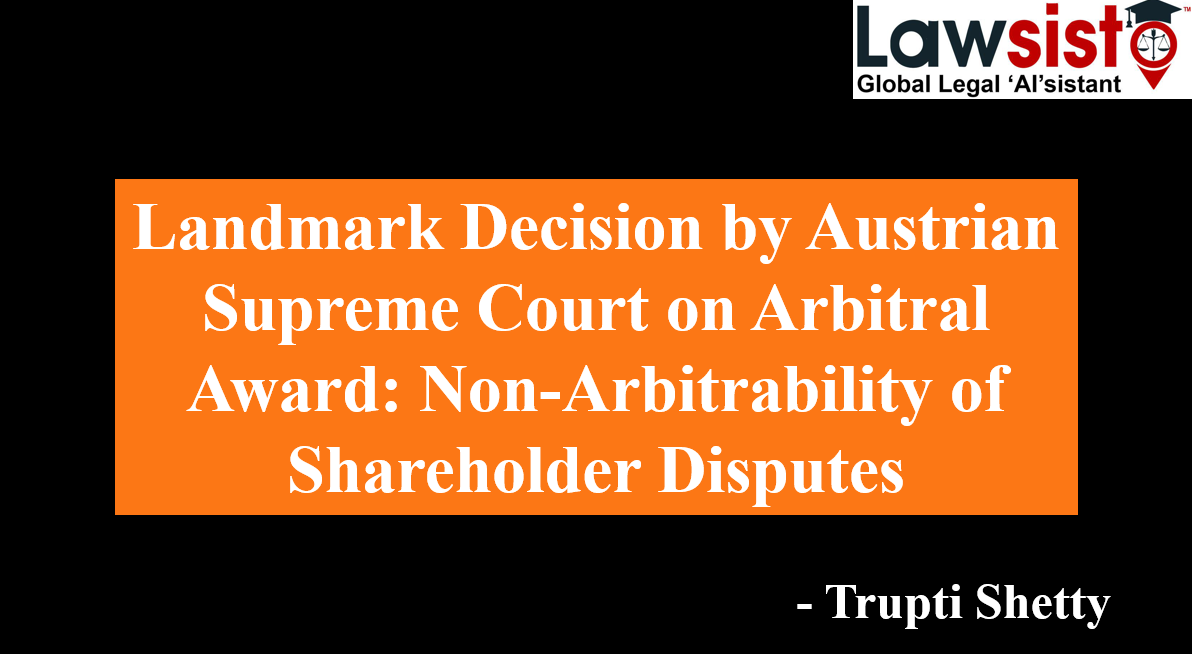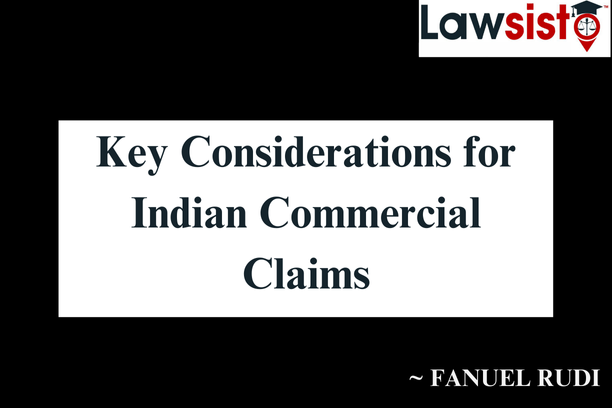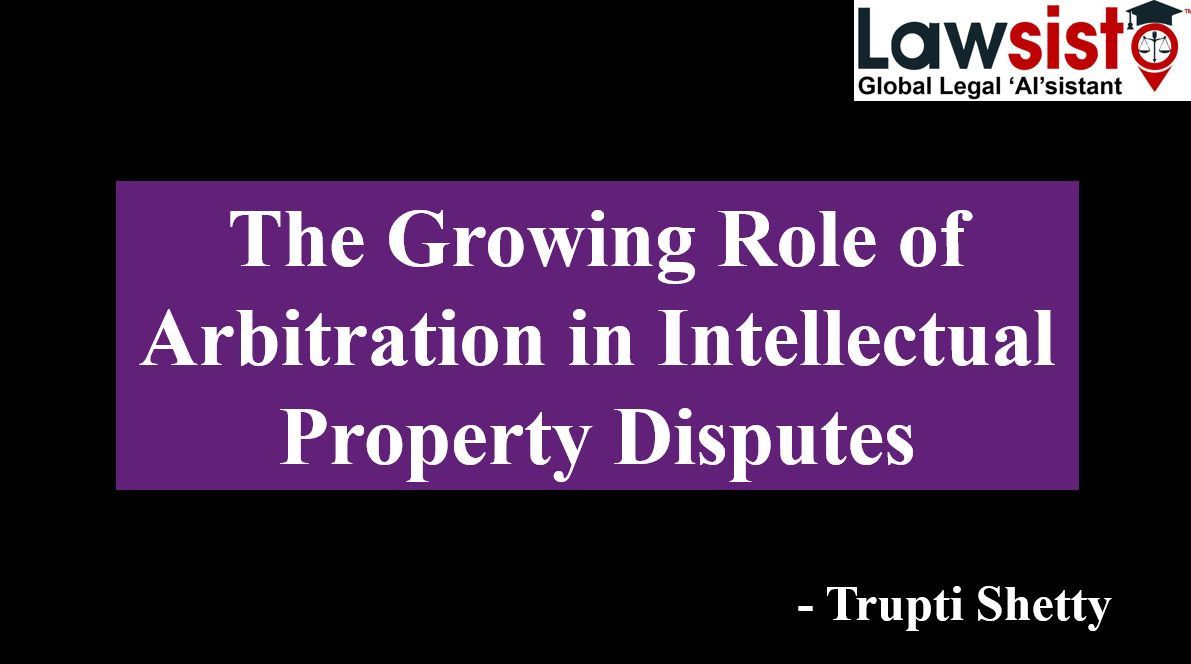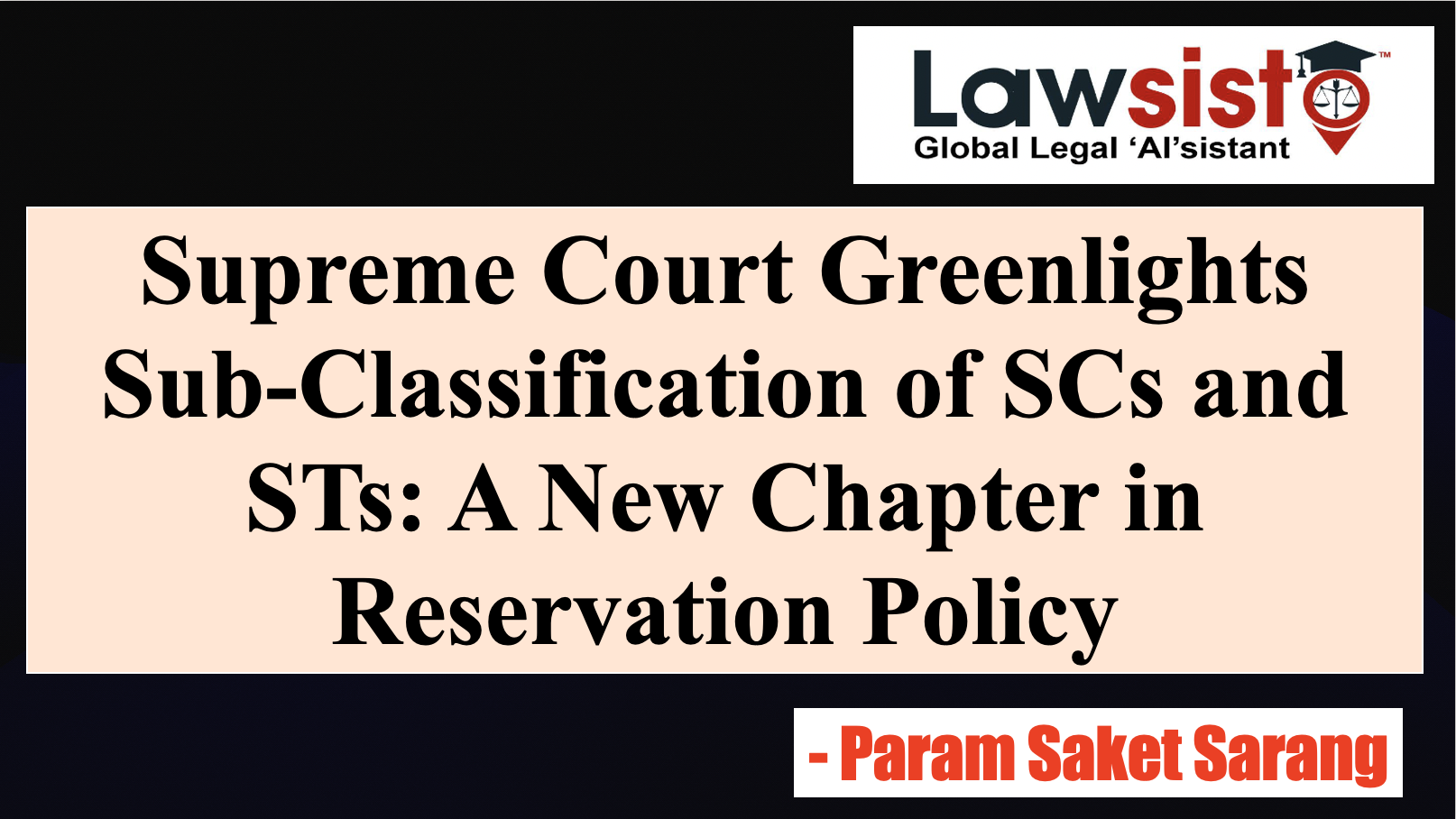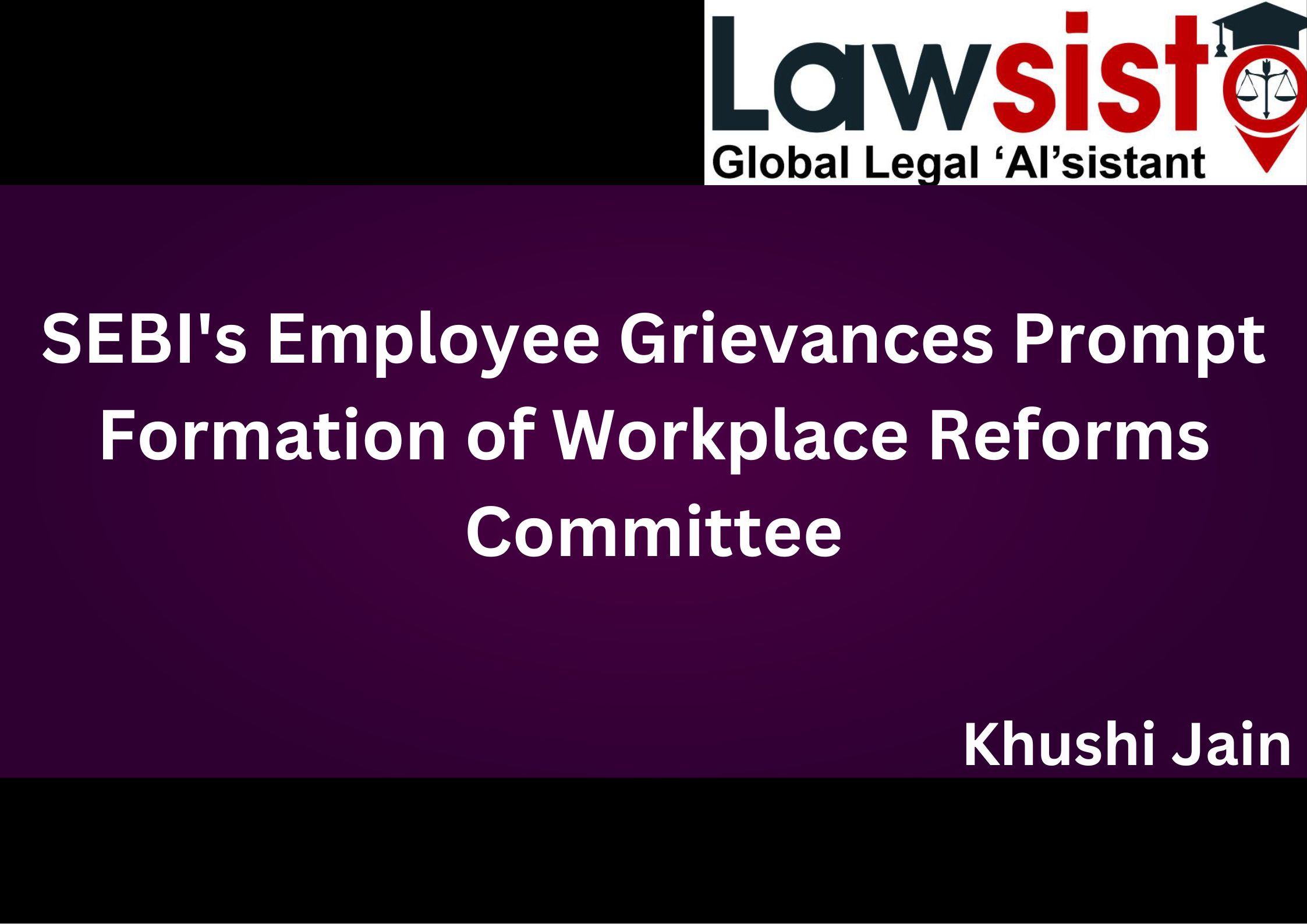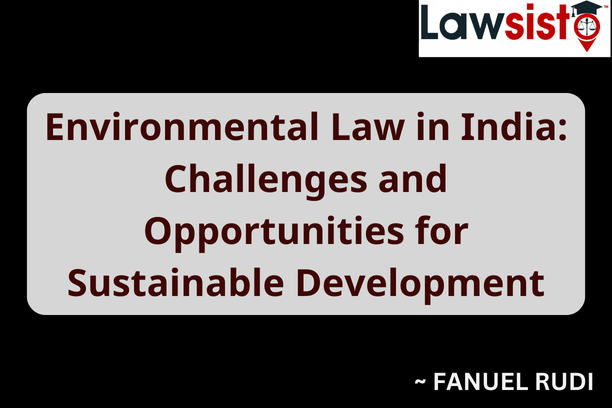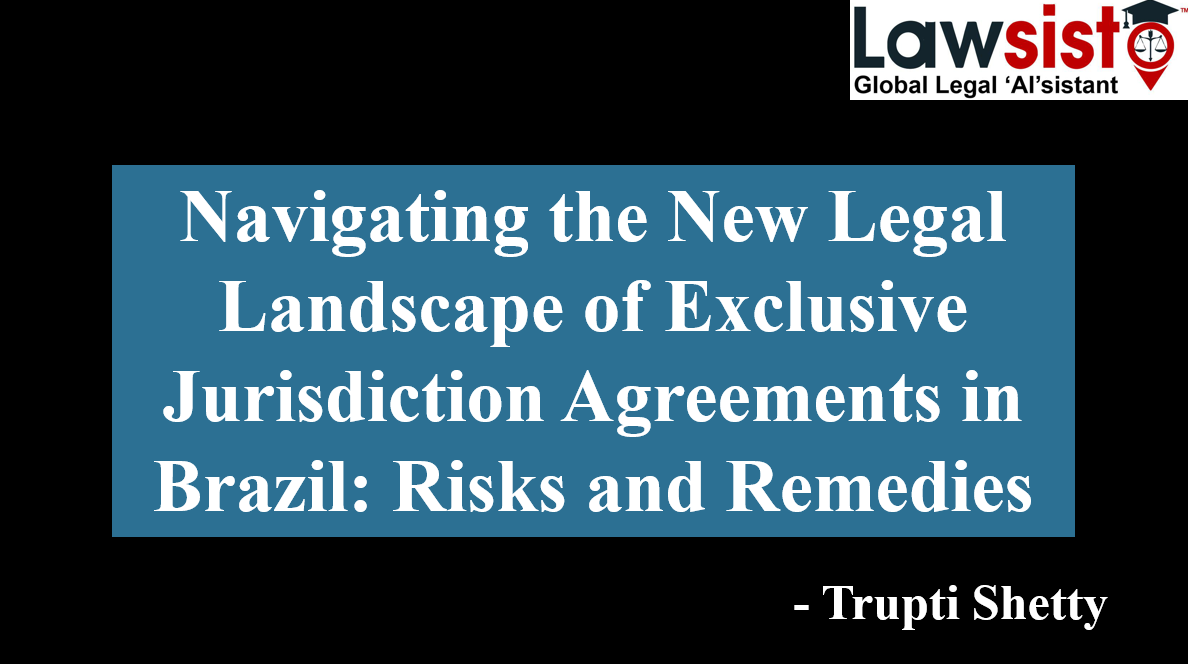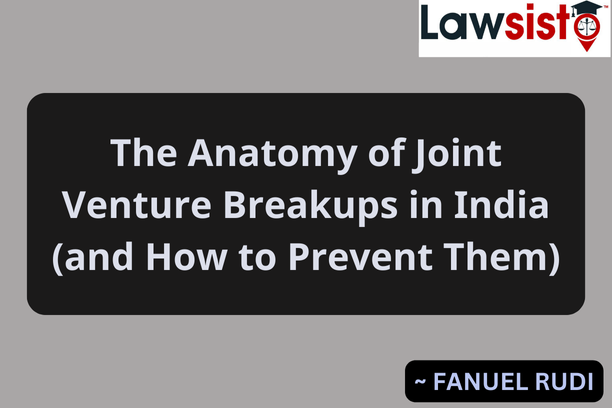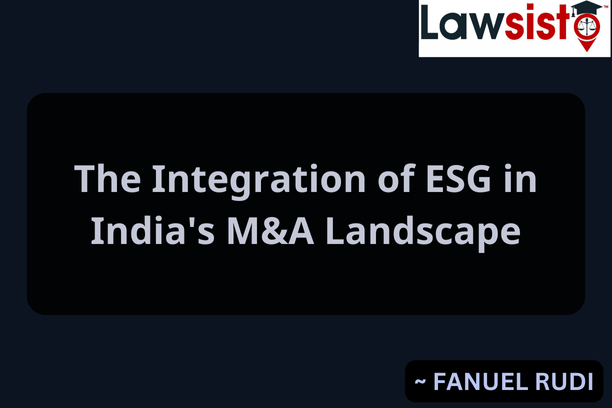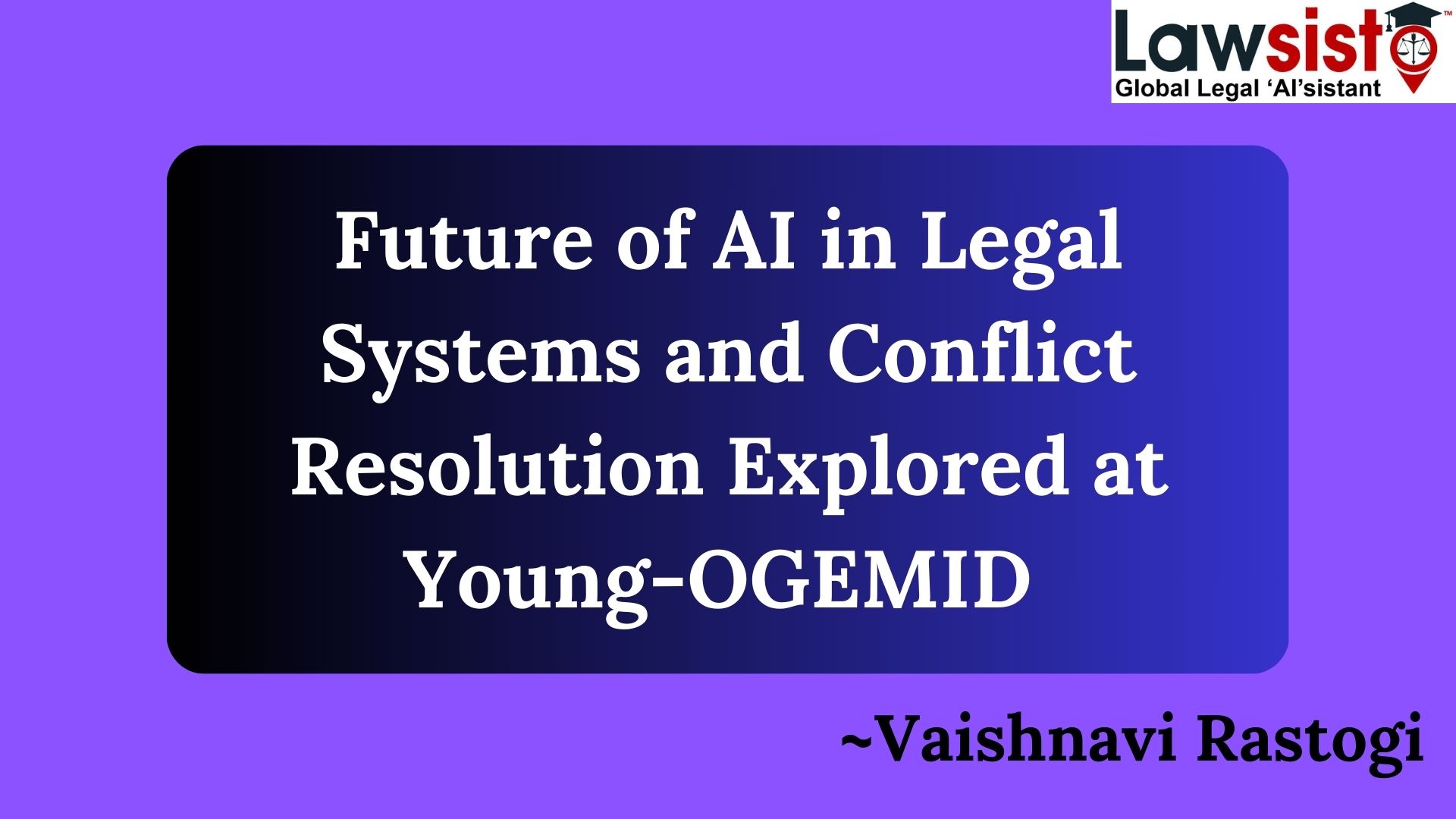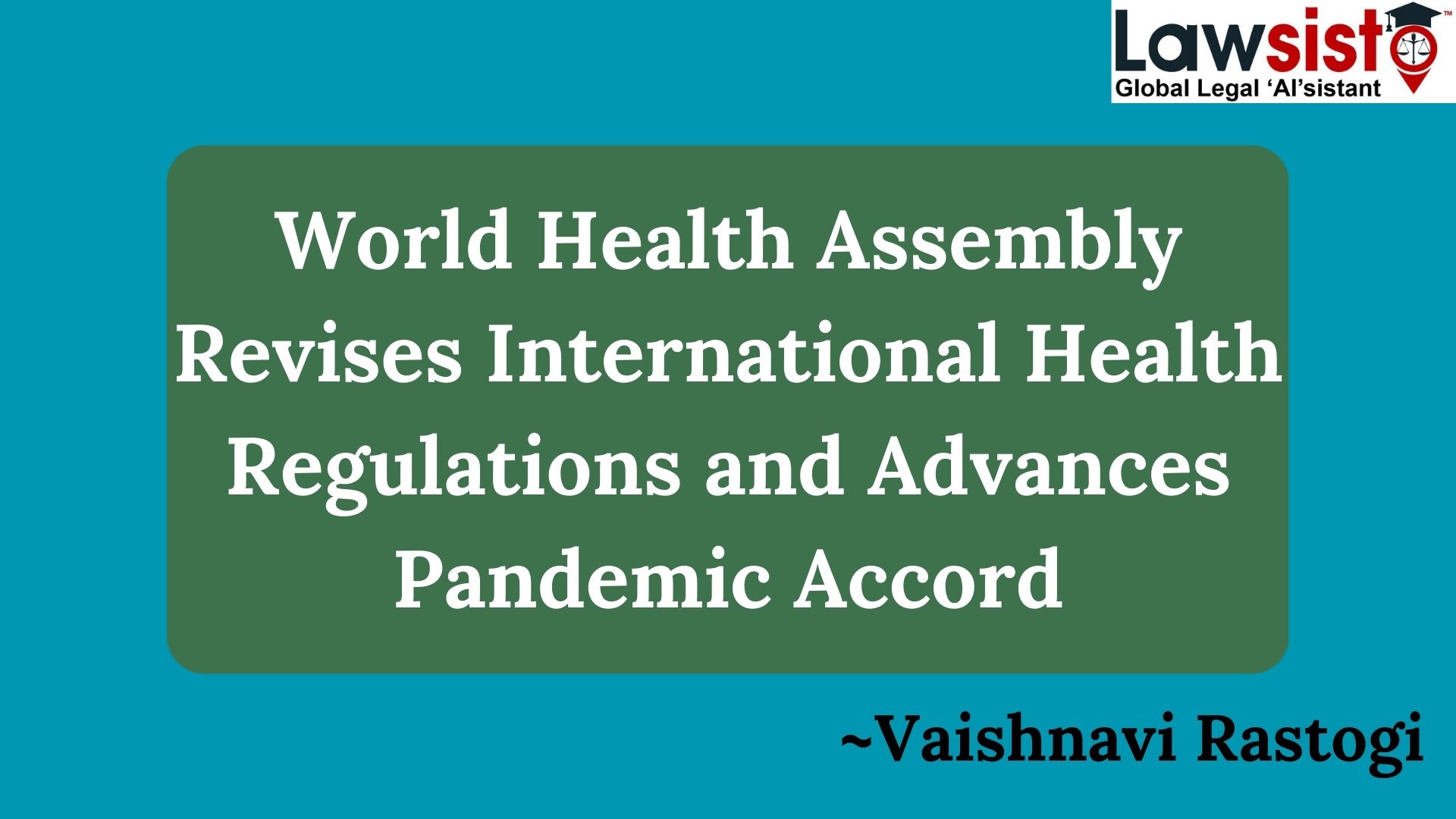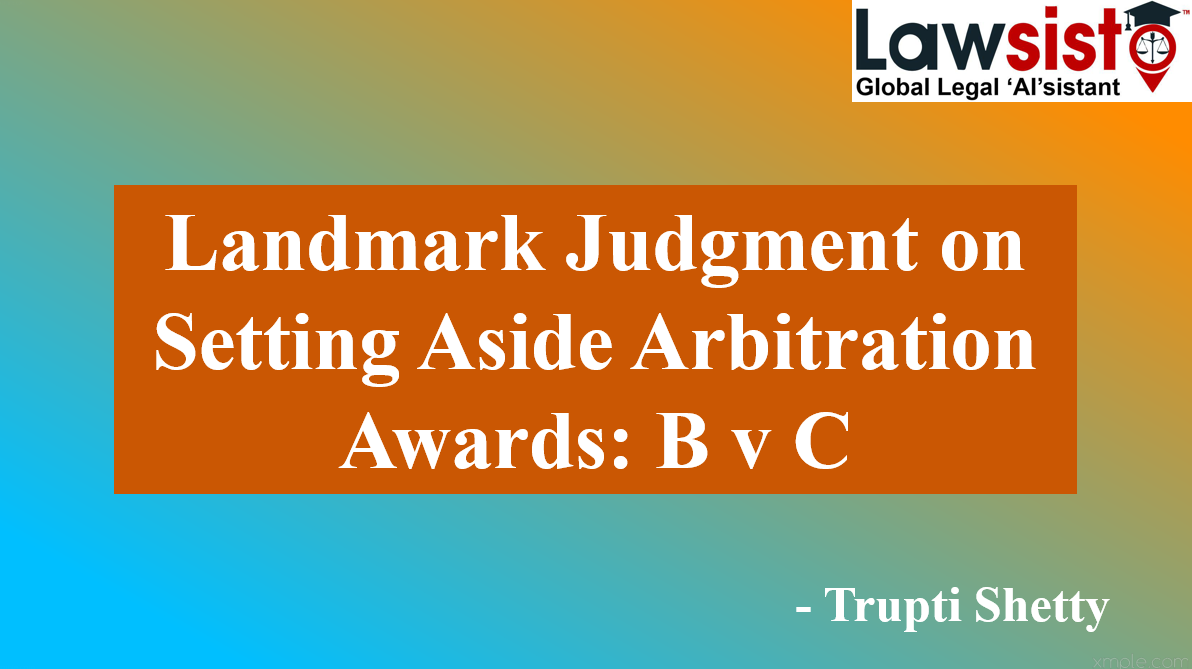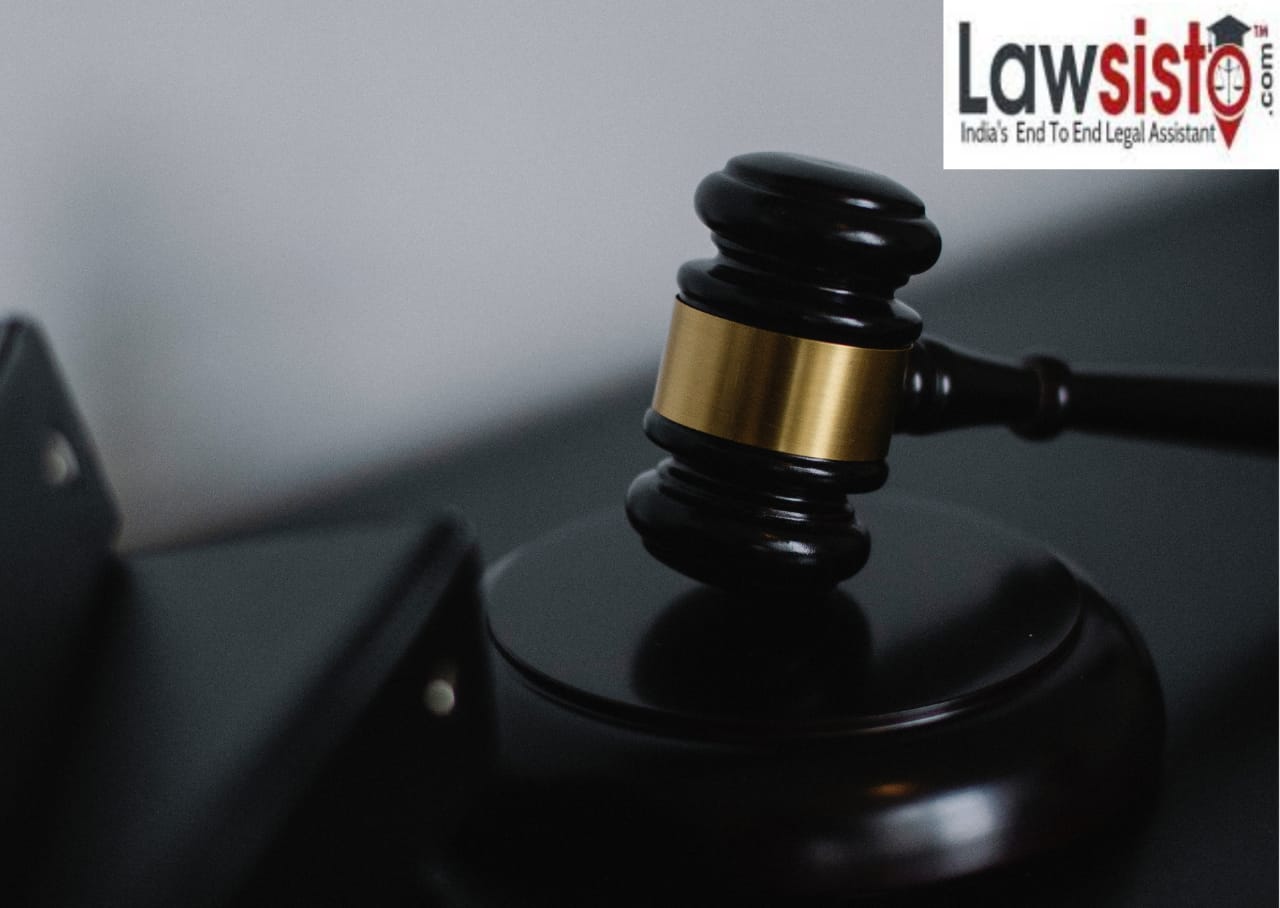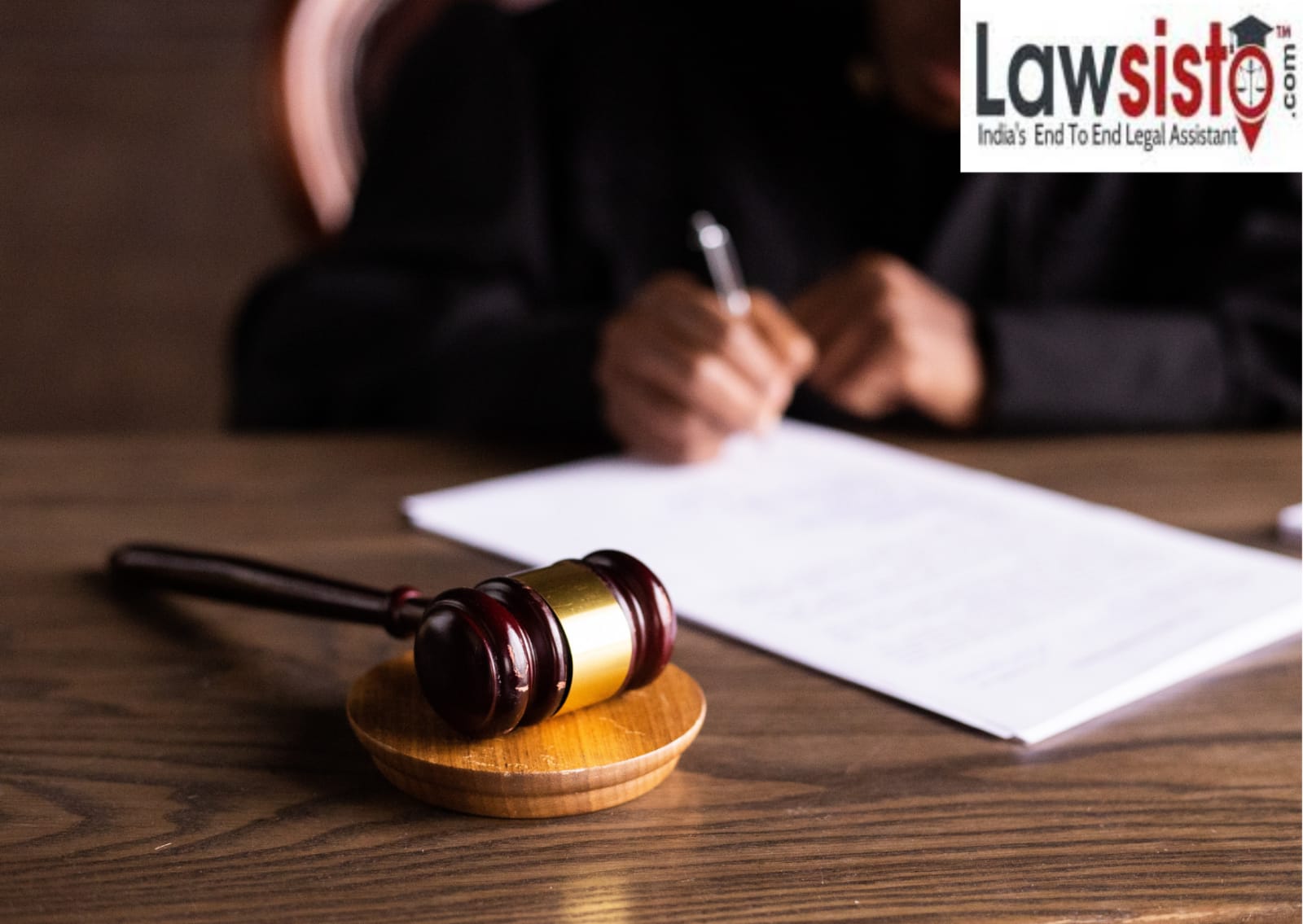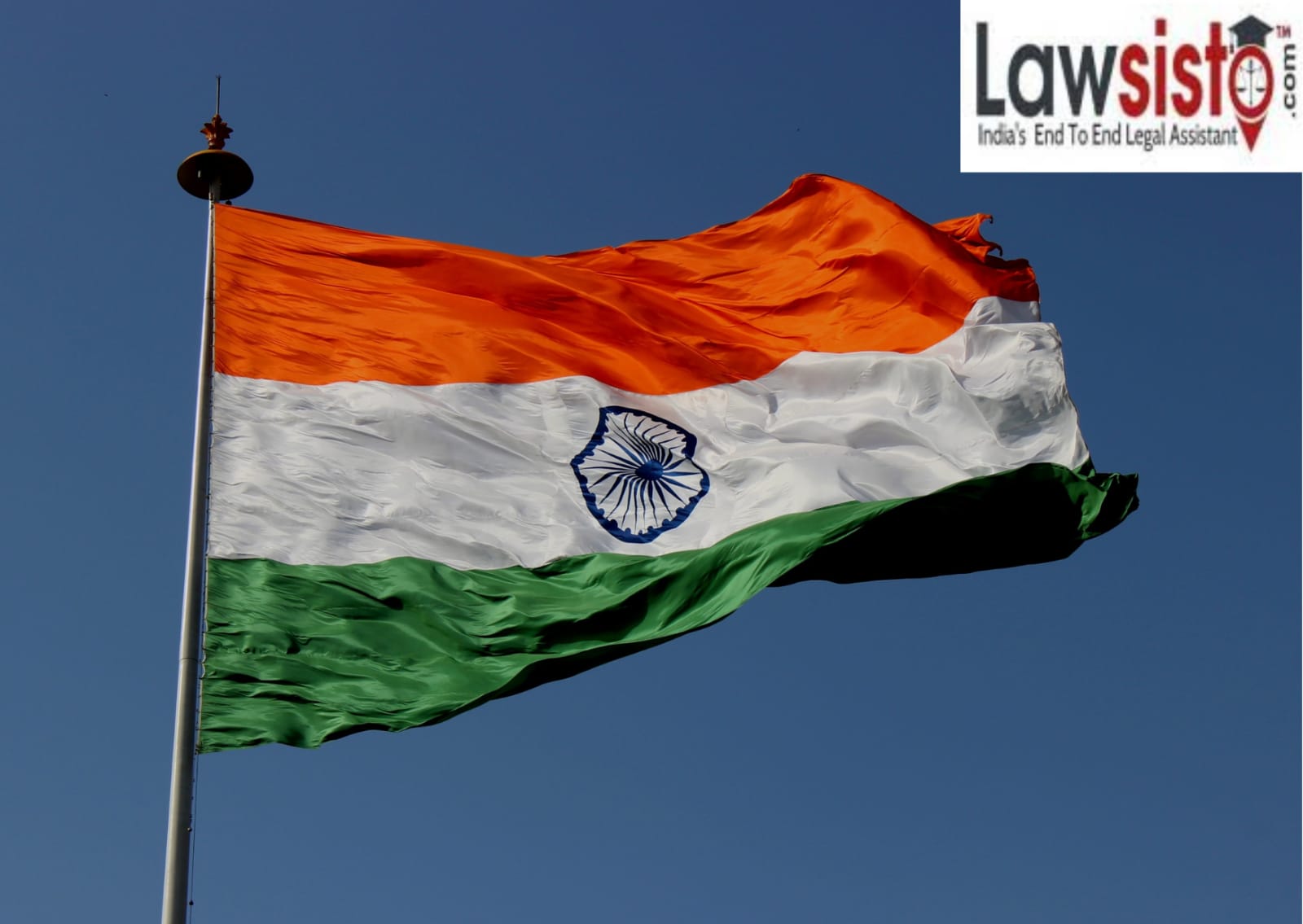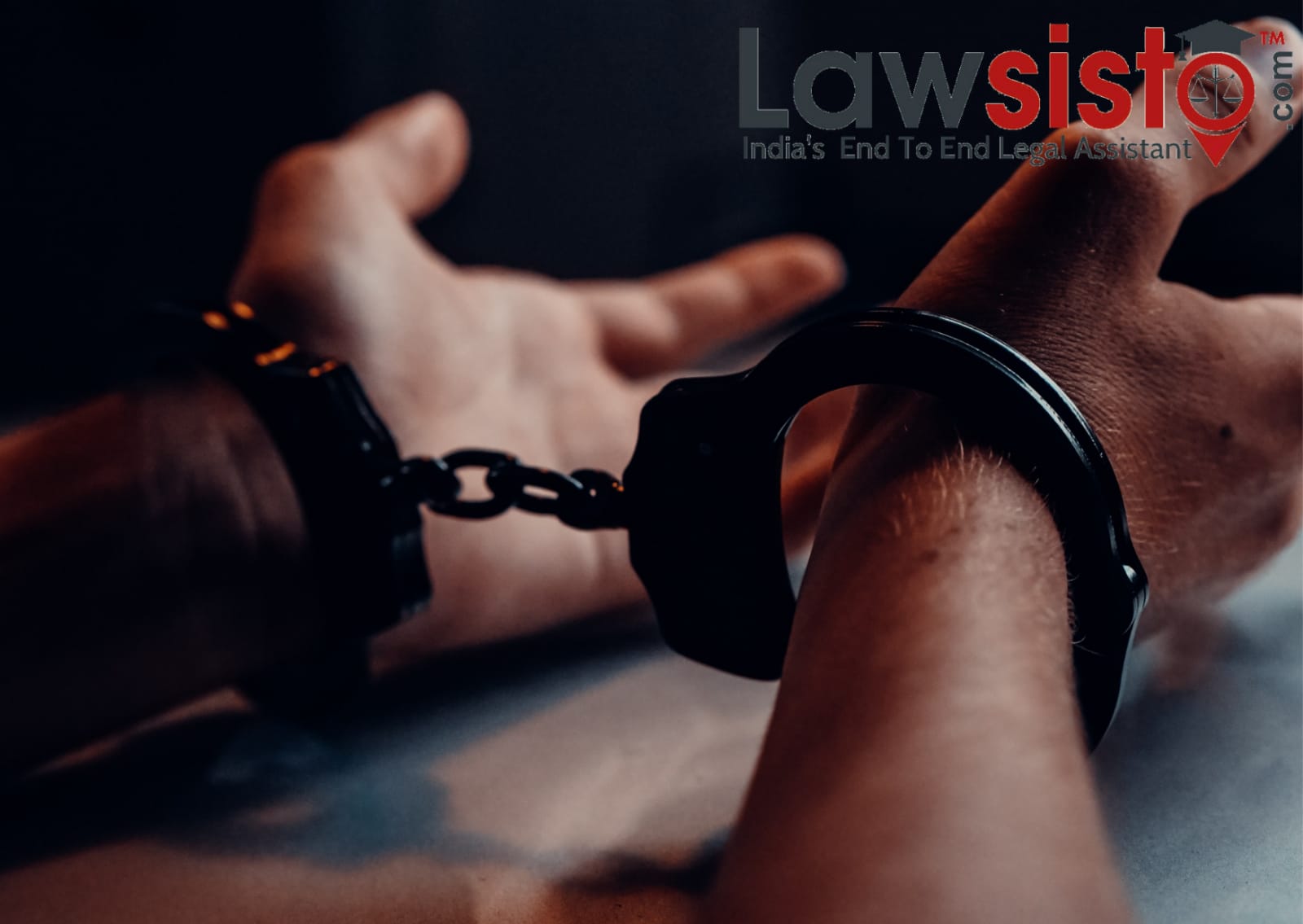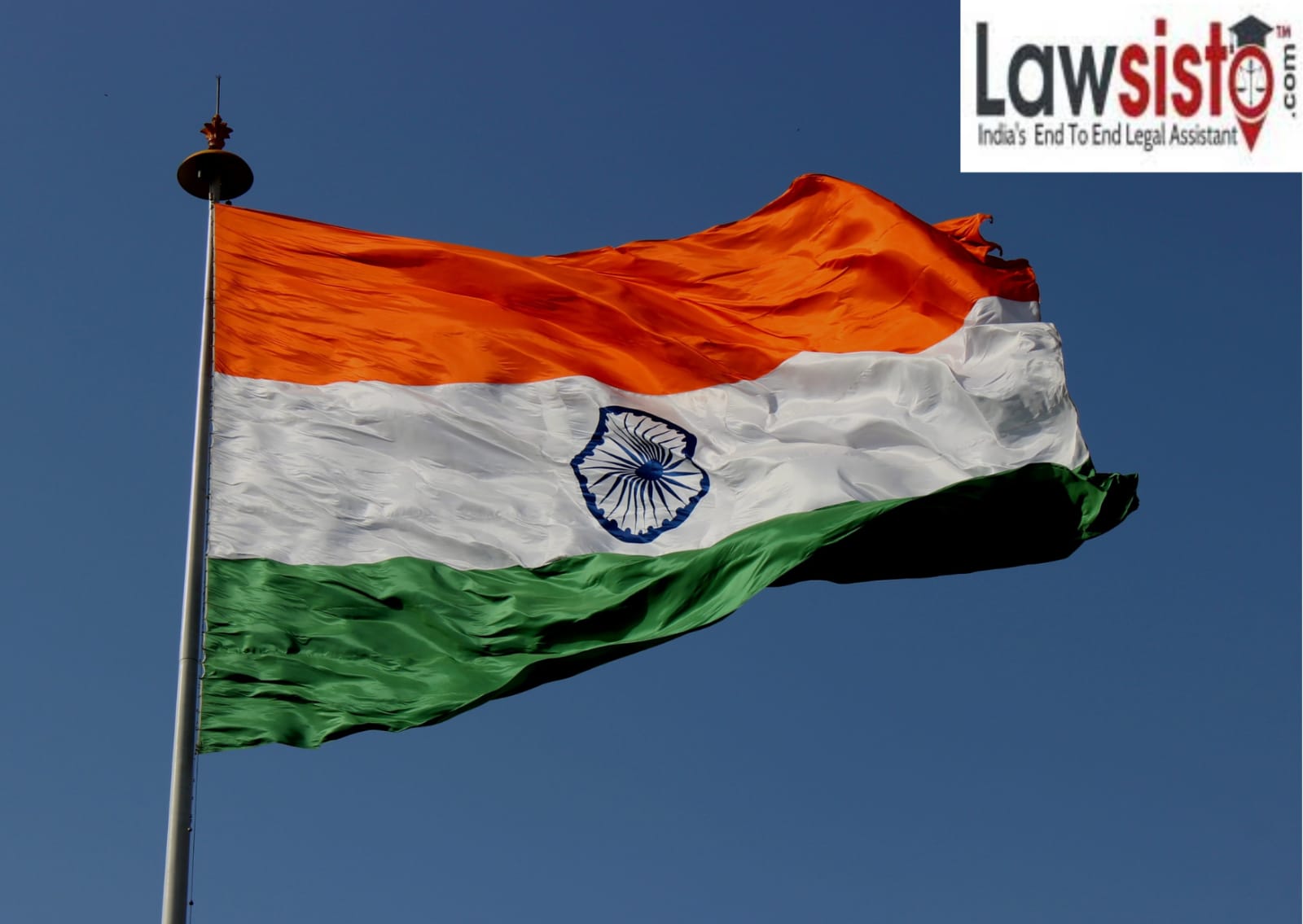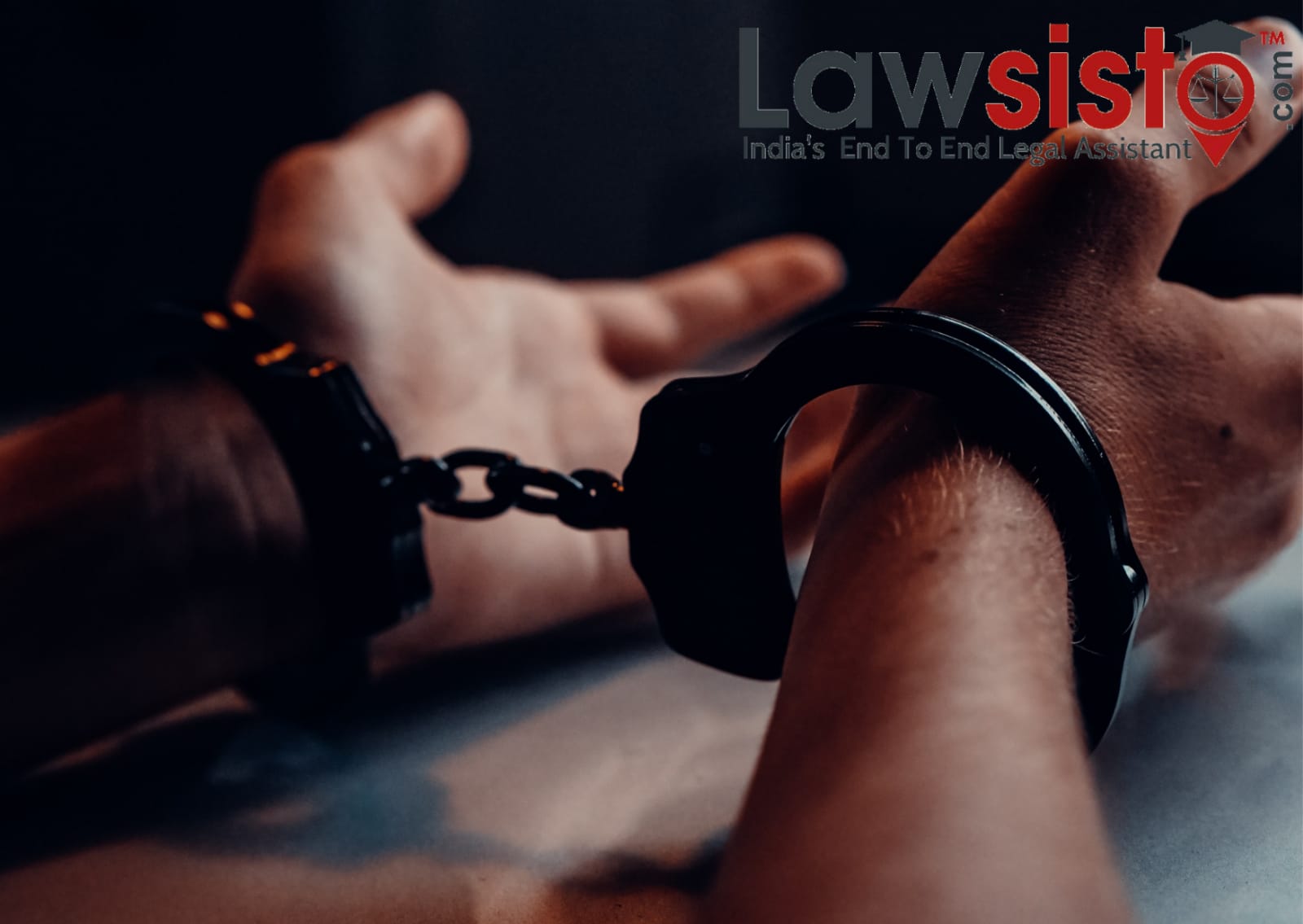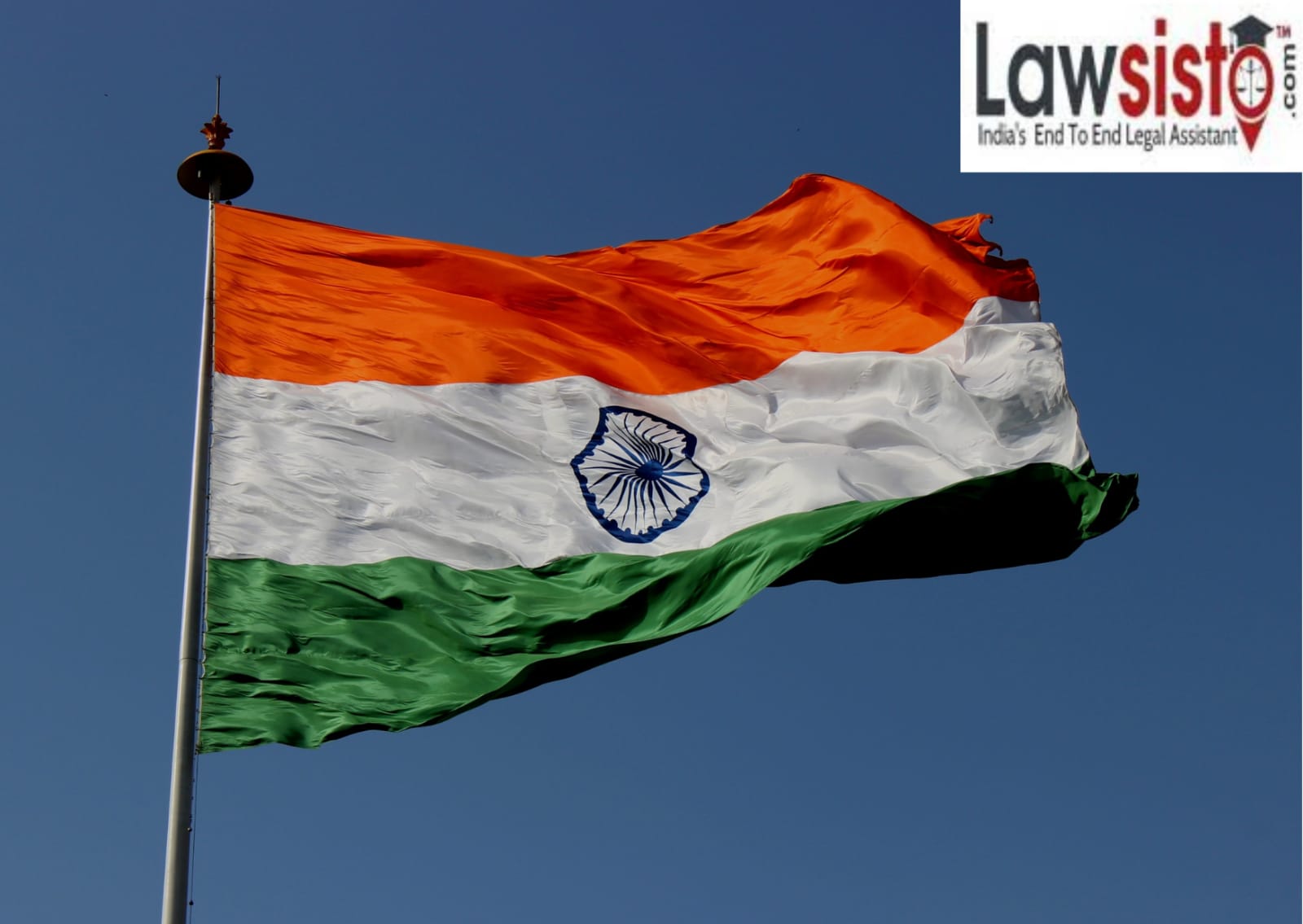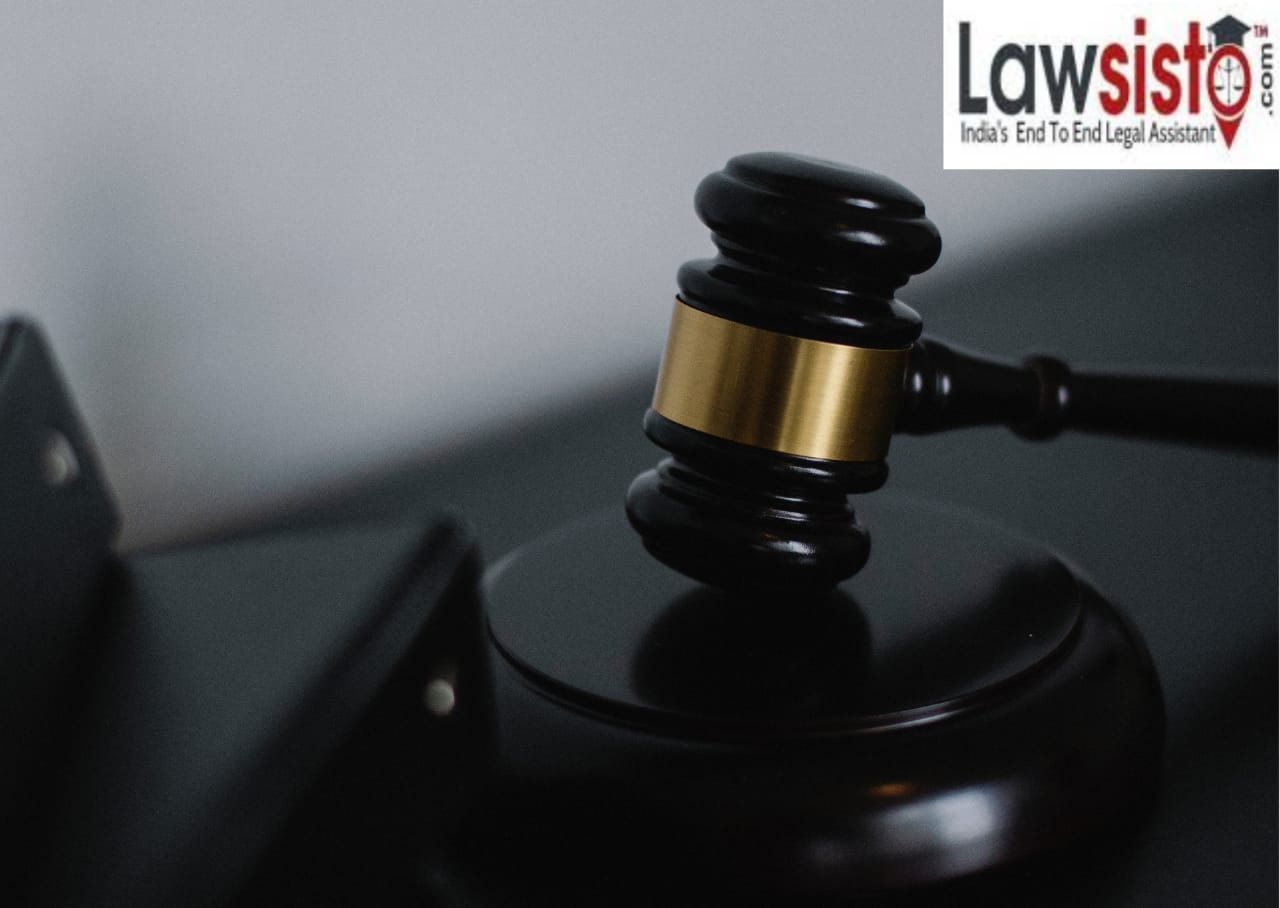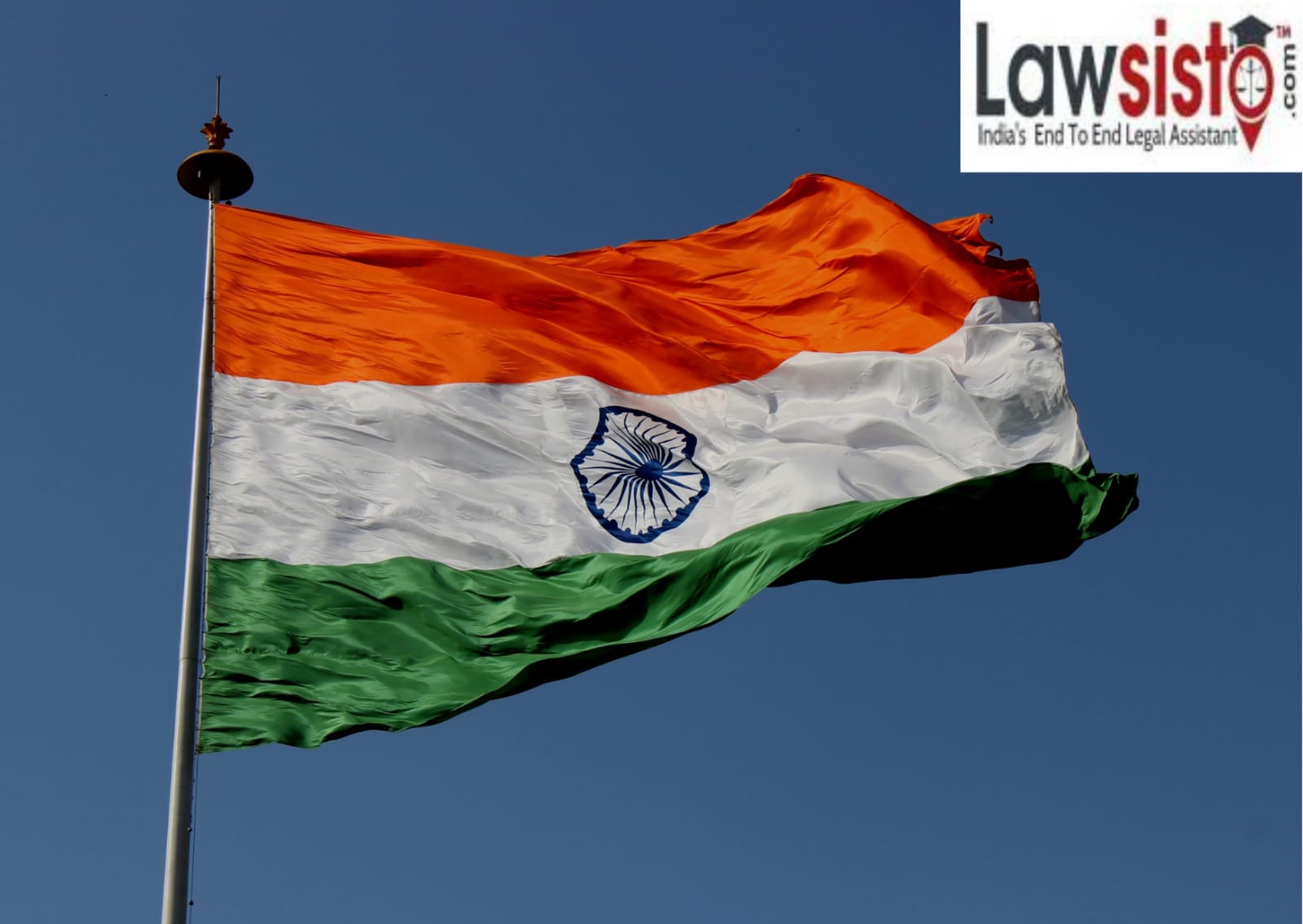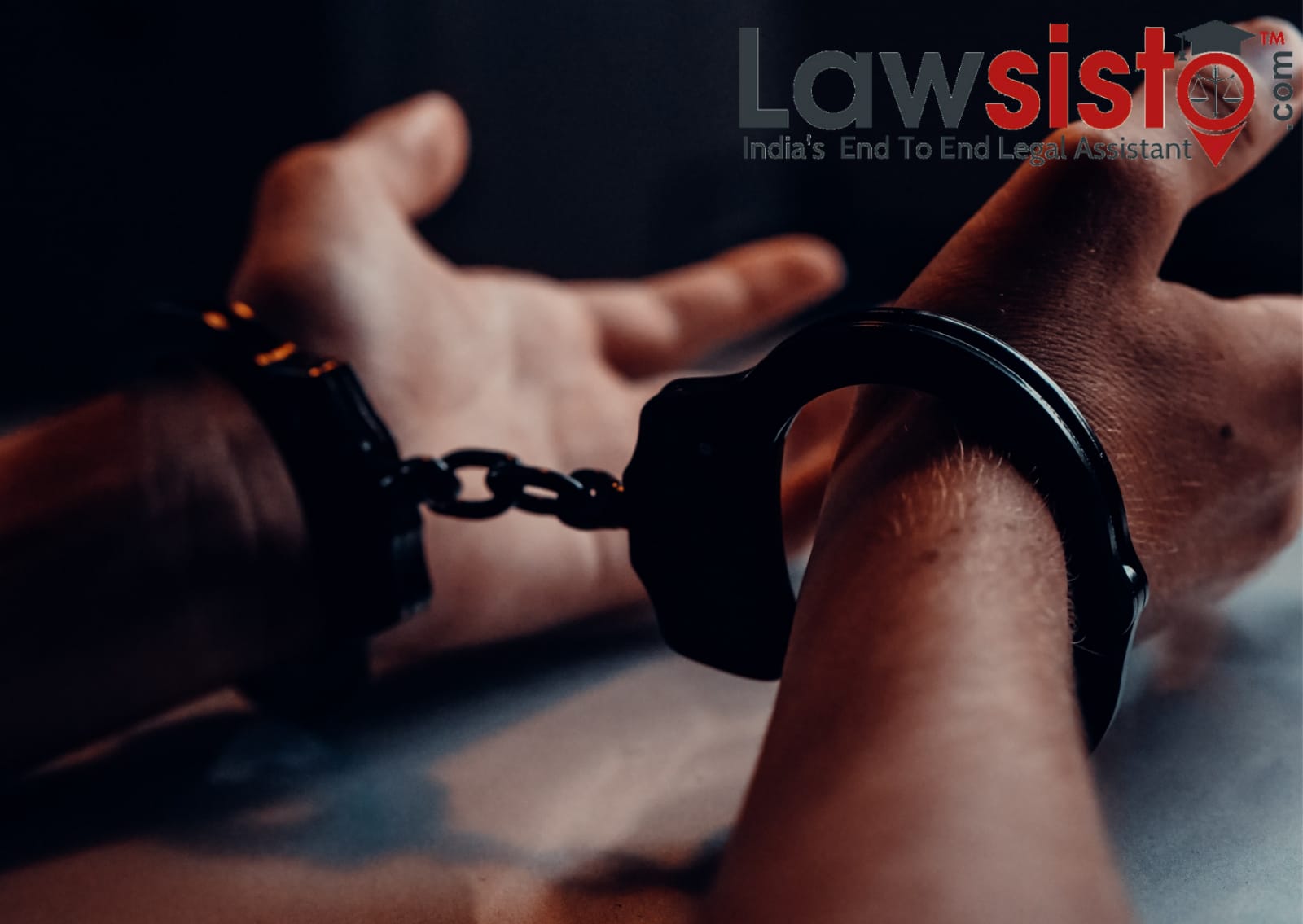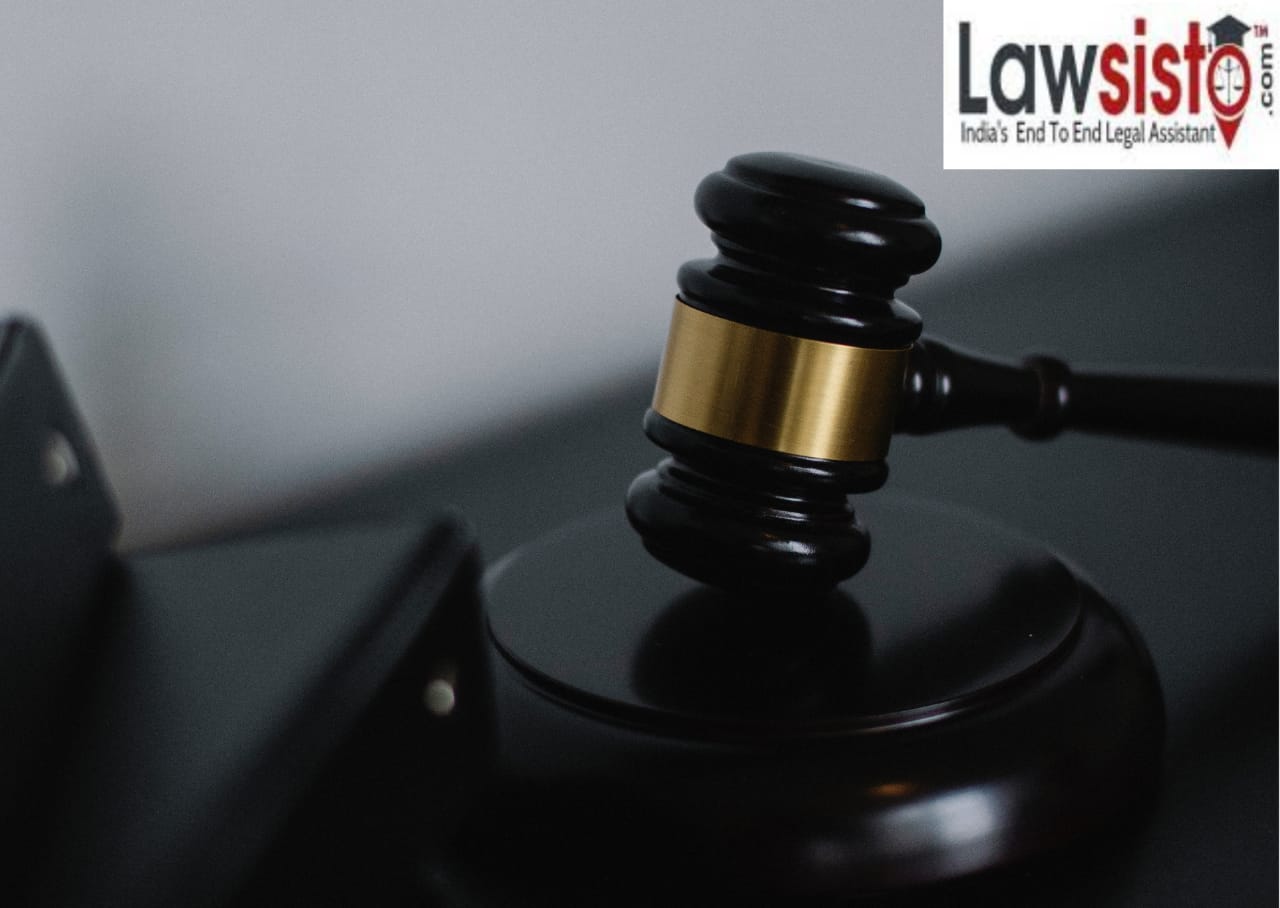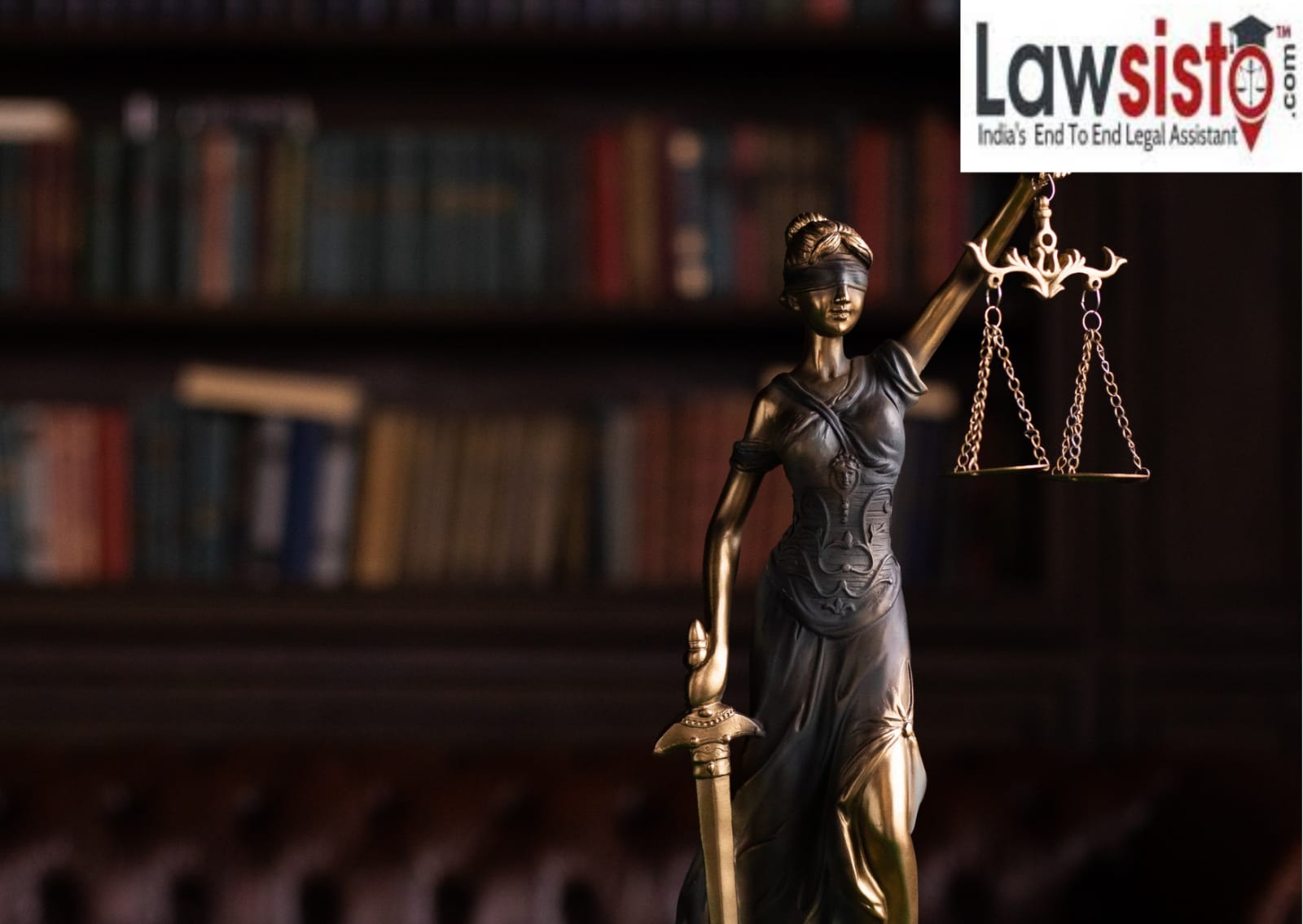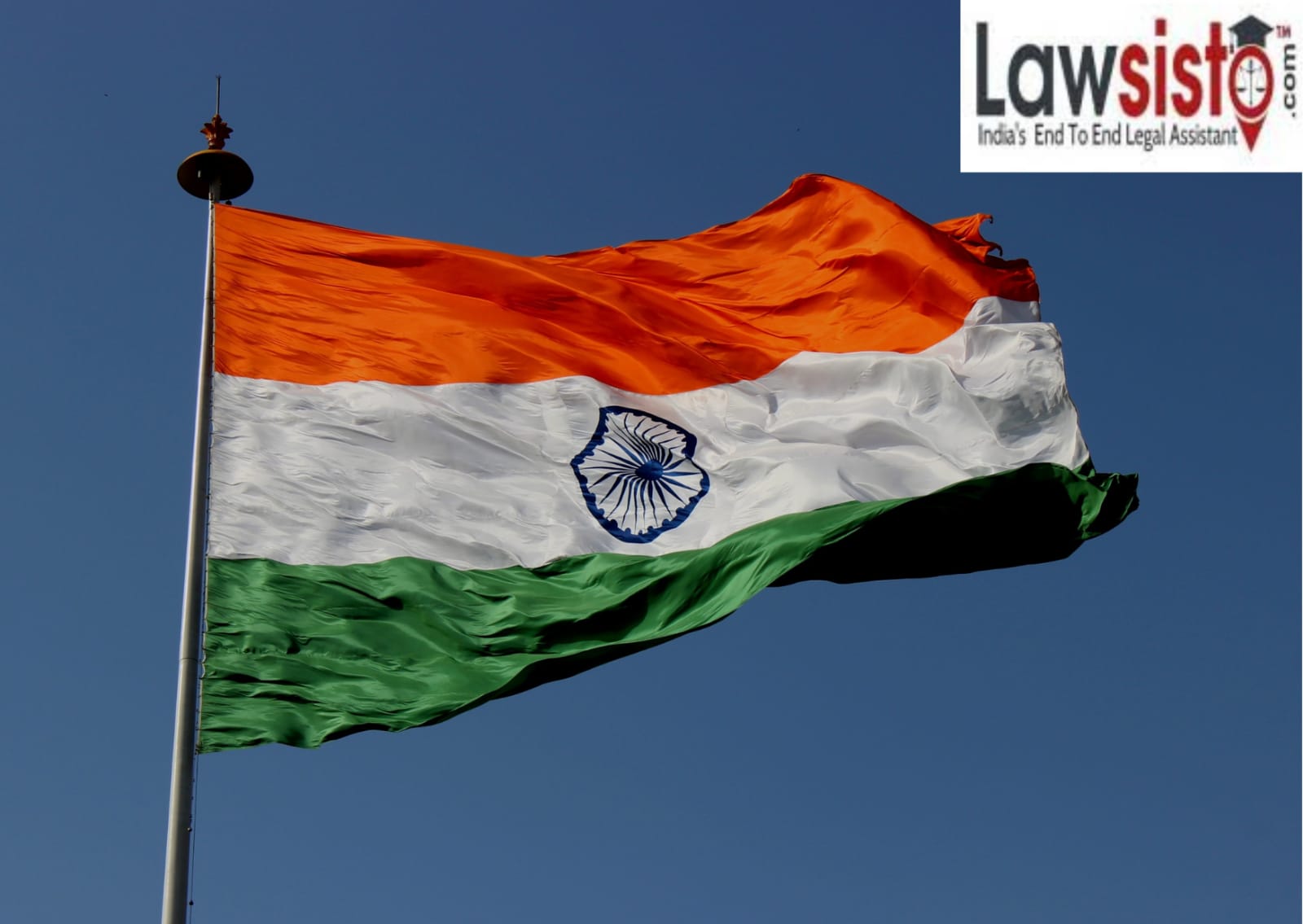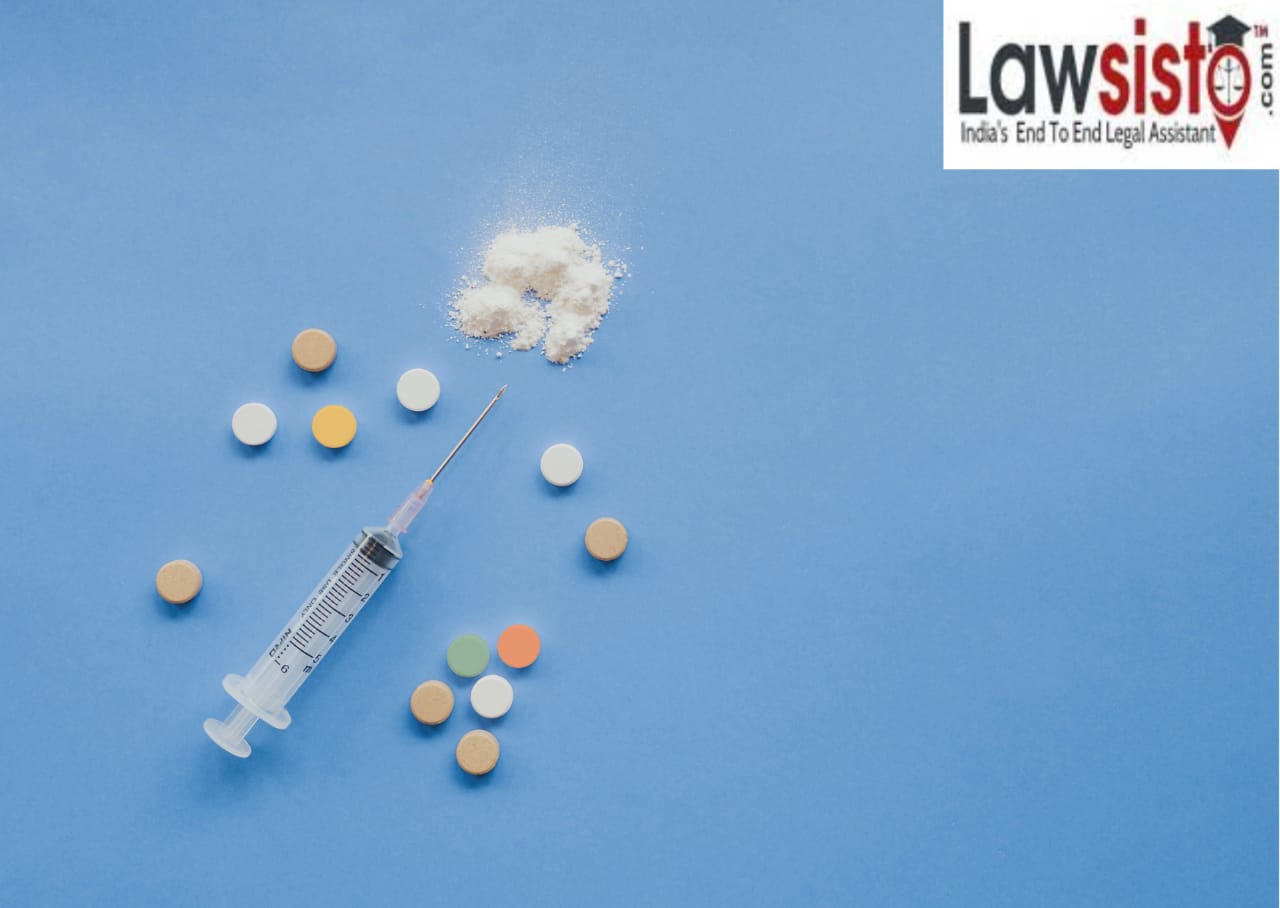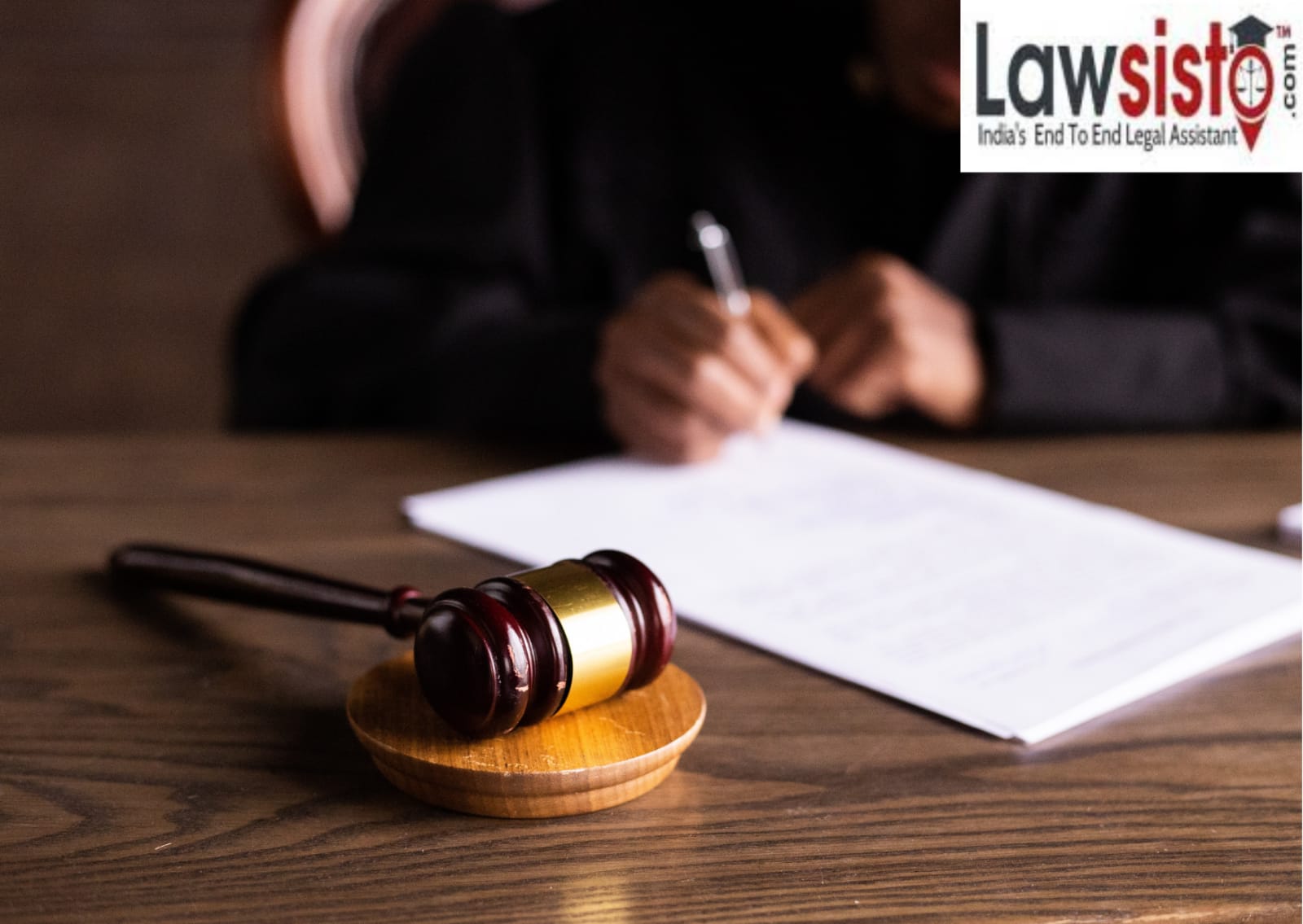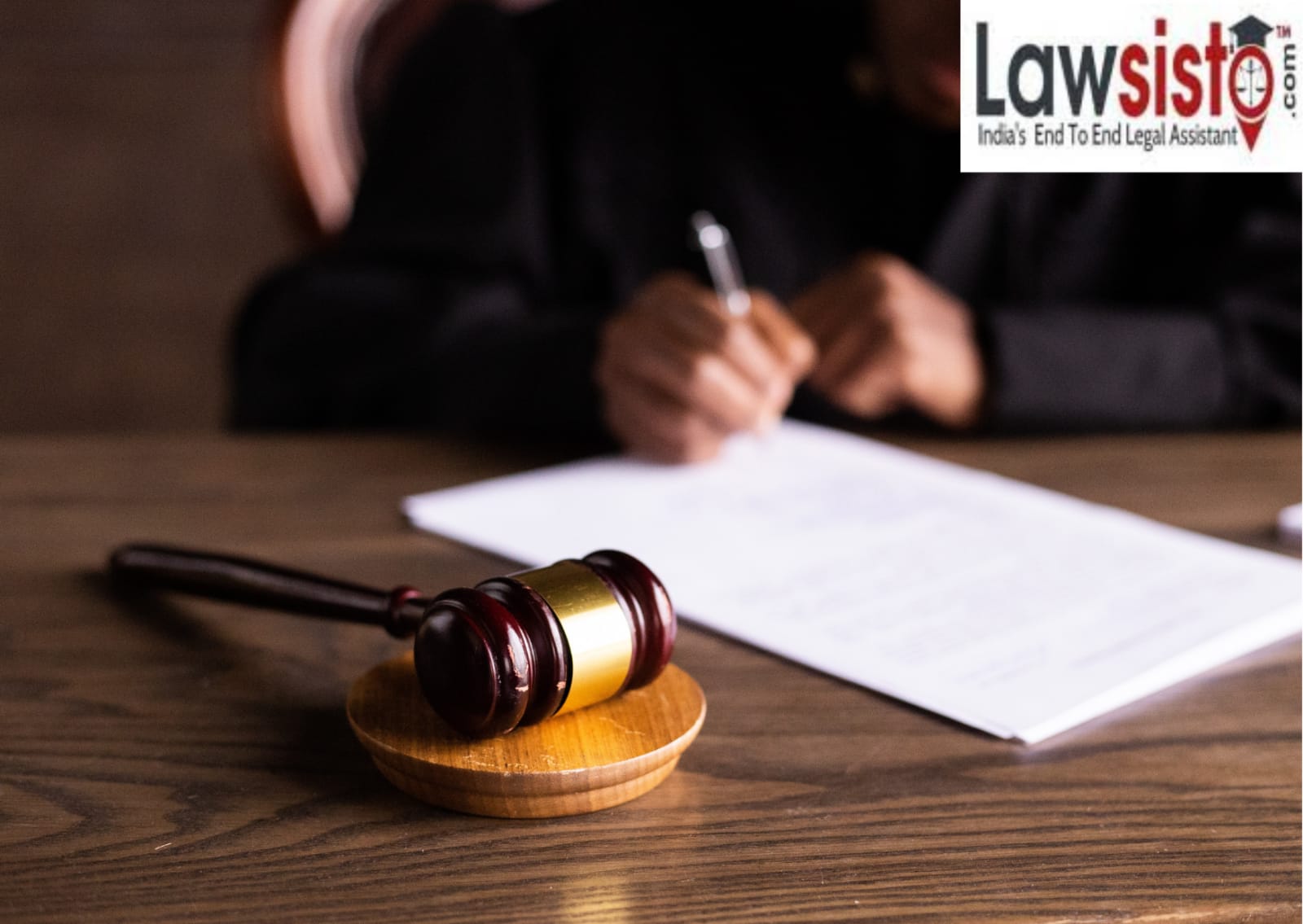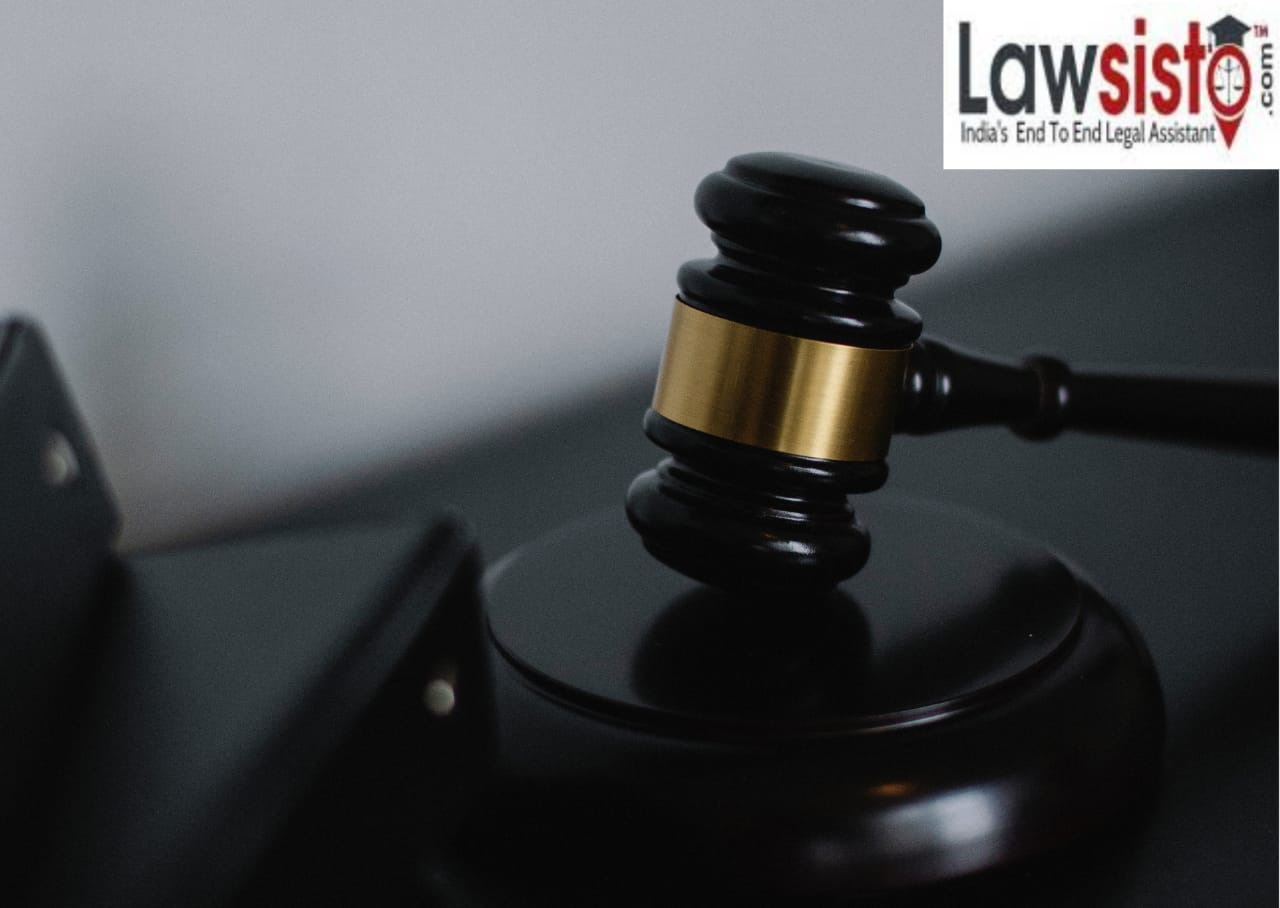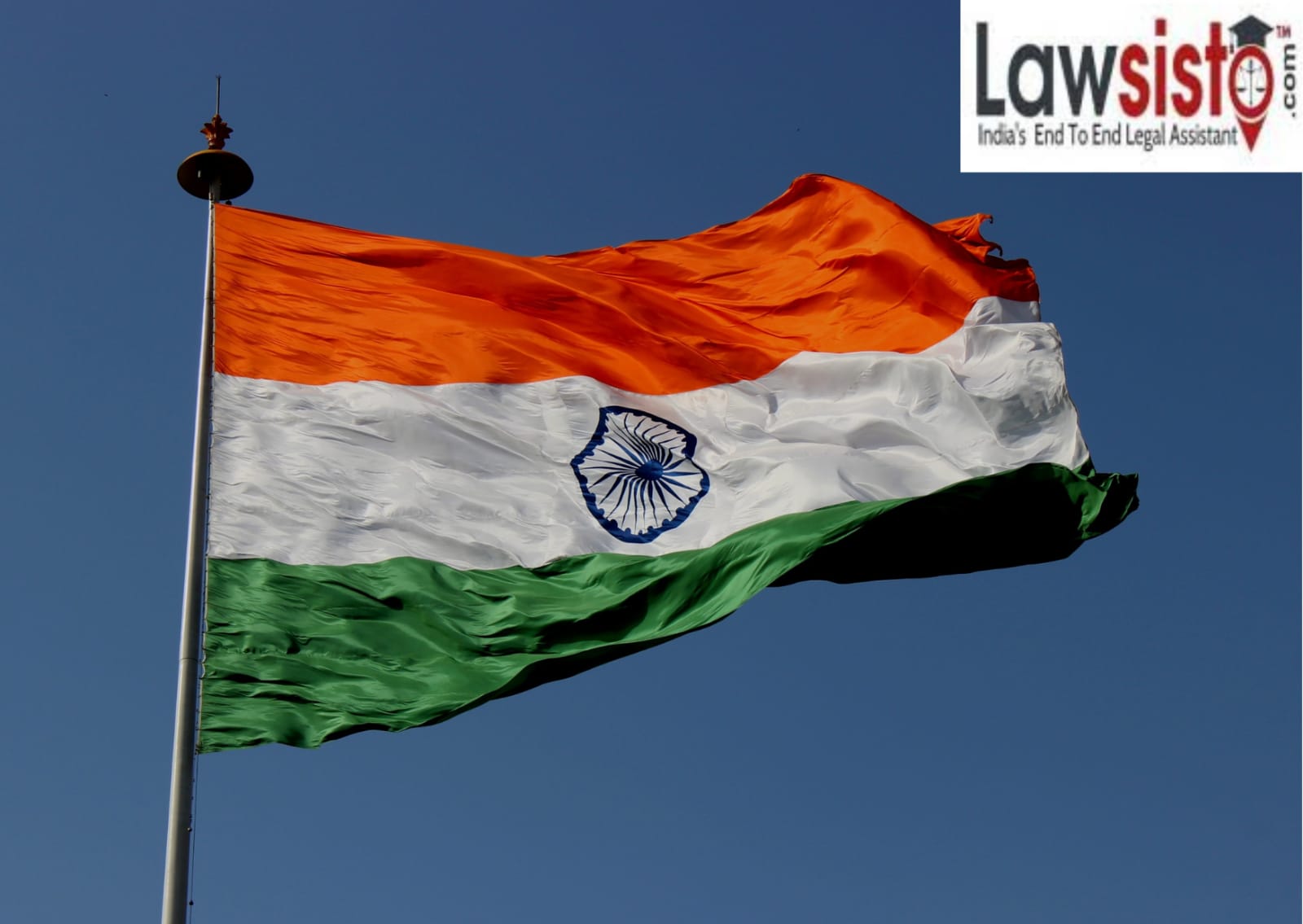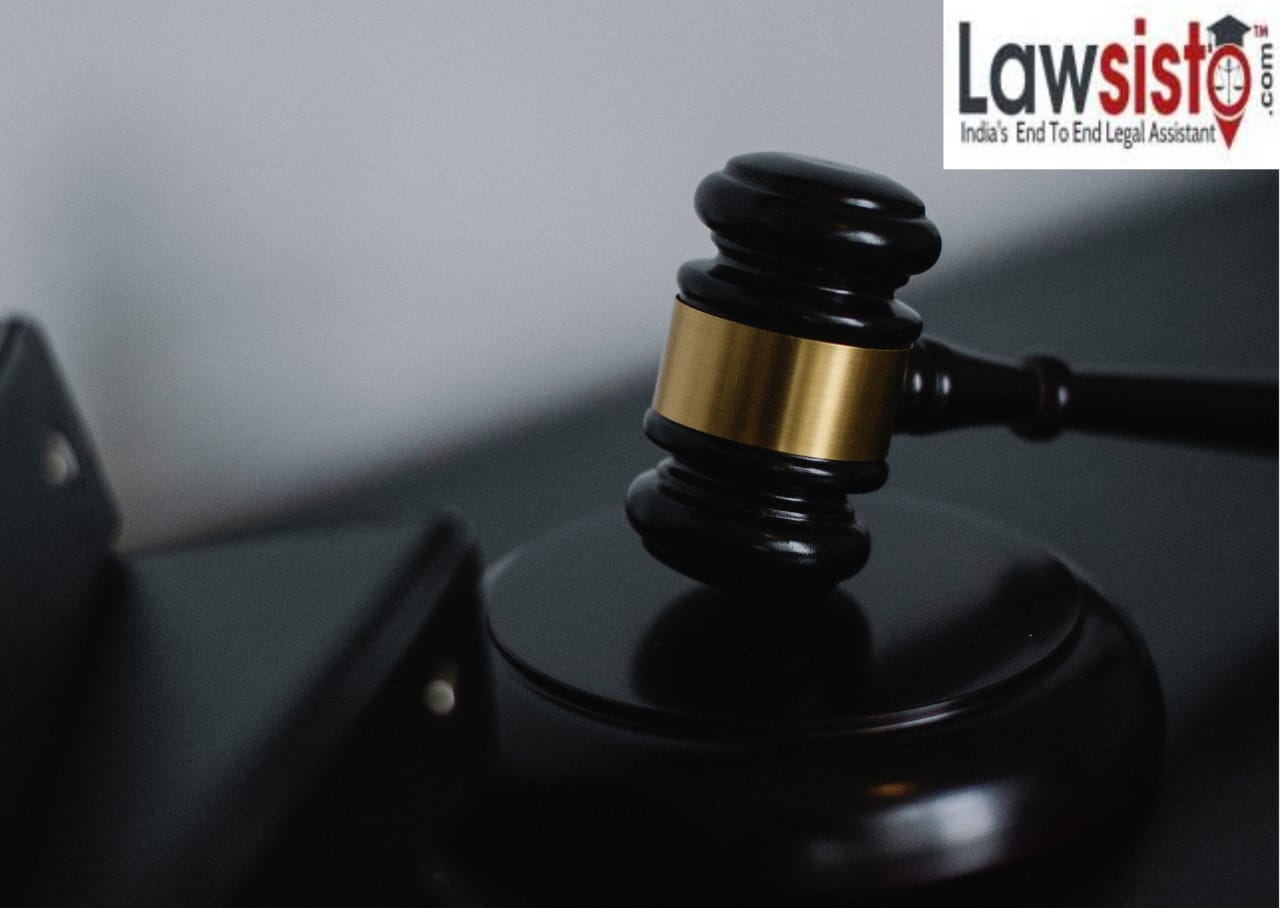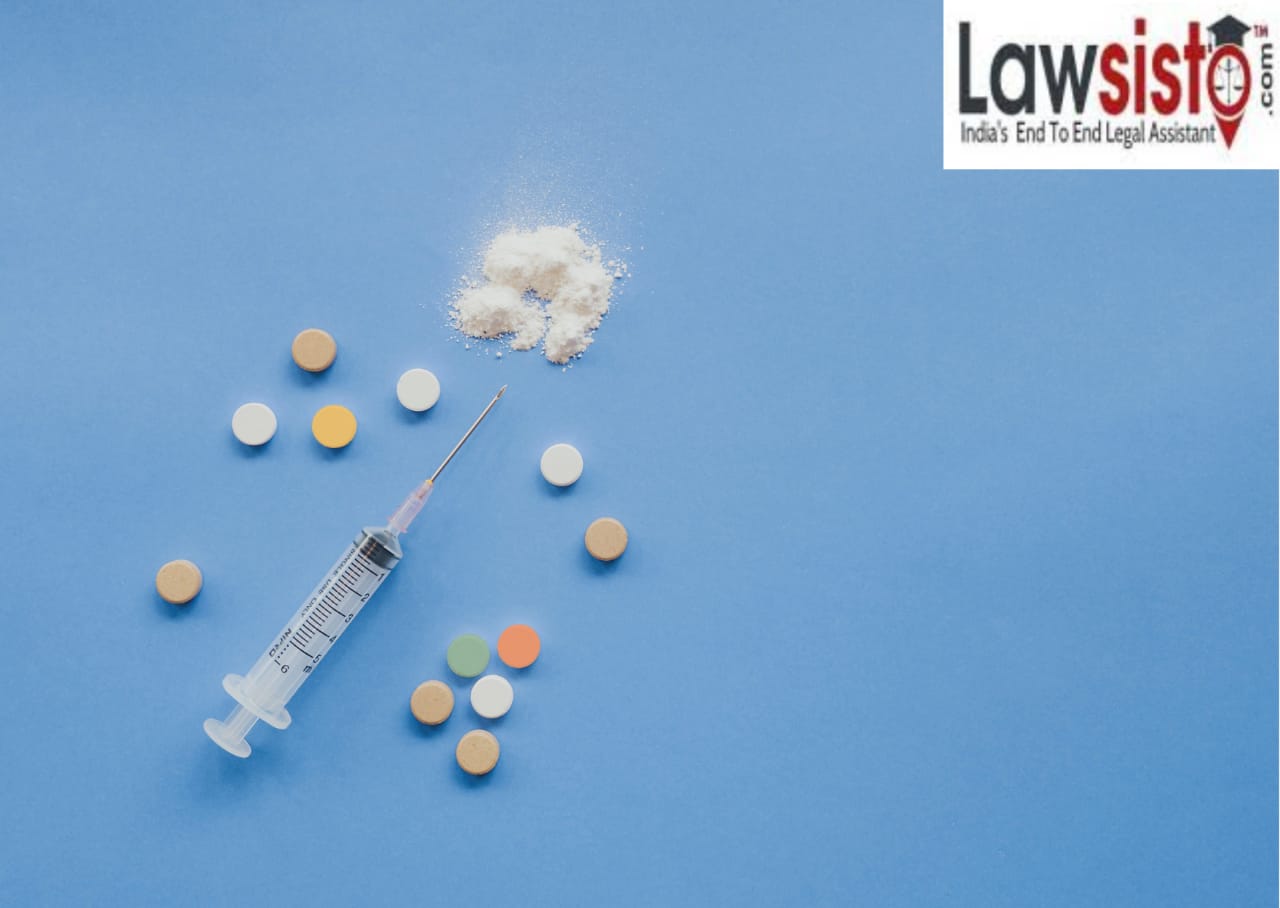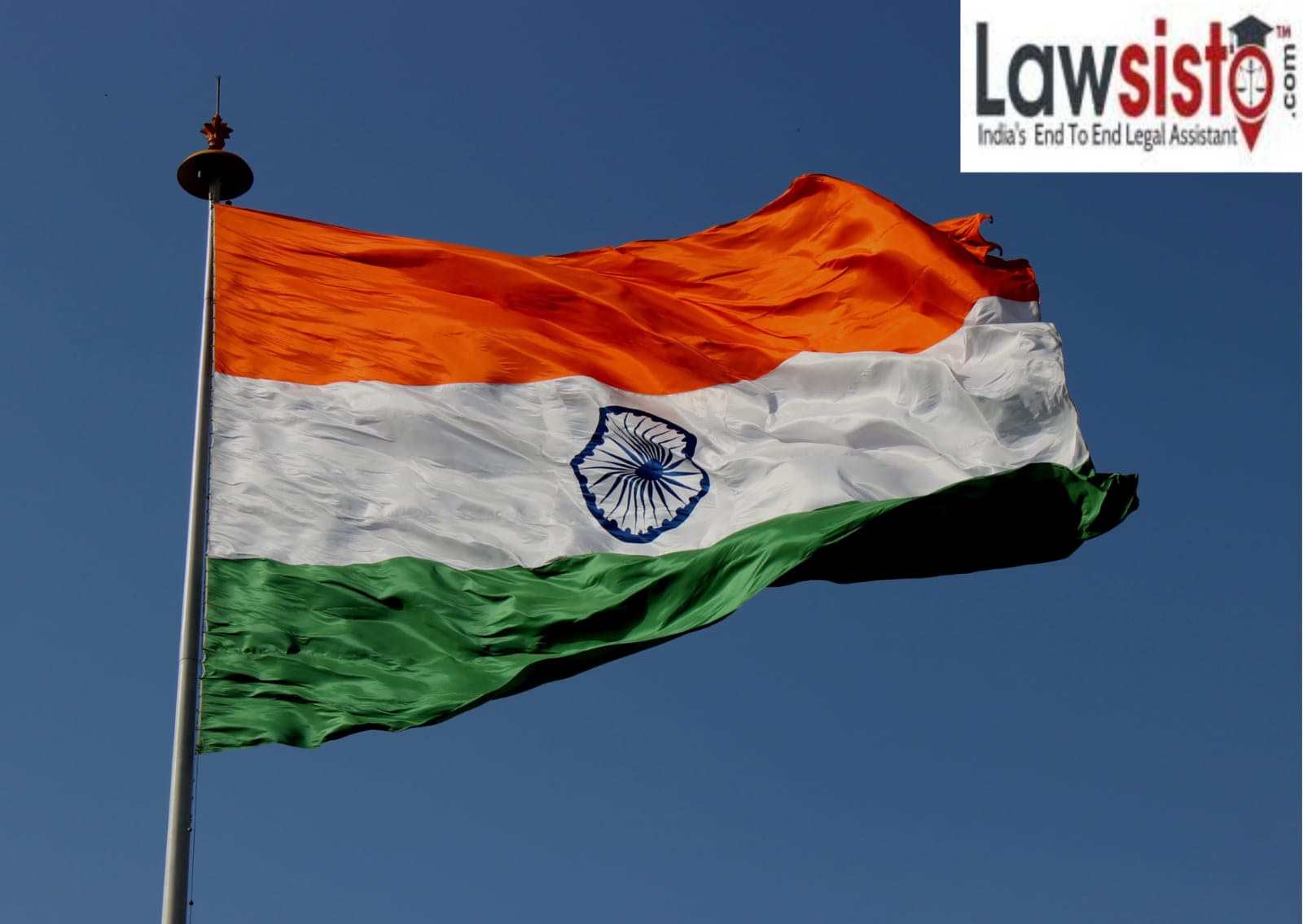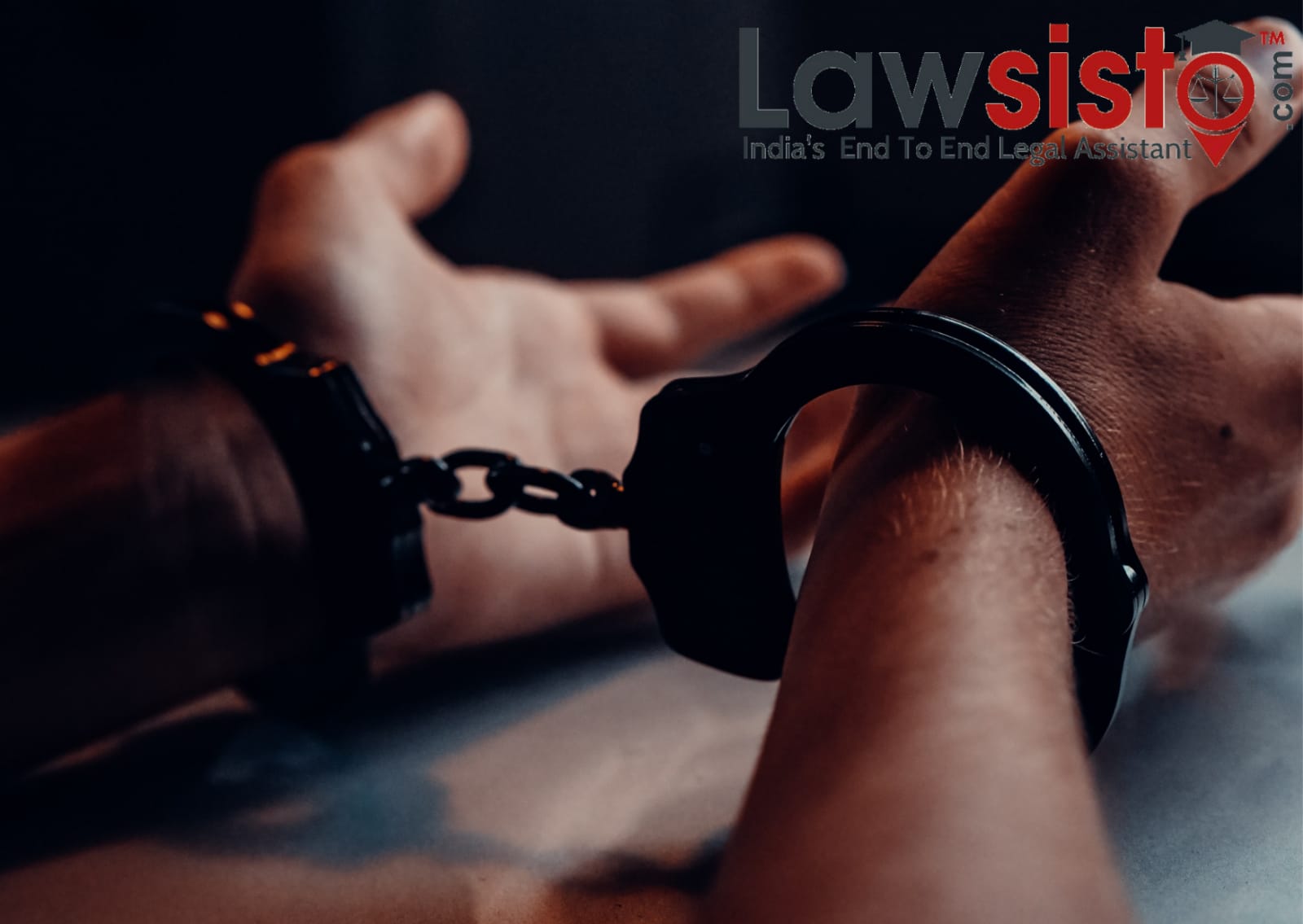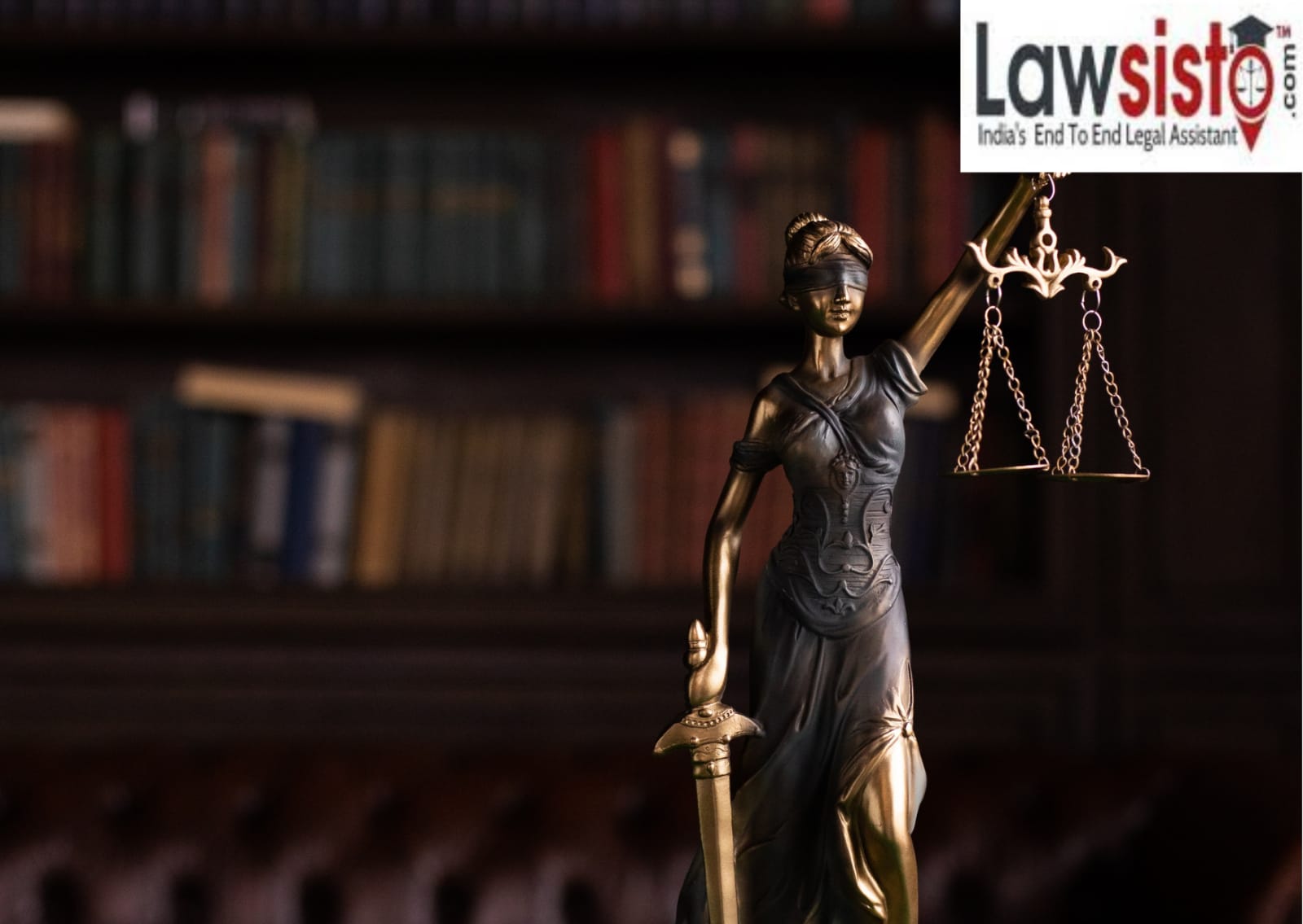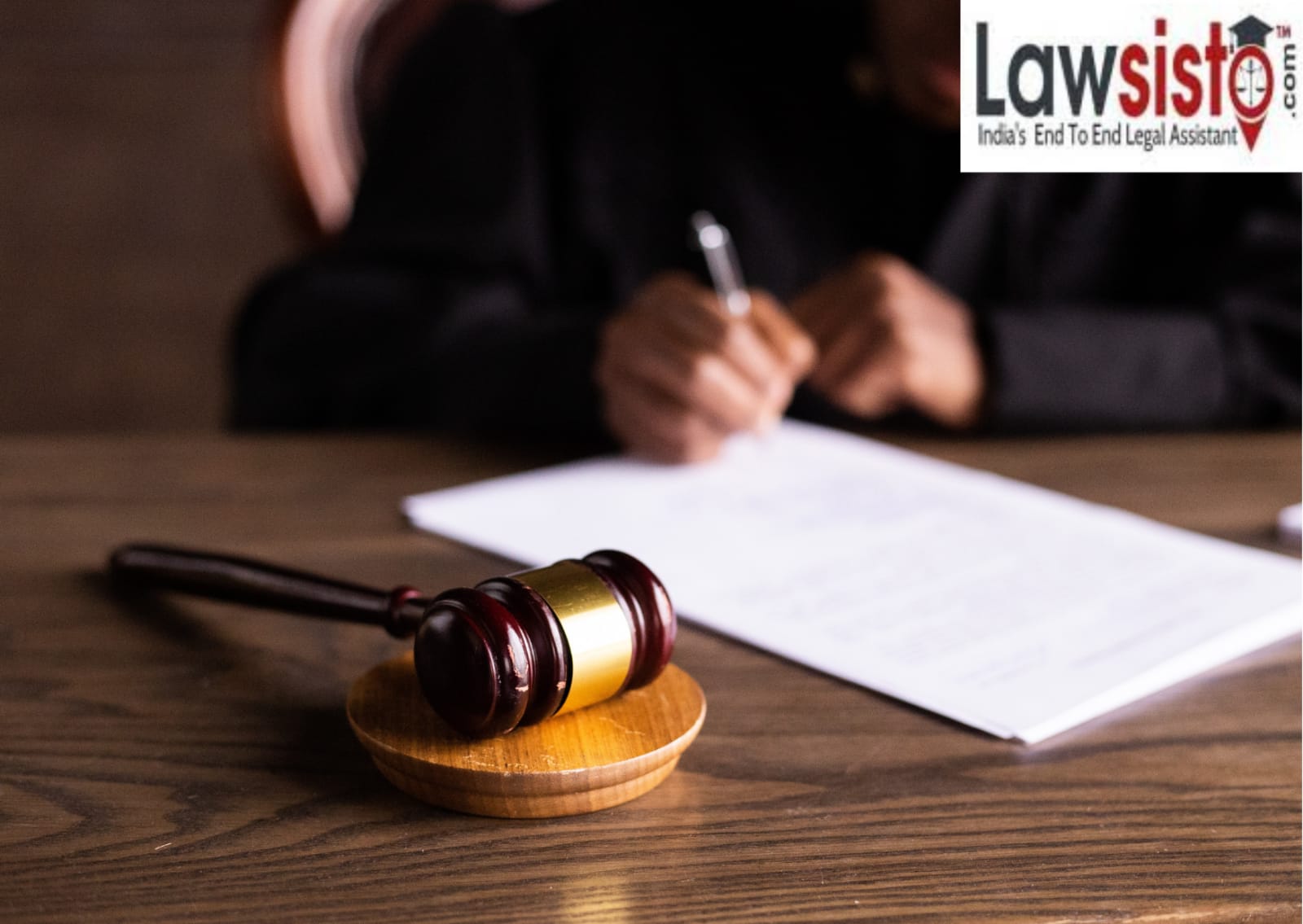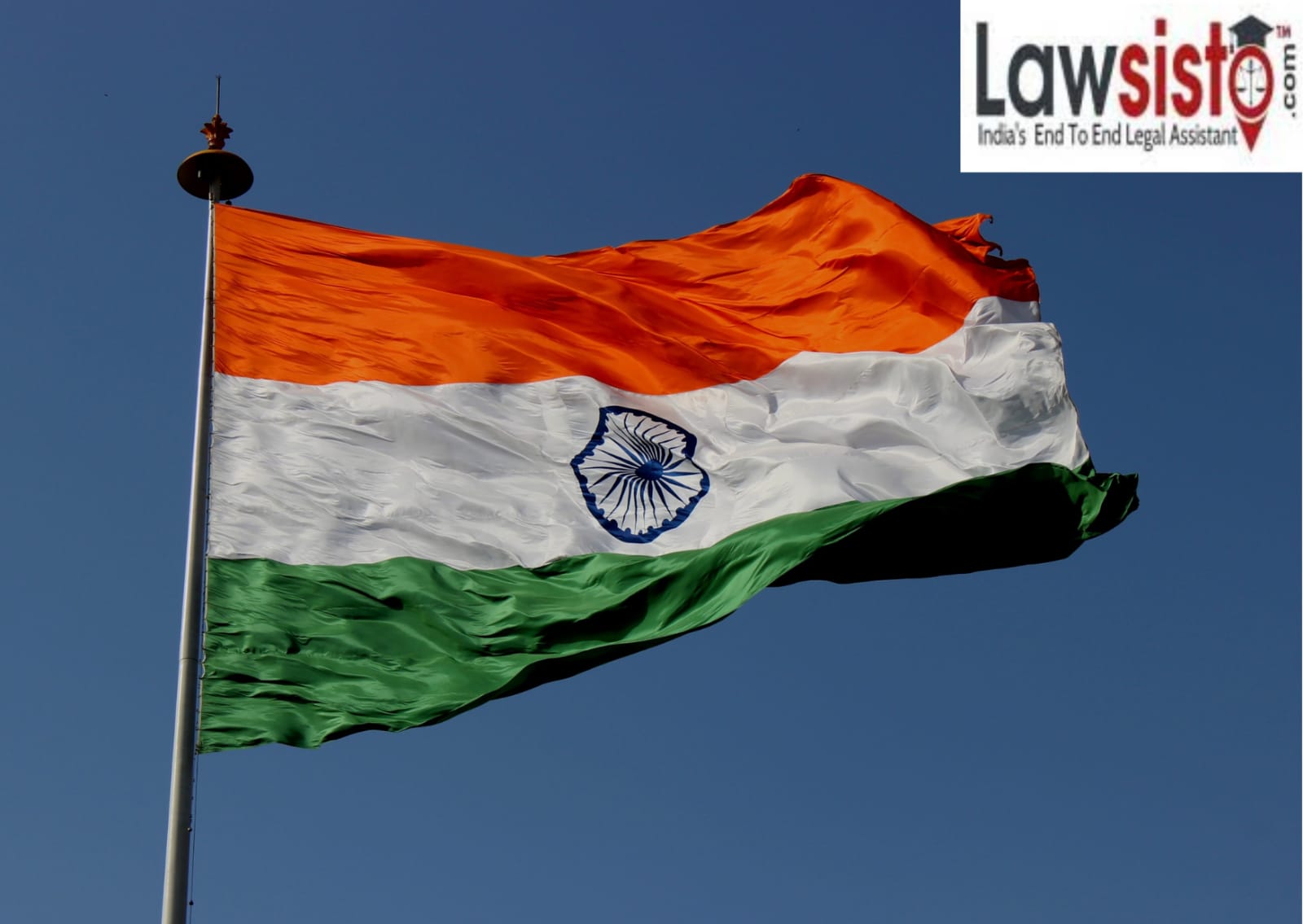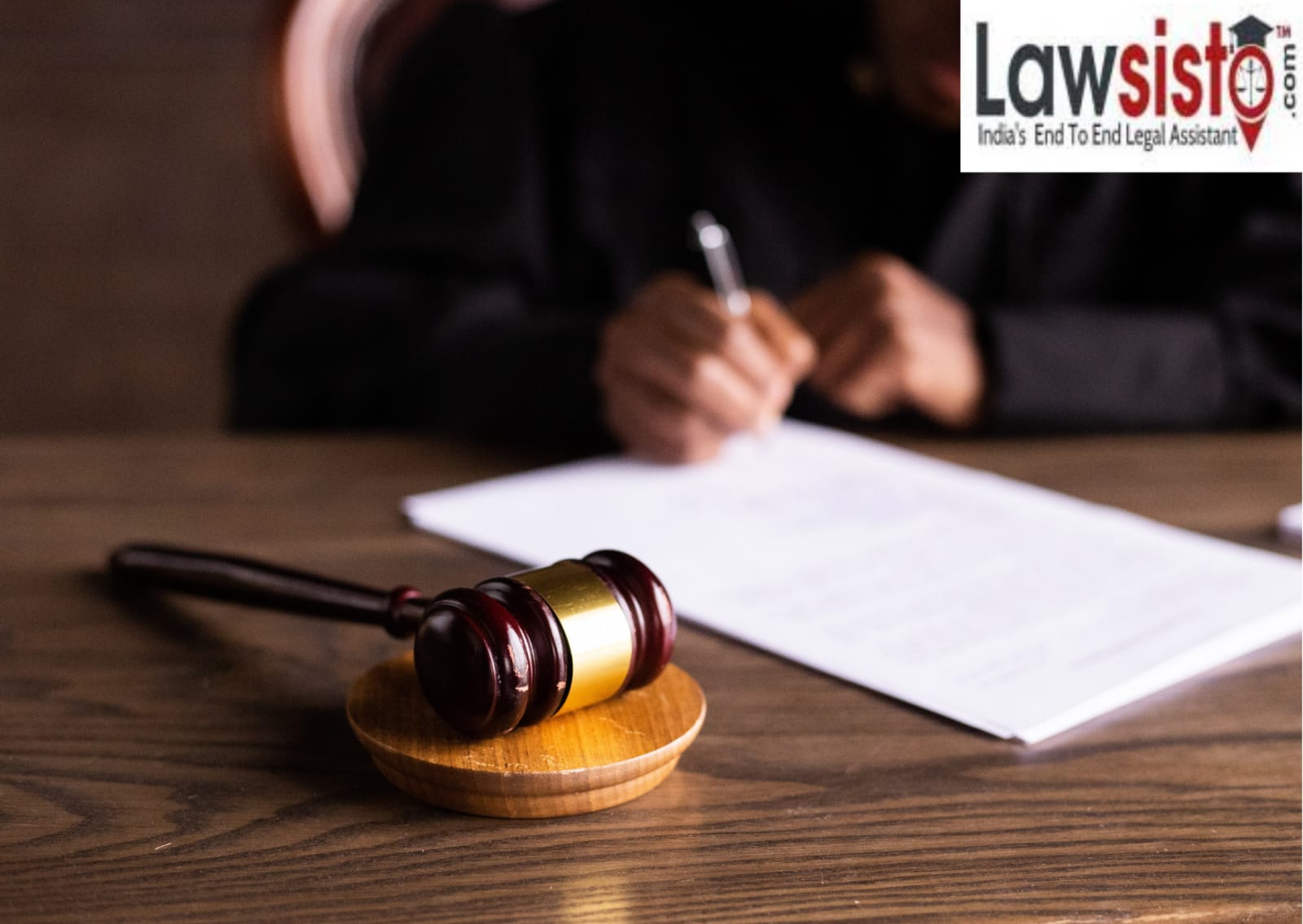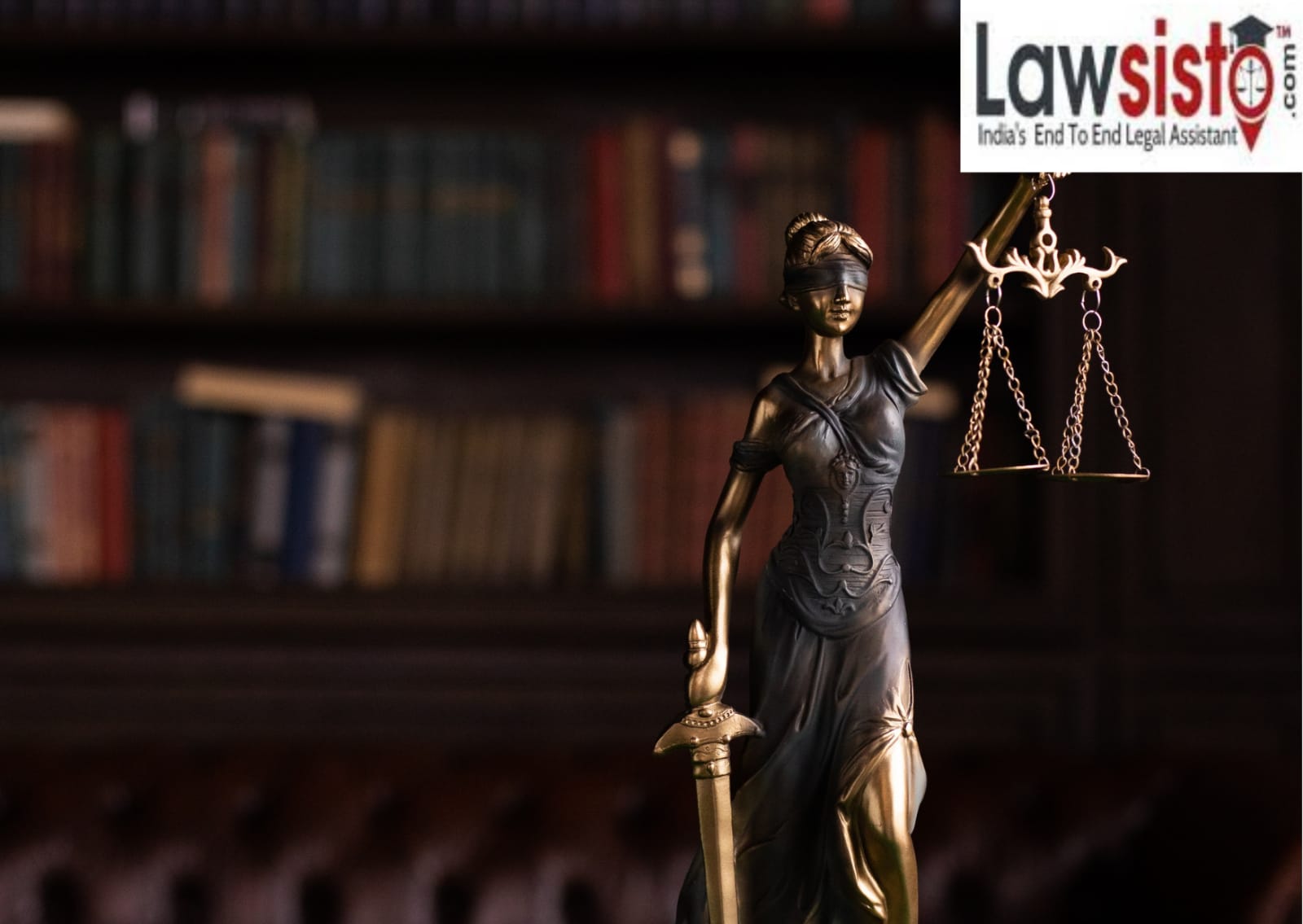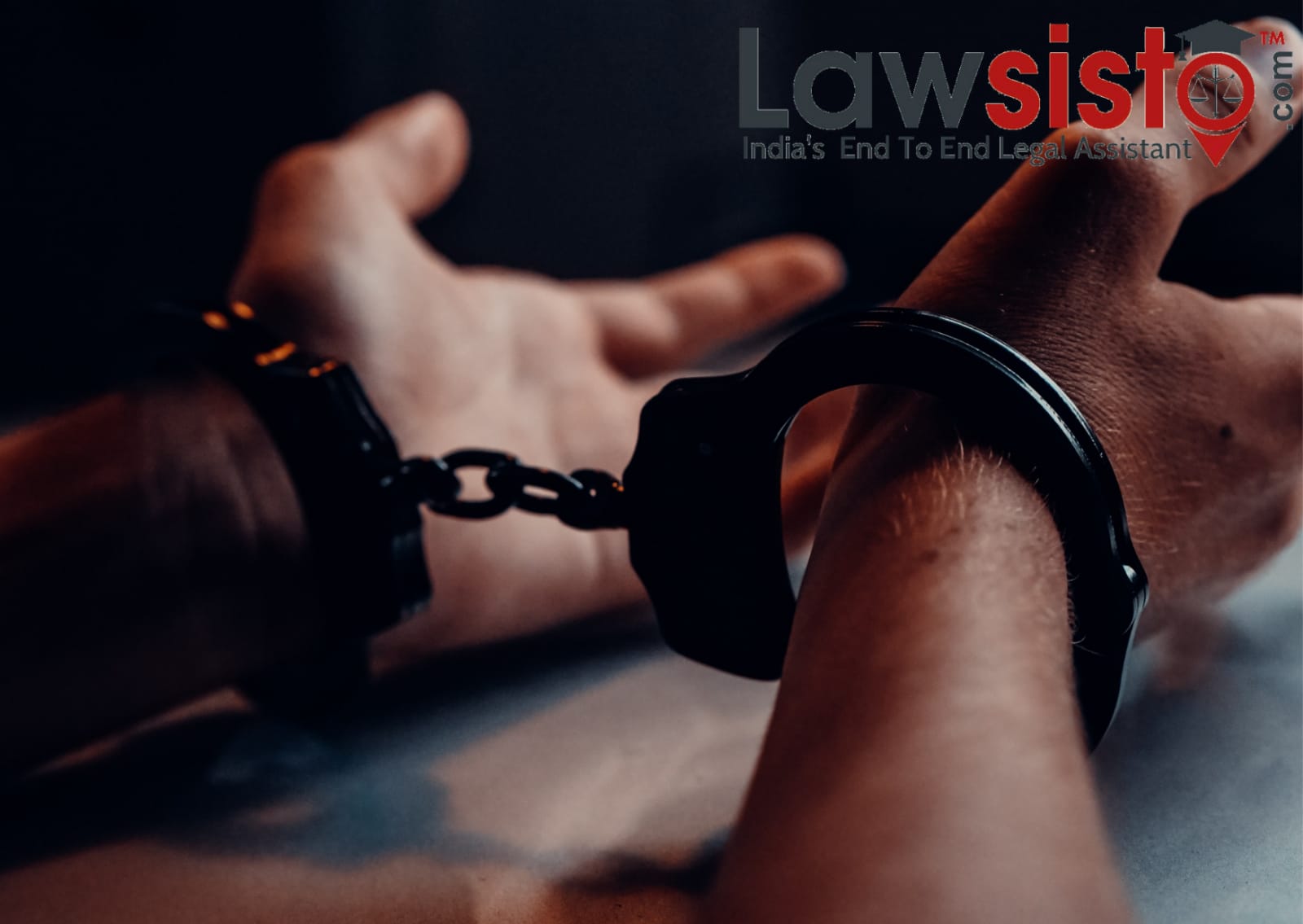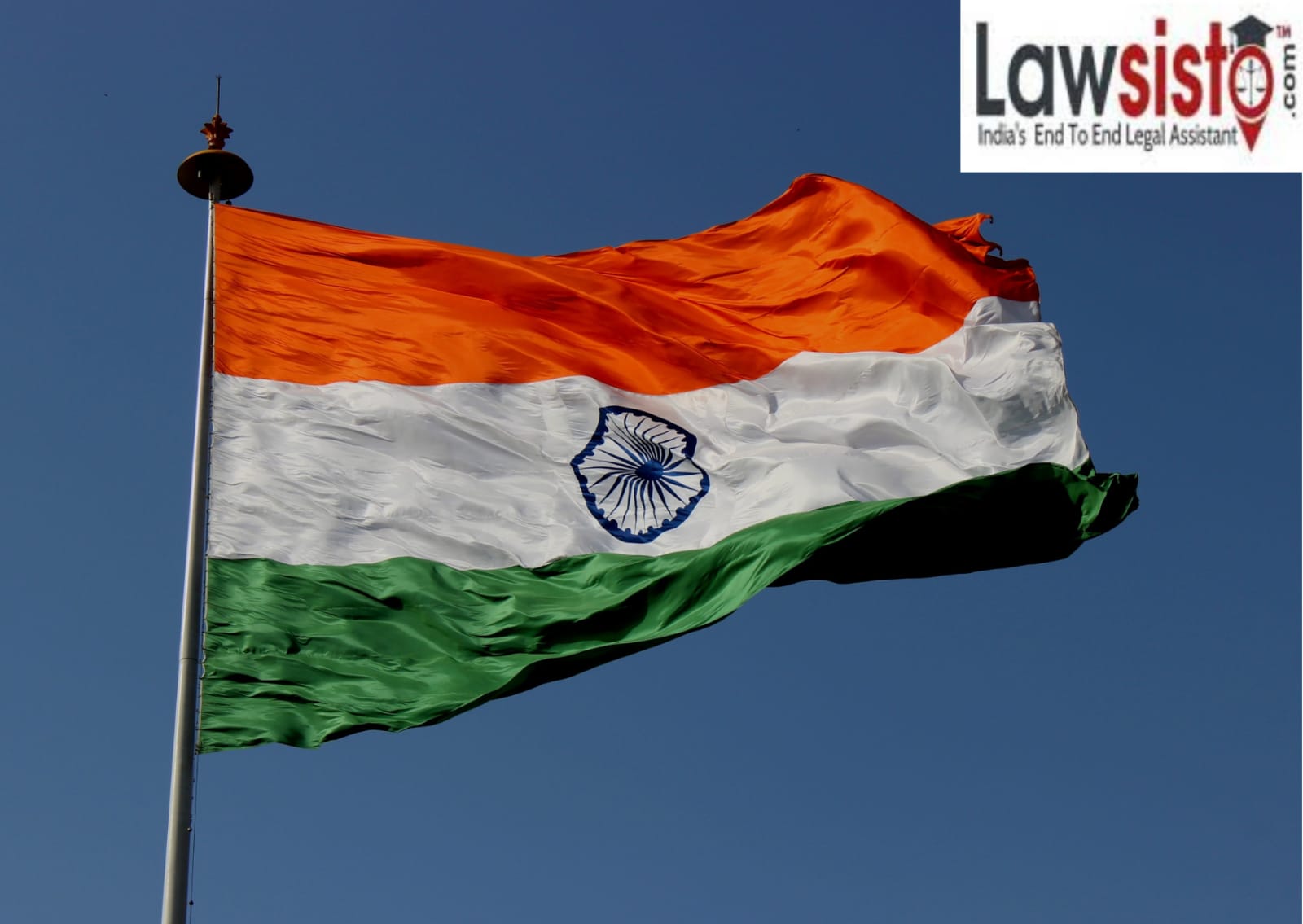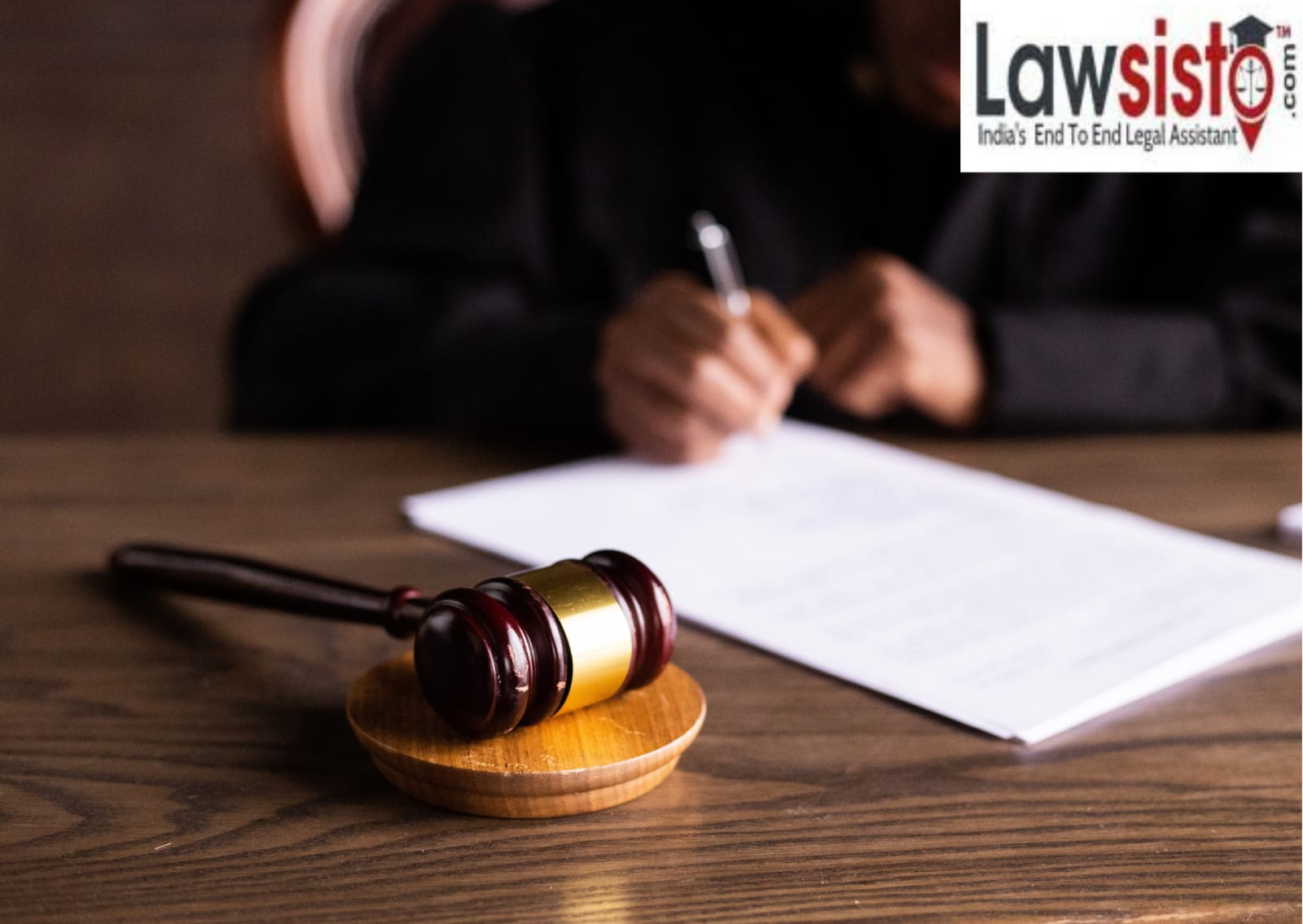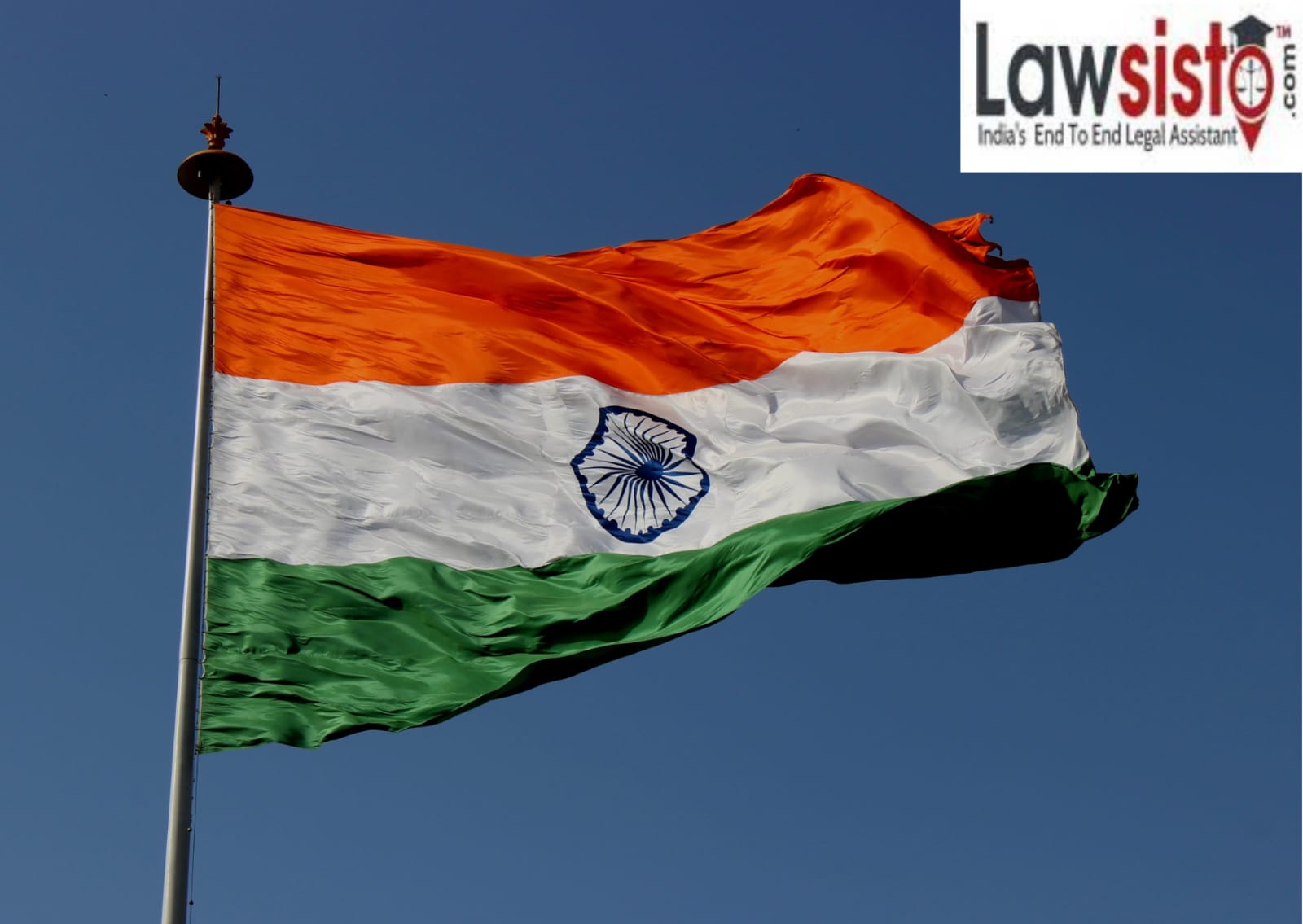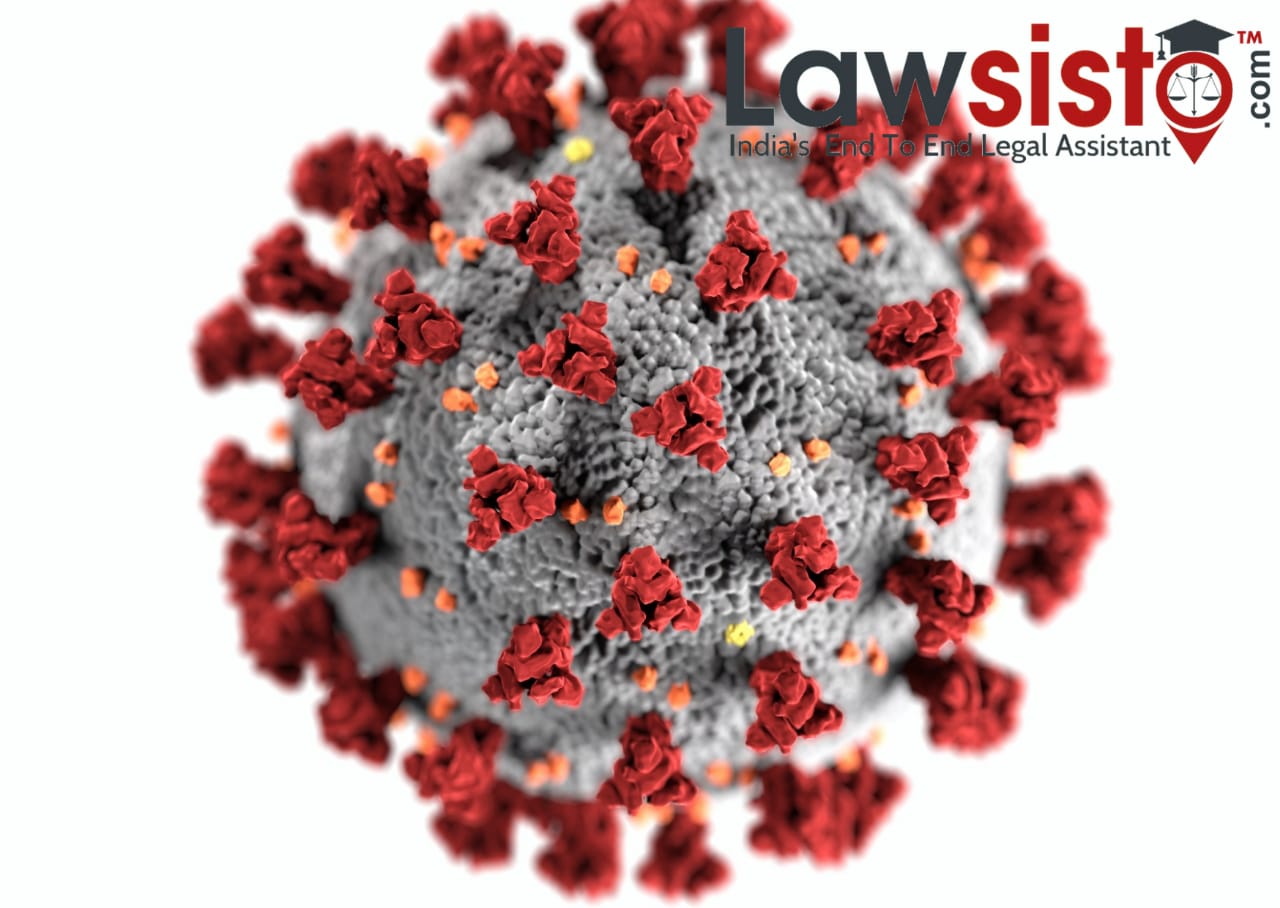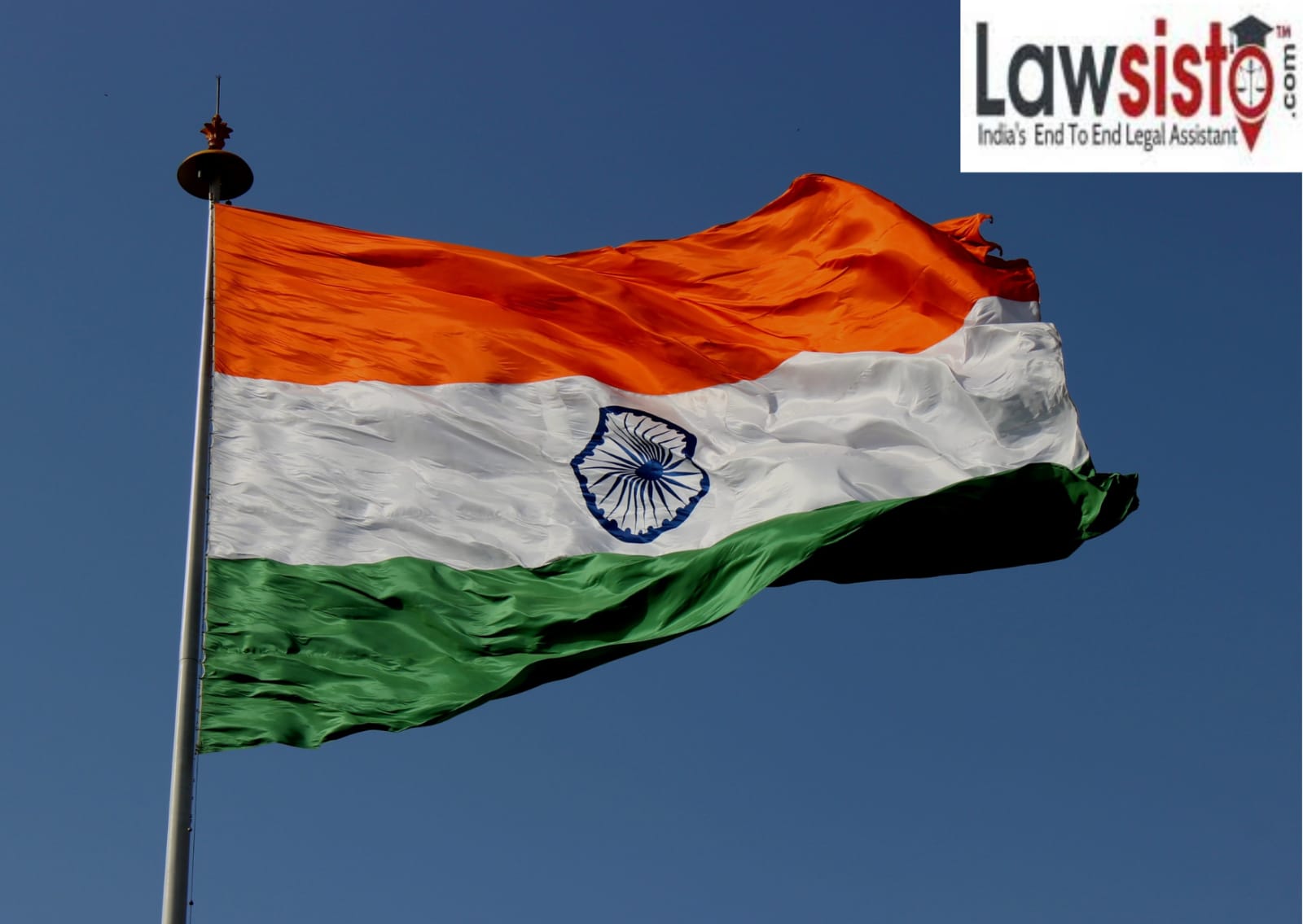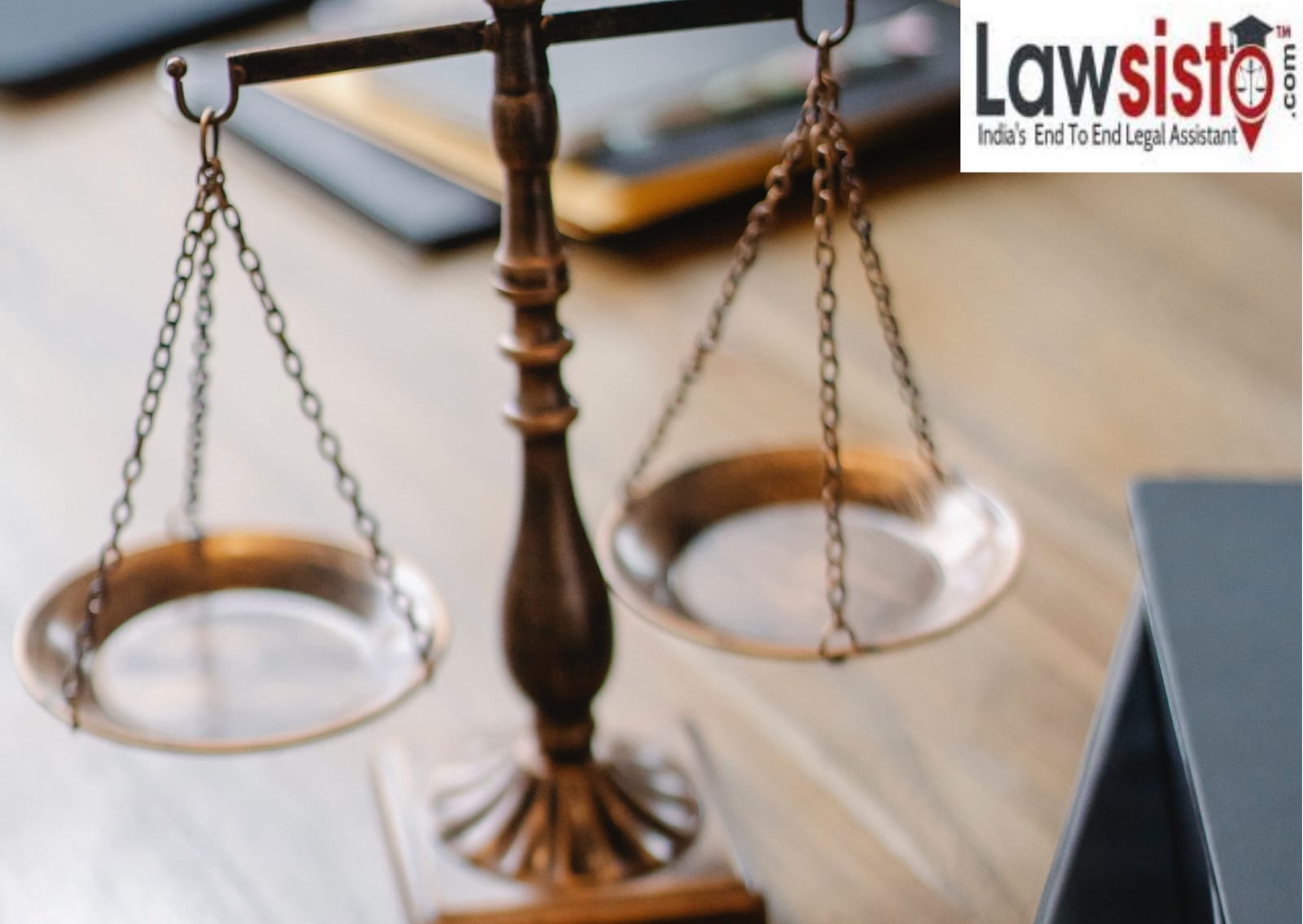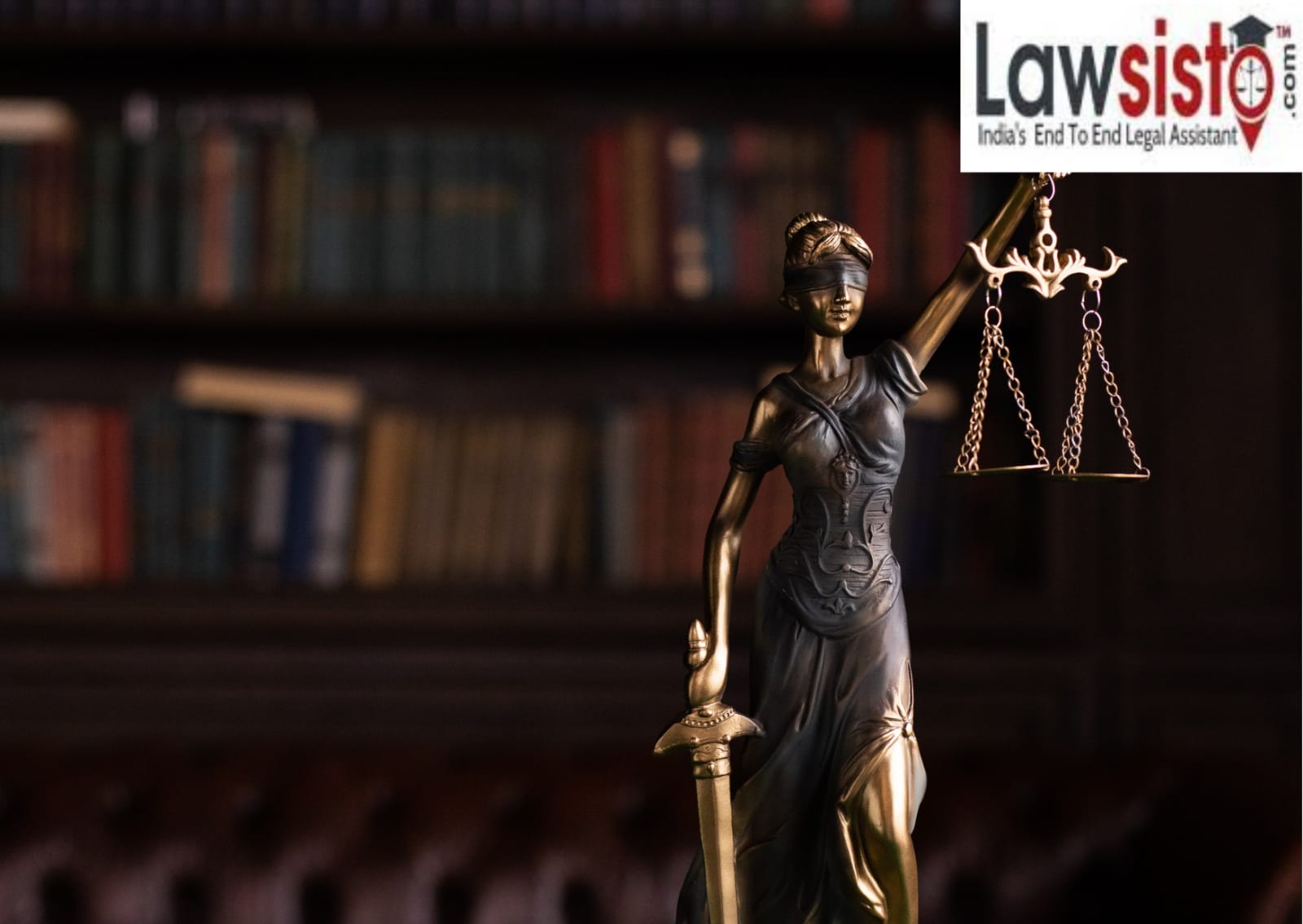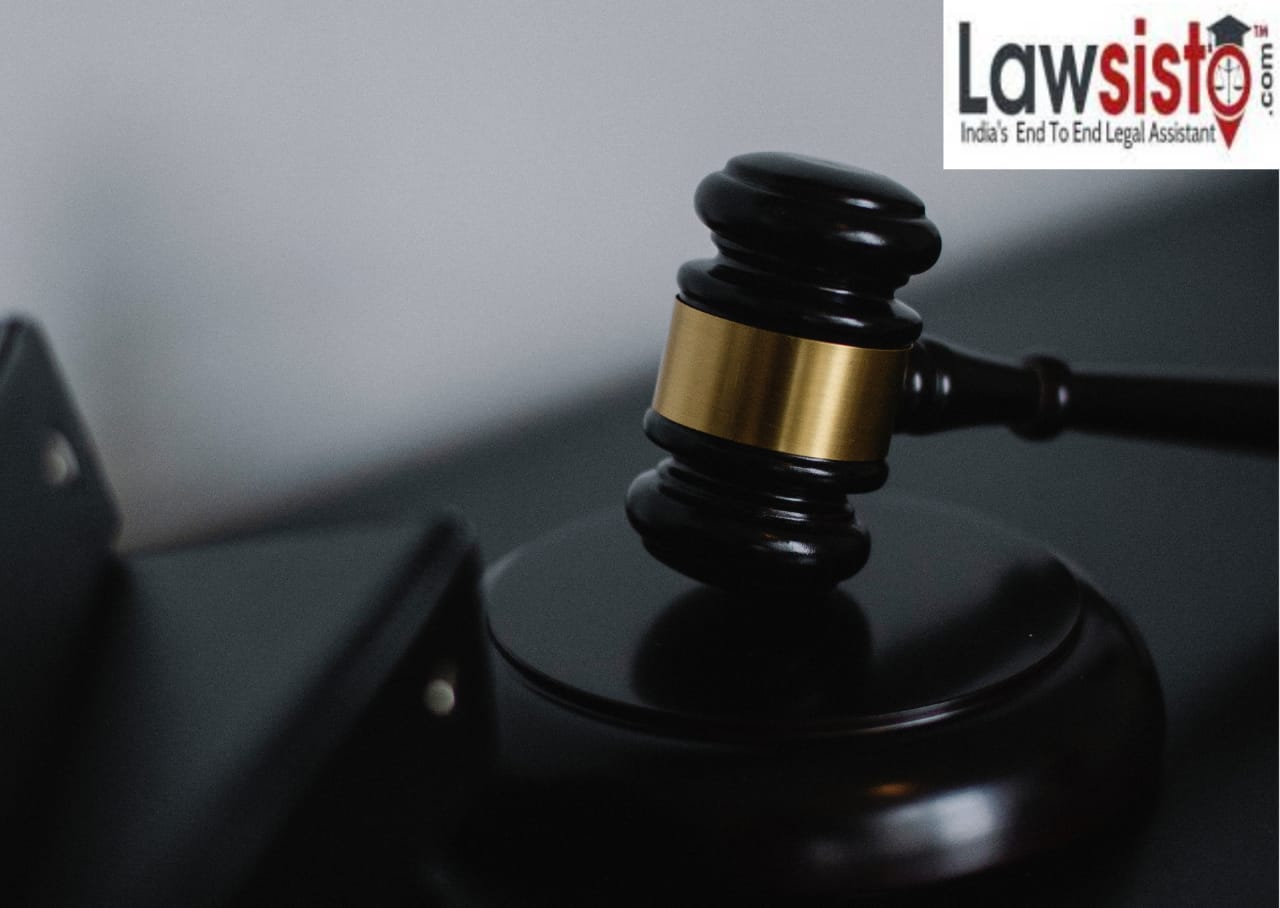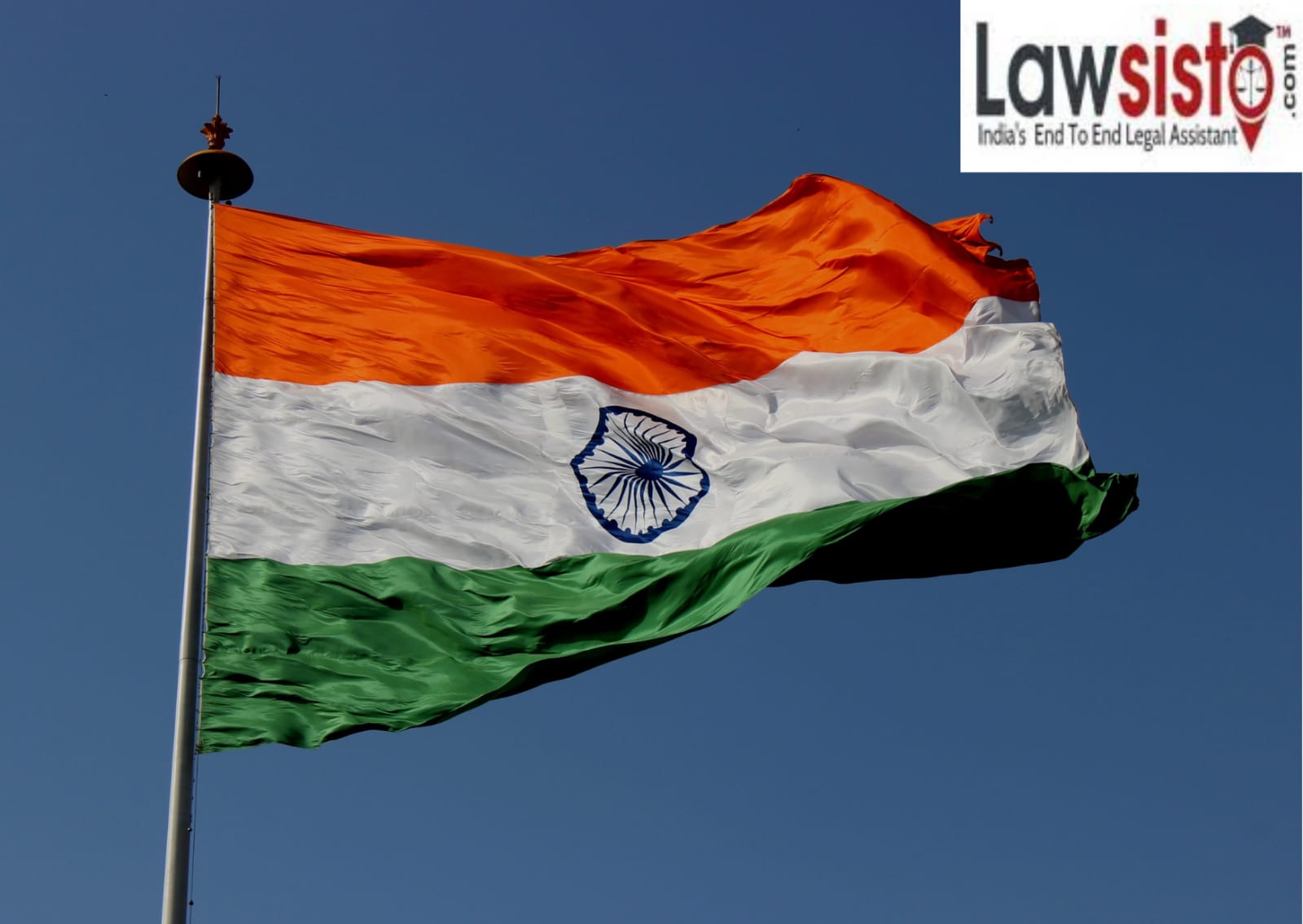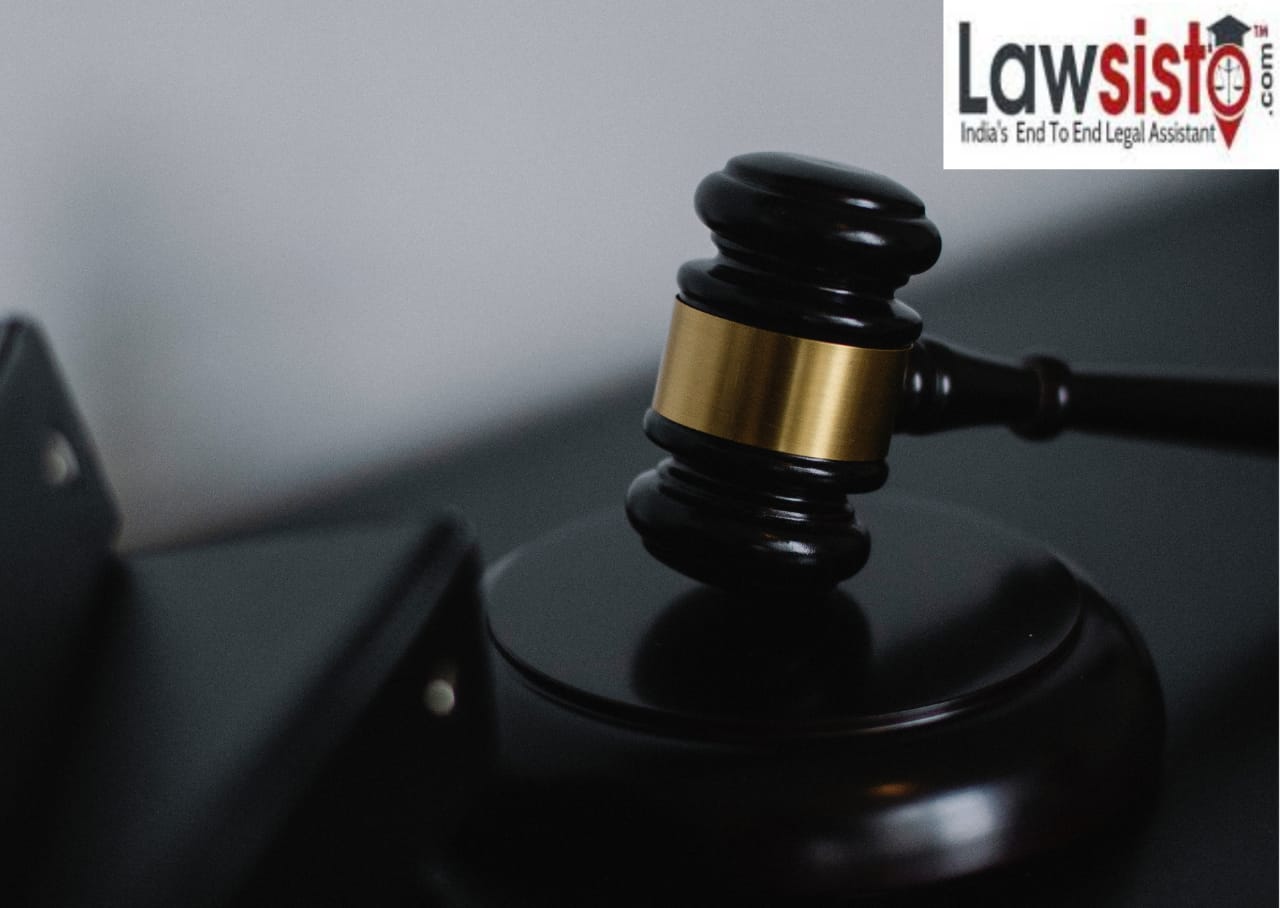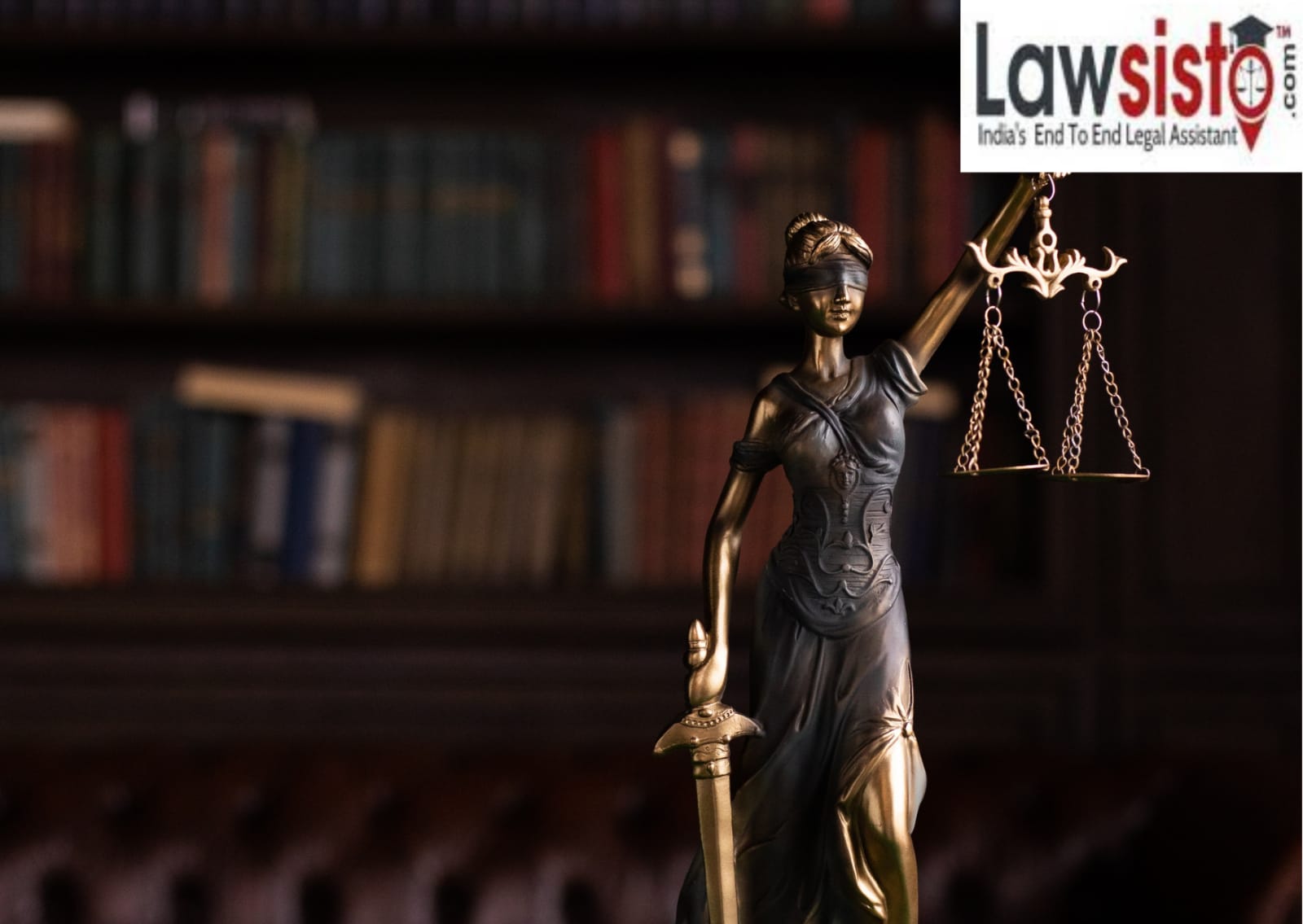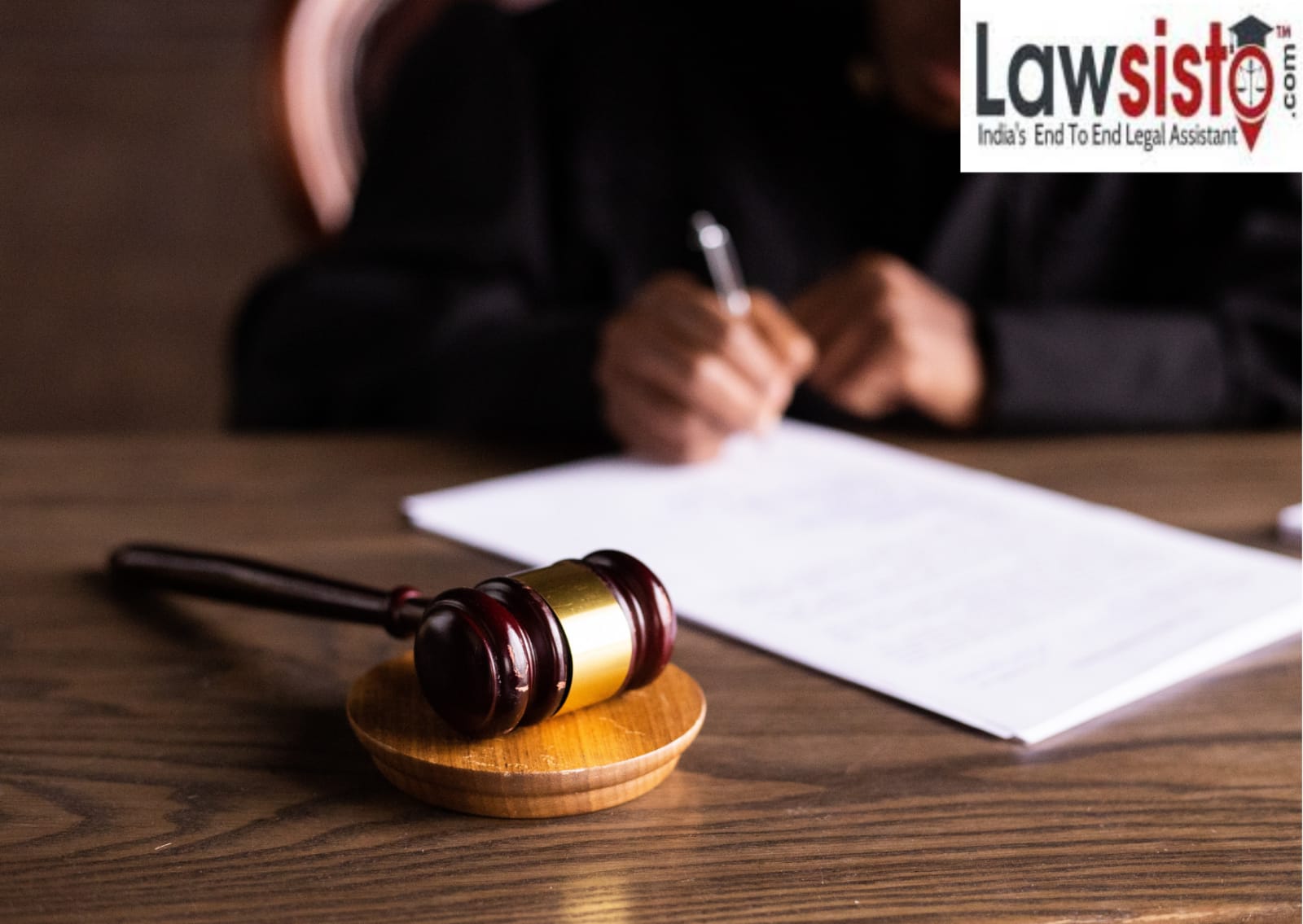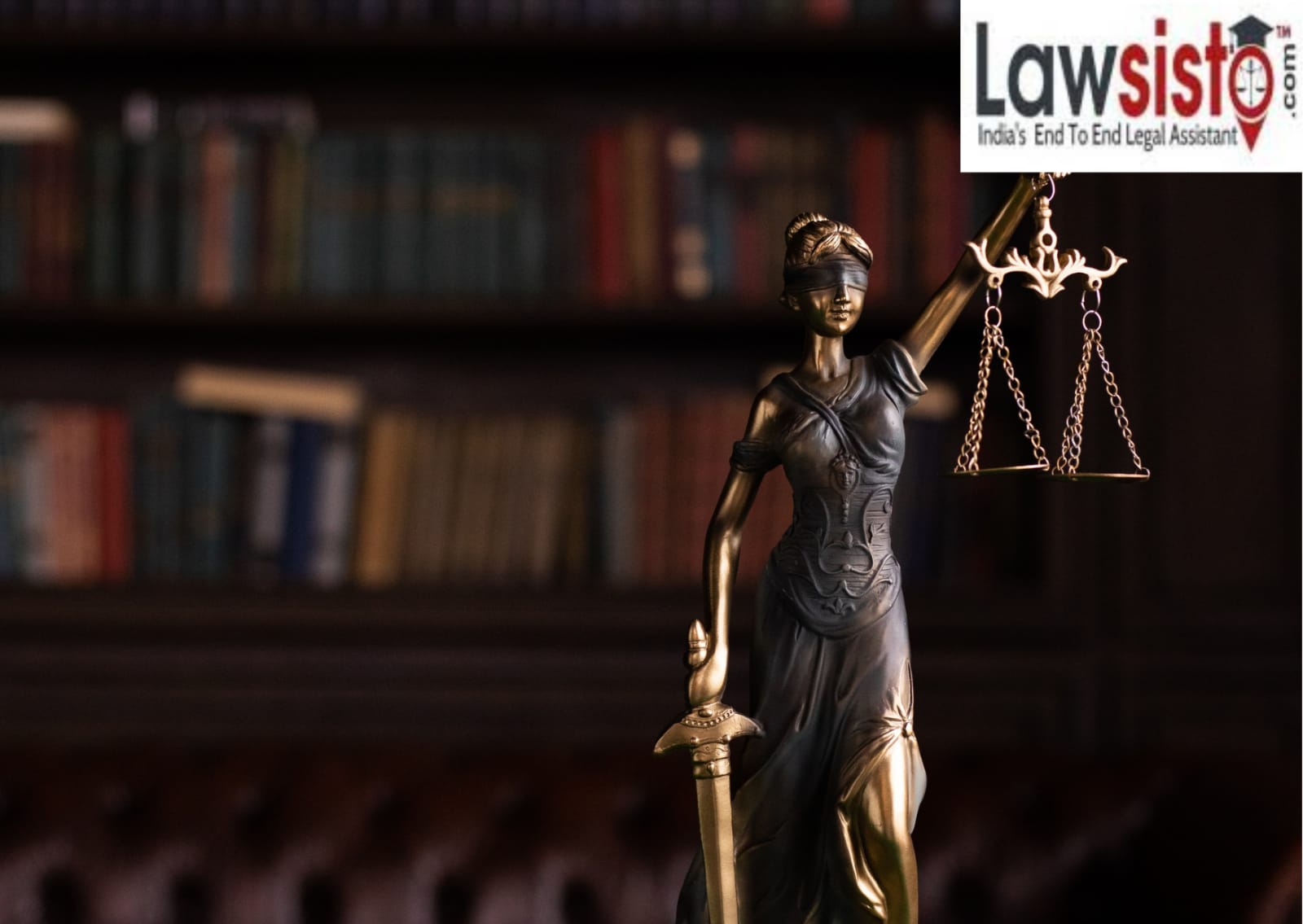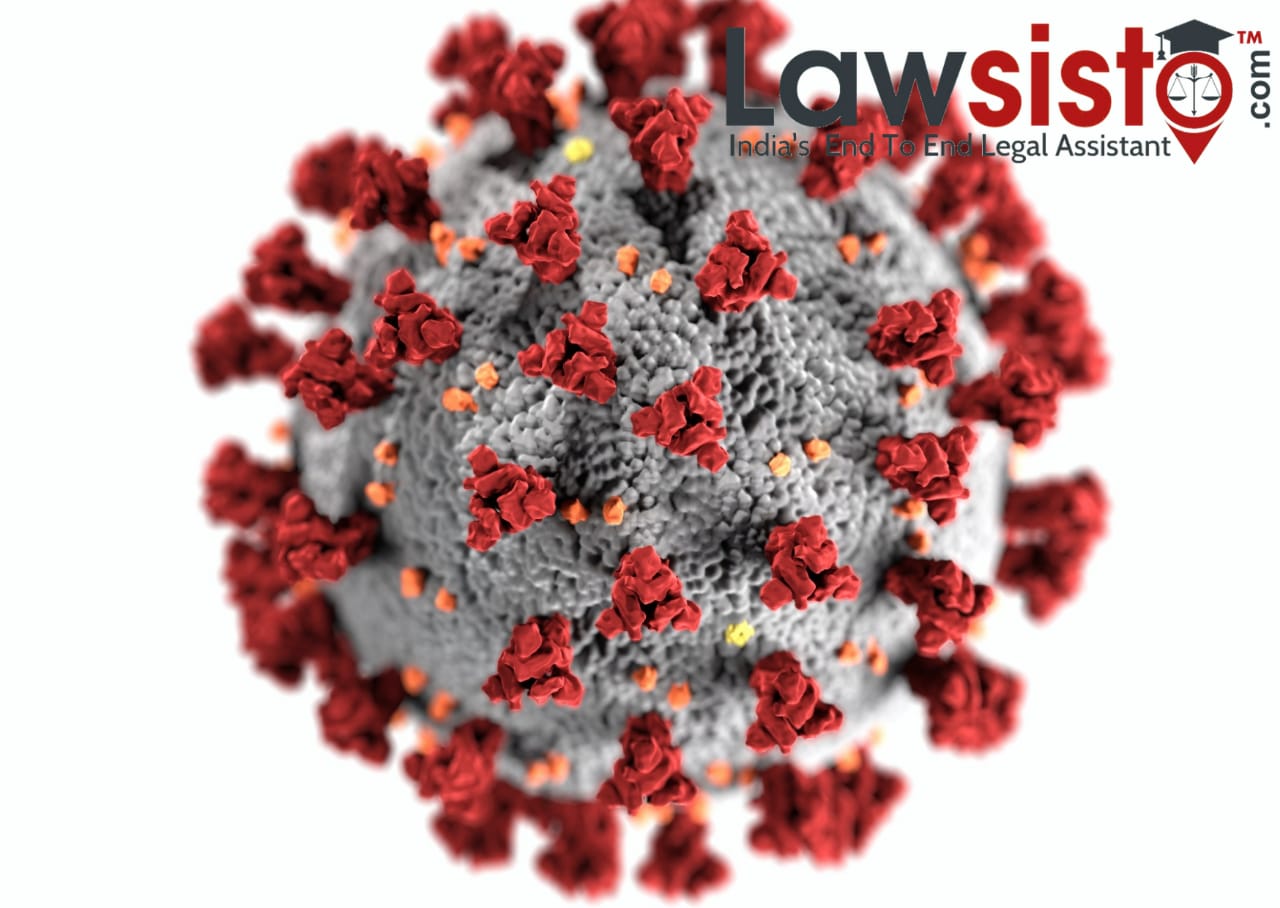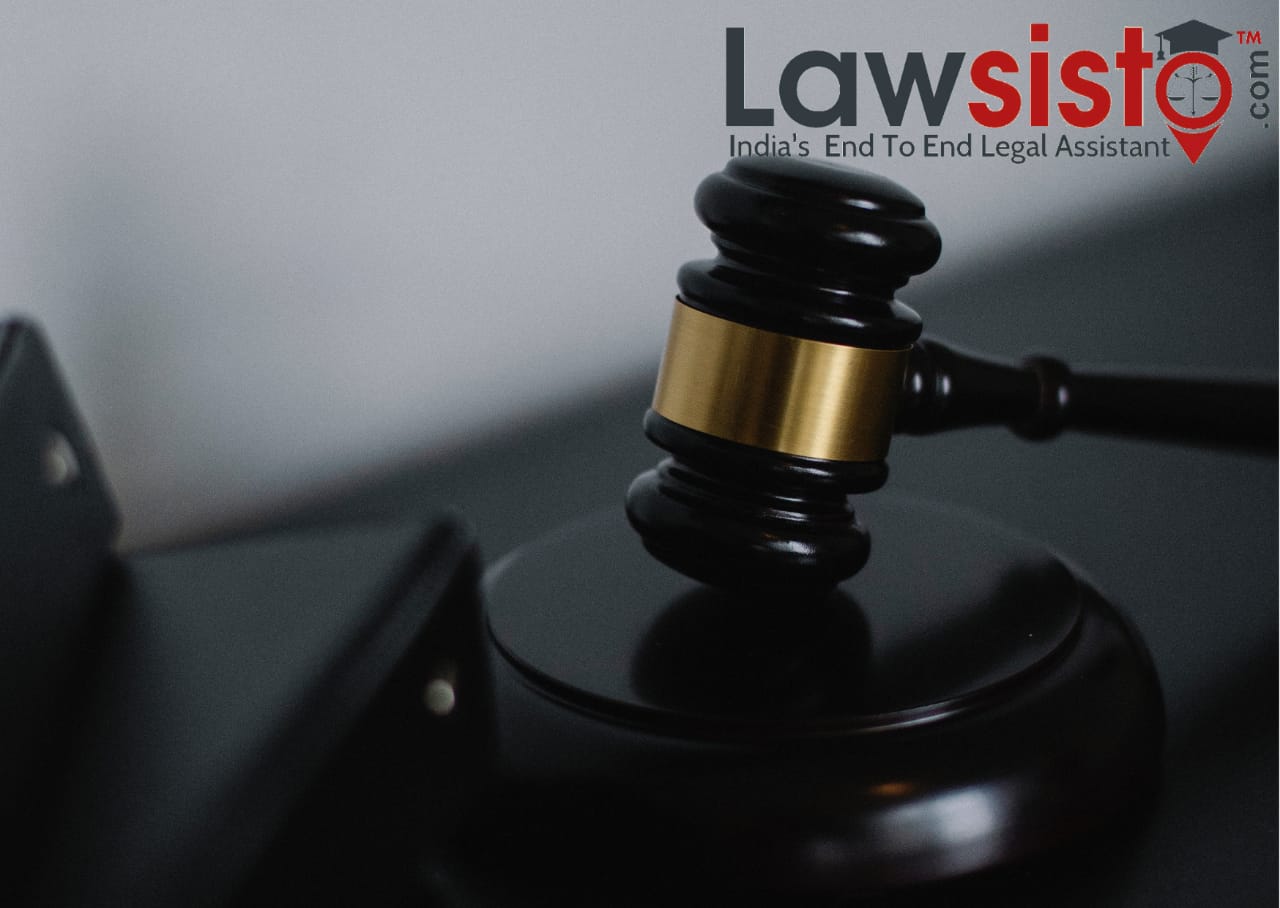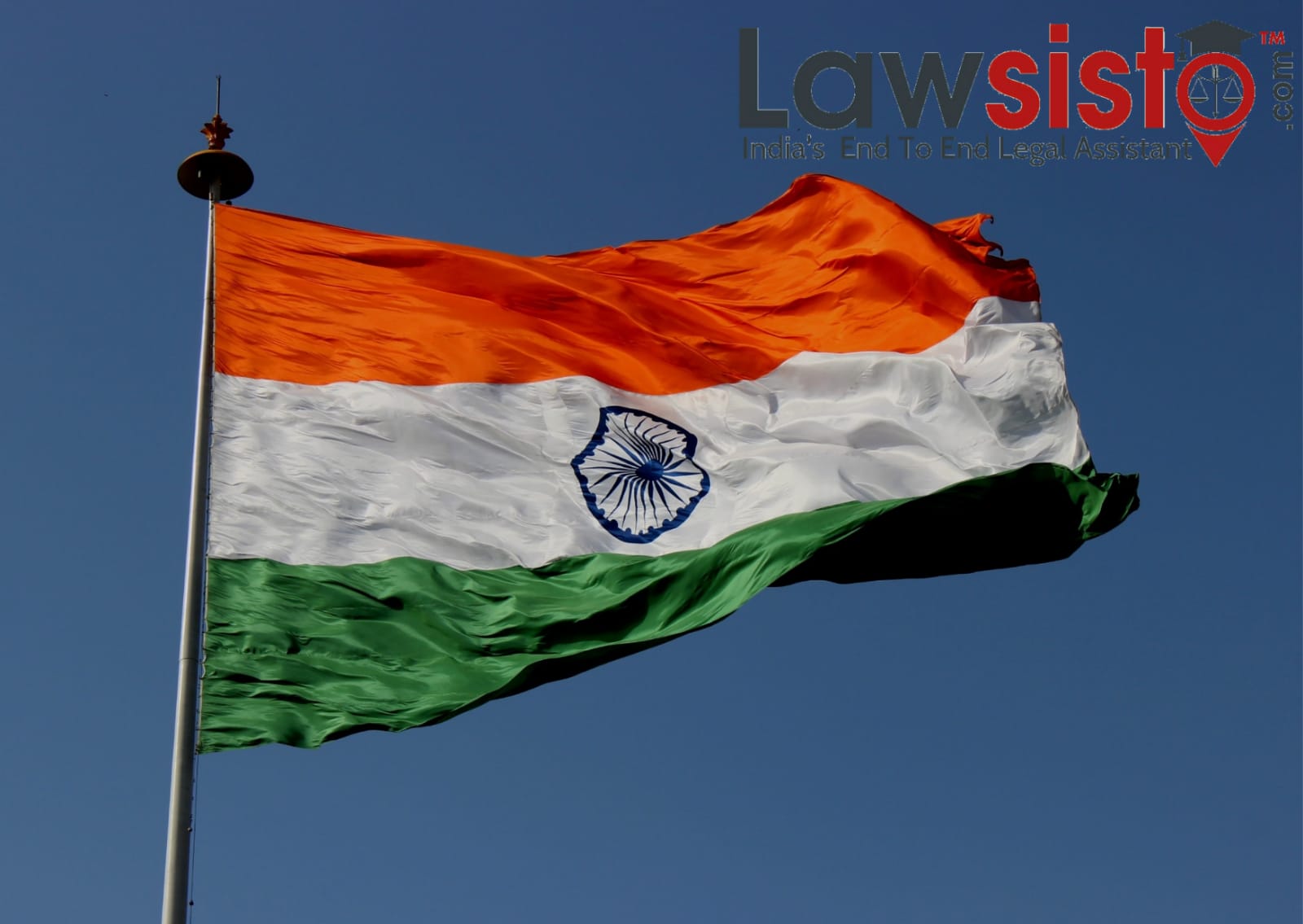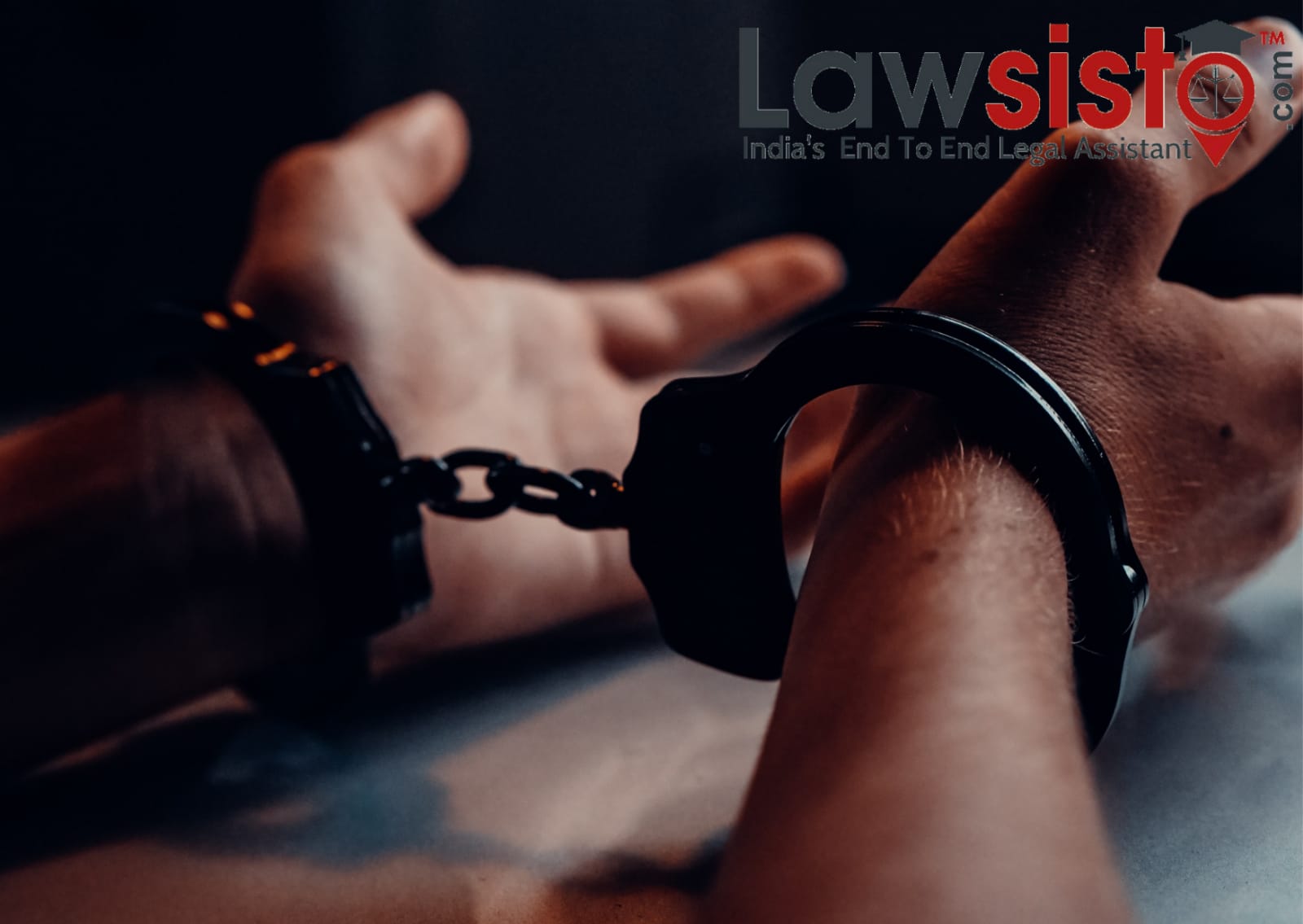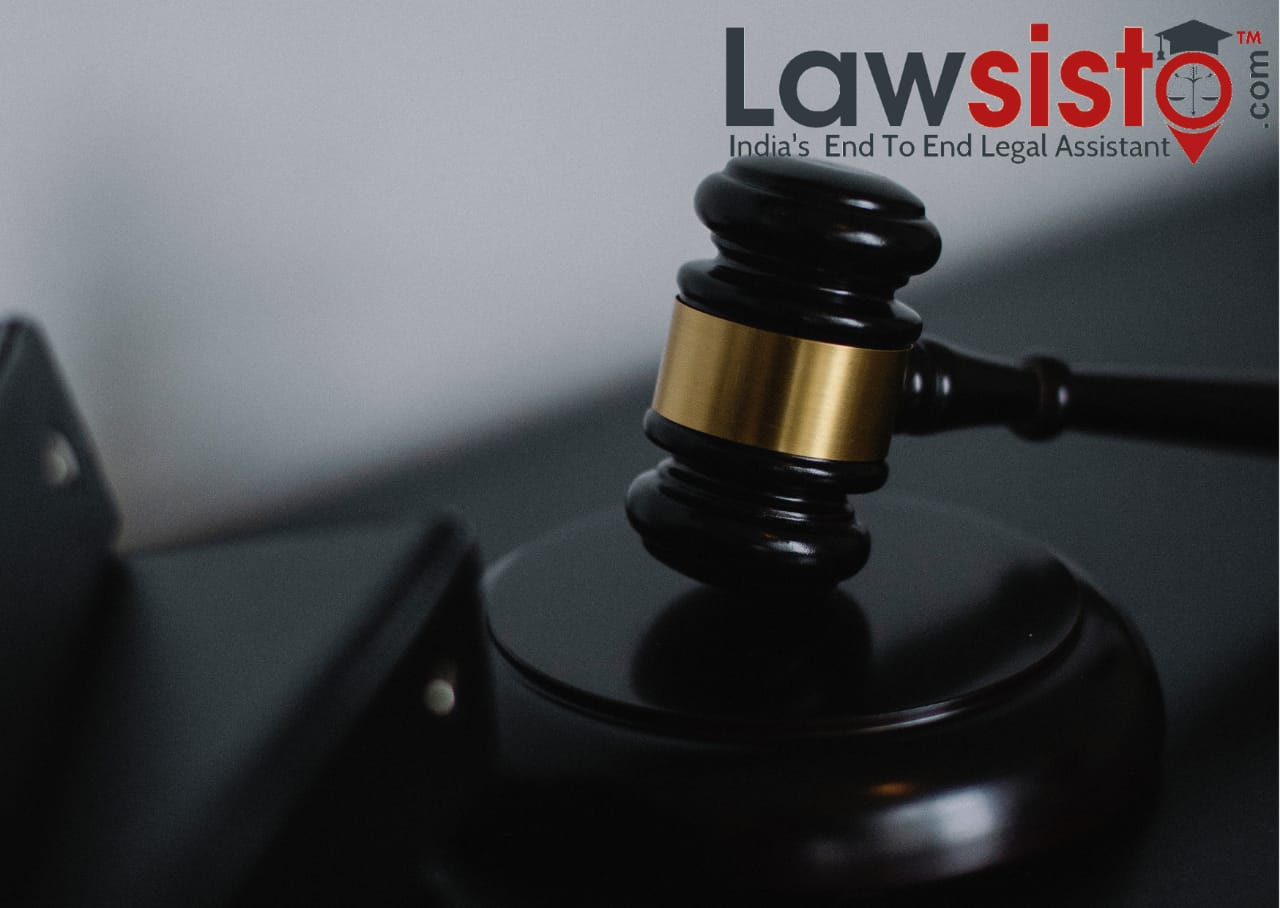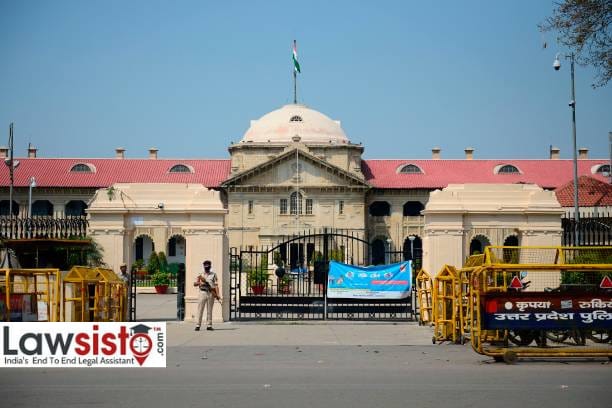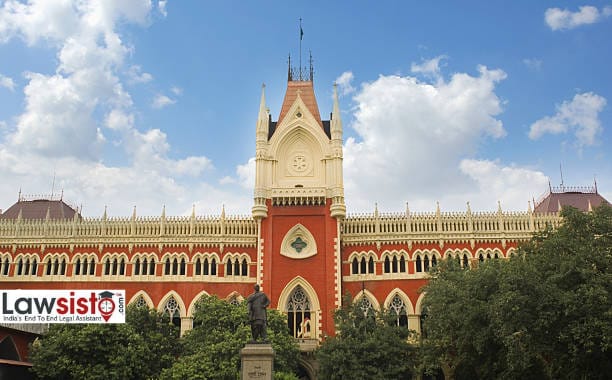Latest News
Indian Young Lawyers Association & Ors. v. State of Kerala: The Sabrimala Judgement a question of Religious Practice vs Fundamental Rights
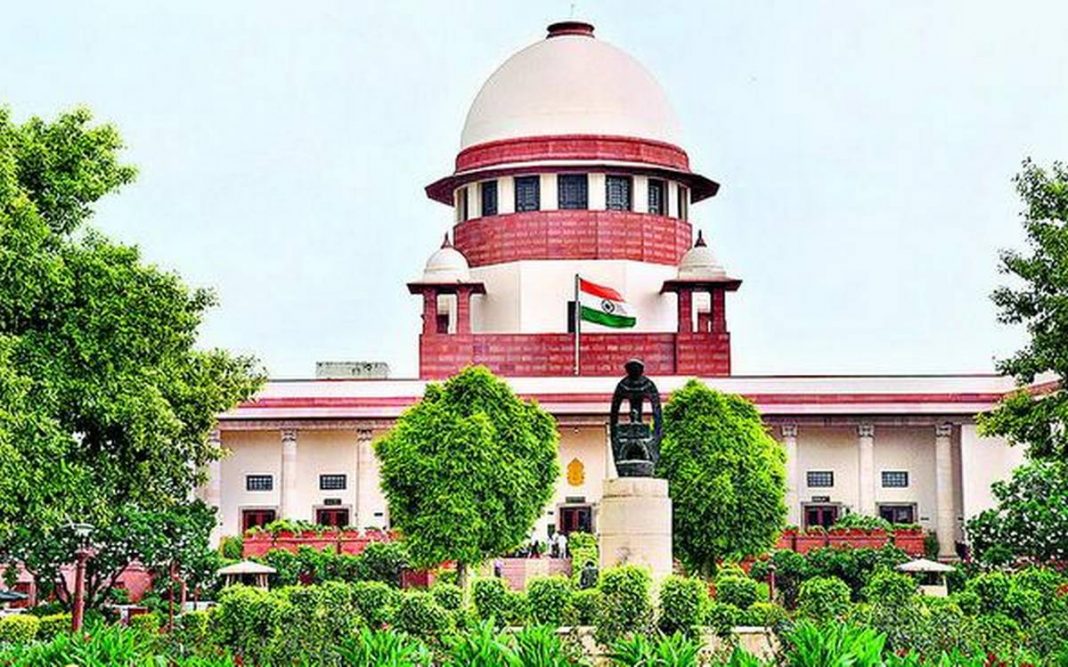
Facts:
As per a notification by the Devaswom Board that manages the temple, women belonging to the menstruating age particularly the age between 10 to 50 years were not permitted to go inside the temple. The Sabarimala temple which is managed and controlled by the Travancore Devaswom Board through its notification sustained the centuries-old restriction which bars the entry of menstruating women in the temple. The notification was challenged primarily in the High Court of Kerala where the Division Bench upheld the notification and sustained the centuries-old practice.
A famed astrologer in 2006 conducted a temple-centric assignment called ‘Devaprasnam’ and proclaimed of having found signs of a woman’s entry some time back in the bounds of the temple. Soon, a well-known Kannada actress-politician Jayamala claimed publicly that she had entered the environs of Sabarimala in 1987 which became a huge outrage for the localities. To this, she claimed to have touched the deity inside the sanctum sanctorum which led the Kerala government to probe the matter, but the same was dropped.
Kerala’s LDF government filed an affidavit supporting a PIL filed by women lawyers questioning the ban on the entry of women in Sabarimala in 2008 and in 2016 ‘The India Young Lawyers Association’ filed a PIL with the Supreme Court, Indian Young Lawyers Association & Ors. v. State of Kerala (2018) SC 1690 contending that Rule 3(b) of the Kerala Hindu Places of Public Worship (Authorisation of Entry) Rules 1965 that states “Women who are not by custom and usage allowed to enter a place of public worship shall not be entitled to enter or offer worship in any place of public worship” and alleged that the rule violates constitutional guarantees of equality, non-discrimination and religious freedom; and was supported by Kerala’s Left Front government which also favoured the entry of women of all age groups. The five-judge bench was constituted comprising of Chief Justice Dipak Misra, Justice A.M. Khanwilkar, Justice R.F. Nariman, Justice D.Y. Chandrachud and Justice Indu Malhotra and framed the following issues.
The case majorly deals with the constitutionality of the said social norm concerning Articles 14, 15(3) and 25 of the Indian Constitution. The other issue that arises from the matter is whether such social practice lies in the ambit of the ‘essential religious practise’ in light of Article 25 of the Constitution of India. The other major issue was whether the ‘Ayyappans’ could be constituted as a different religious denomination or not.
Analysis:
The judgement was passed by a ratio of 4:1 where the Hon’ble Chief Justice and his companion judges in different words unequivocally sustained and upheld that even in matters of religious faith, governments, religious and other institutions and the people of India are bound by the constitution of the country ad are to abide by the fundamental rights entailed within it. The court while deciding on the issue that whether the practice constitutes an ‘essential religious practice’ delved upon the case of Commissioner of Police and others v. Acharya Jagadishwarananda Avadhuta (2004) 12 SCC 770 and others where the true nature of essential practice is discussed and thereby elaborated the practice as the one “upon which a religion is founded. Essential practice means those practices that are fundamental to follow a religious belief. It is upon the cornerstone of essential parts or practices the superstructure of religion is built. Without which, religion will be no religion.” Thus referring to this judgement, the bench distinctly nullified the claim of calling the practice as an essential part of religion by corroborating it with the conclusion that the worship of Lord Ayyappa is done by Hindus and added: “it is an essential part of the Hindu religion to allow Hindu women to enter into a temple as devotees and followers of Hindu religion and offer their prayers to the deity” and there was no contending evidence to the same presented by the respondents.
In my opinion, Justice Malhotra in her dissenting opinion sets a dangerous precedent by stating that courts should not delve into the rationality of religious practices. Though in a judicial system like India, which is somehow based on Hans Kelsen’s theory, where the Constitution plays as the ‘Grundnorm’, and all the other laws and rules need to align with it then we cannot deny the supremacy of Constitution regardless of the fact that customs were one of the primary sources of the legal system.
The court also enunciated that whether ‘Ayyappans’ created a different religious denomination apart from the mainstream religions the court referred to the judgement in S.P. Mittal v. Union of India & Ors. (1983) 1 SCC 51 where the question whether a community formed a different religious denomination was discussed in detail and majority replied it in negative but refrained from coming to any conclusion by referring the matter as one related to facts and the present case being a writ matter.
Document:

